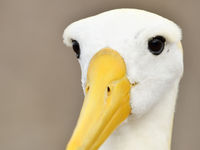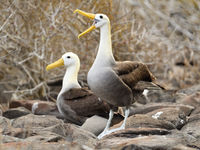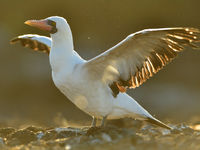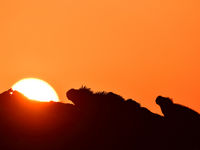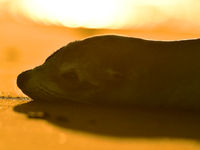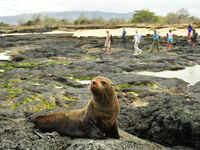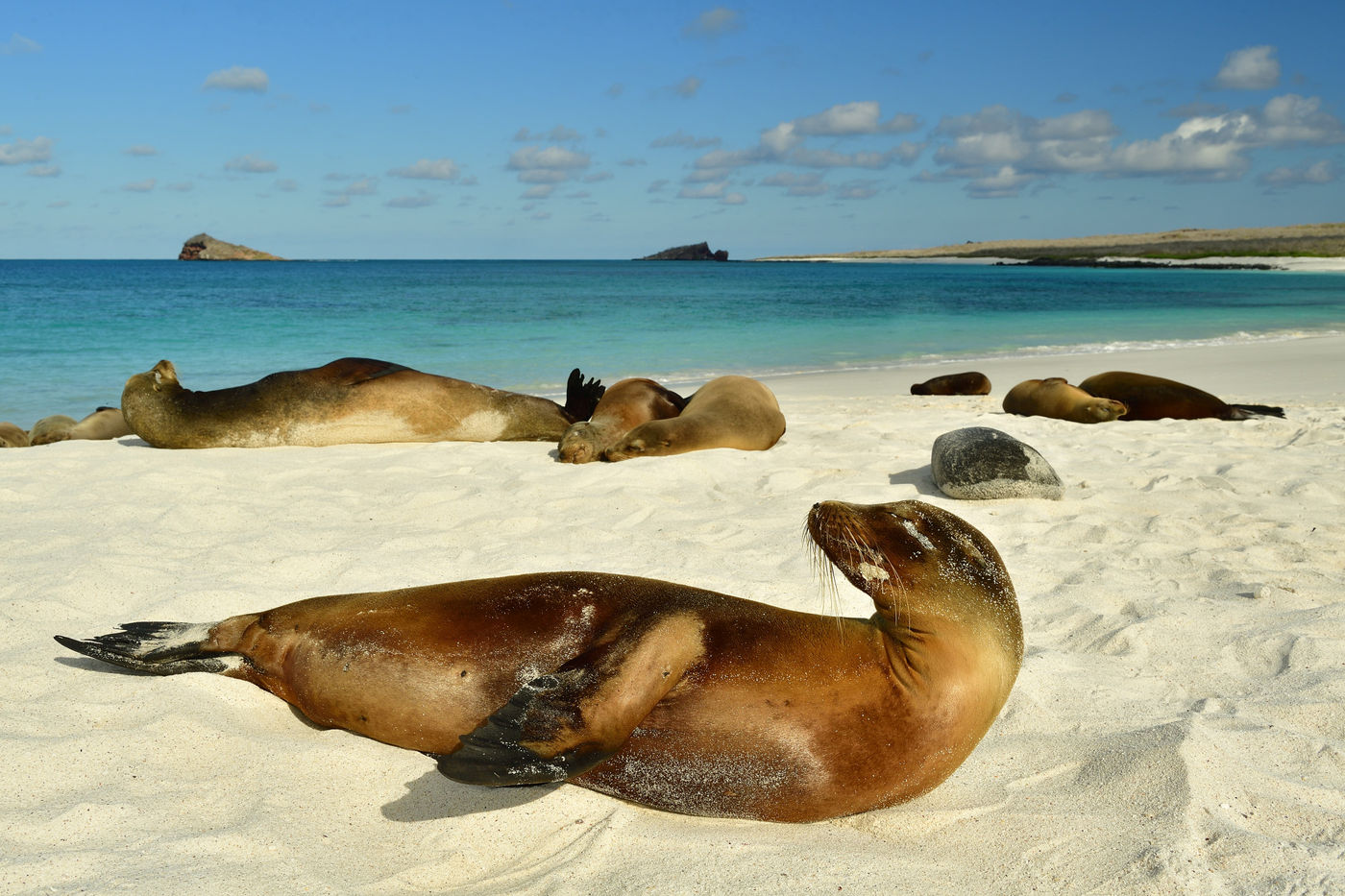
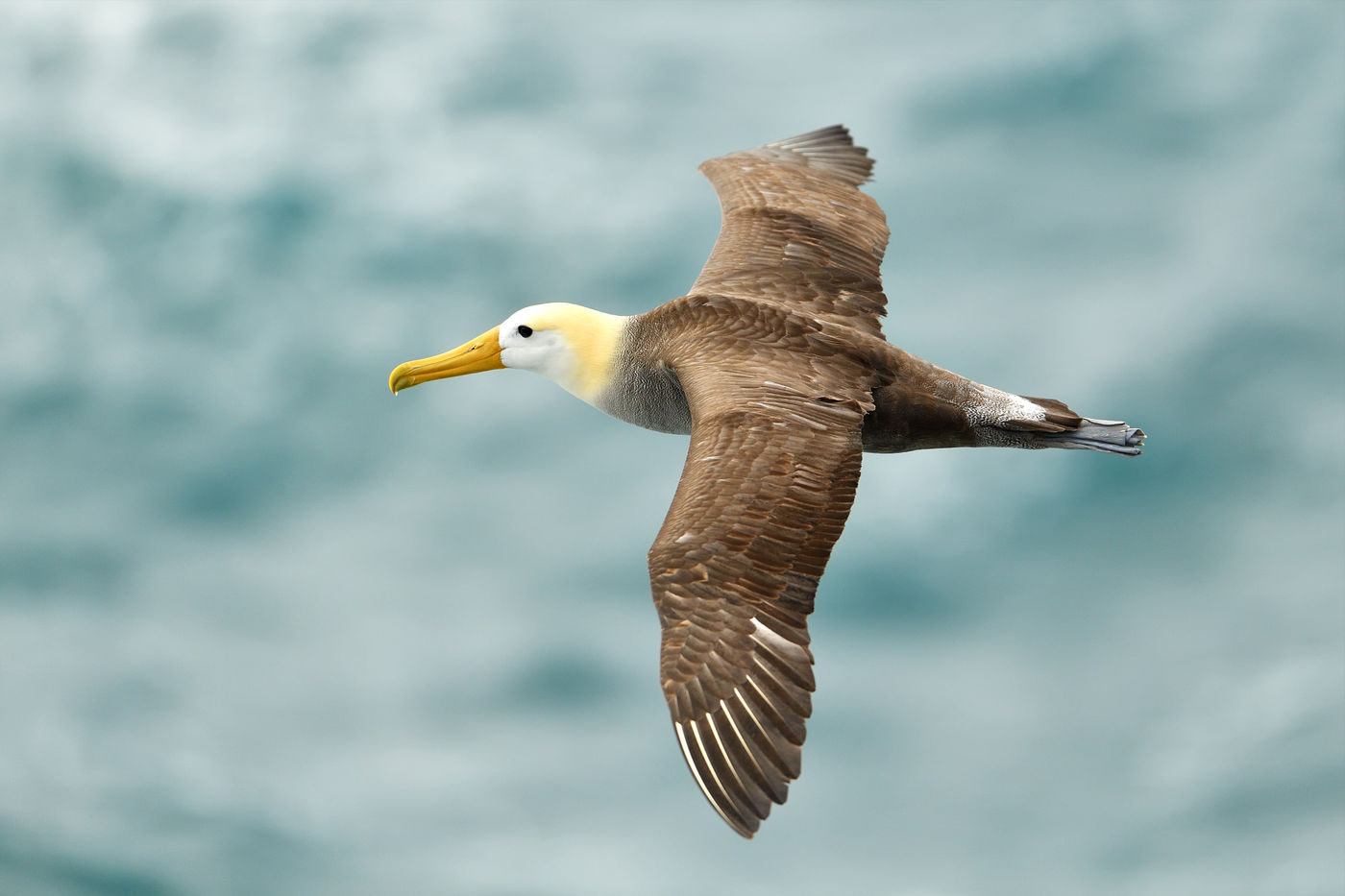

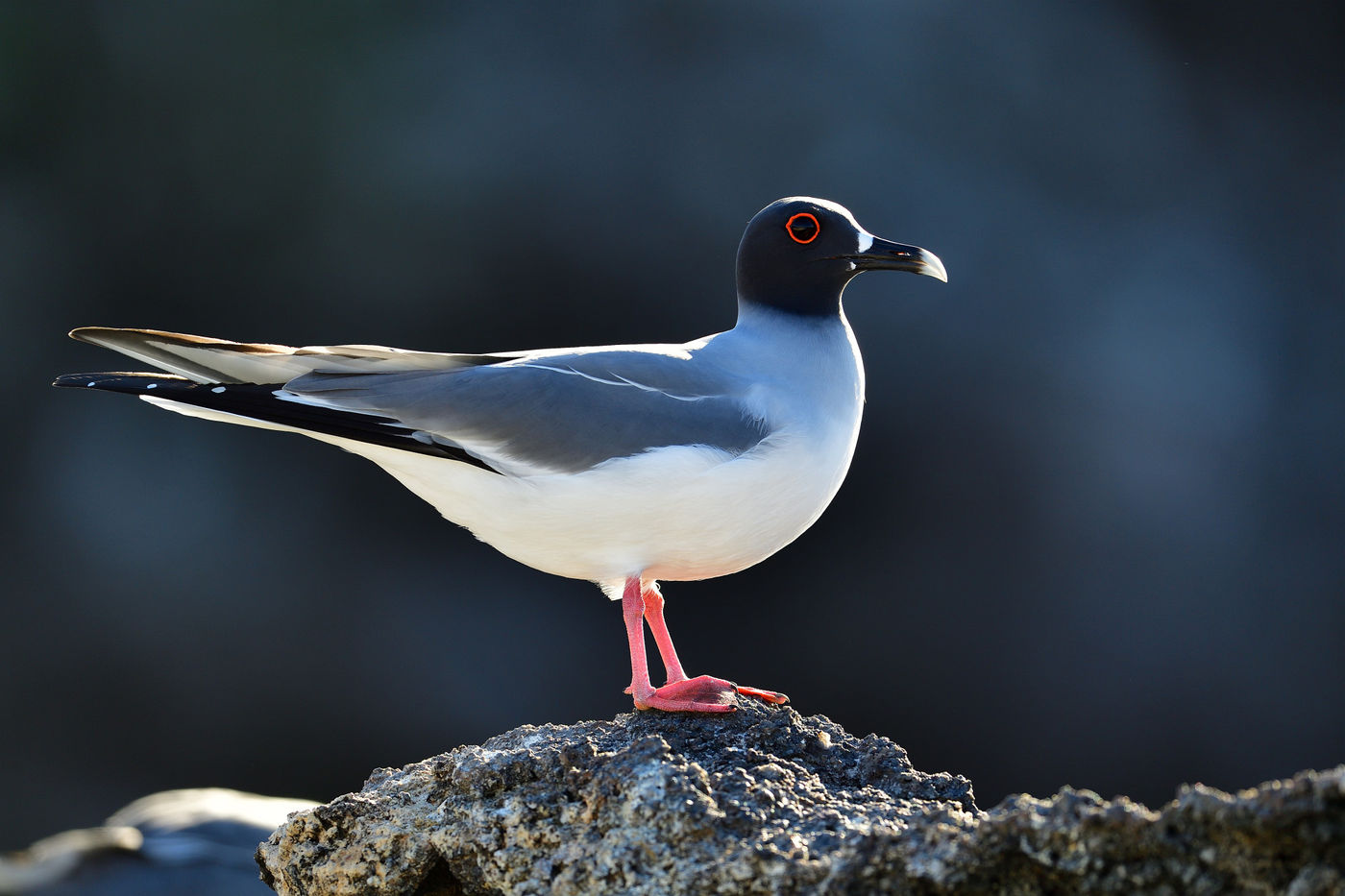

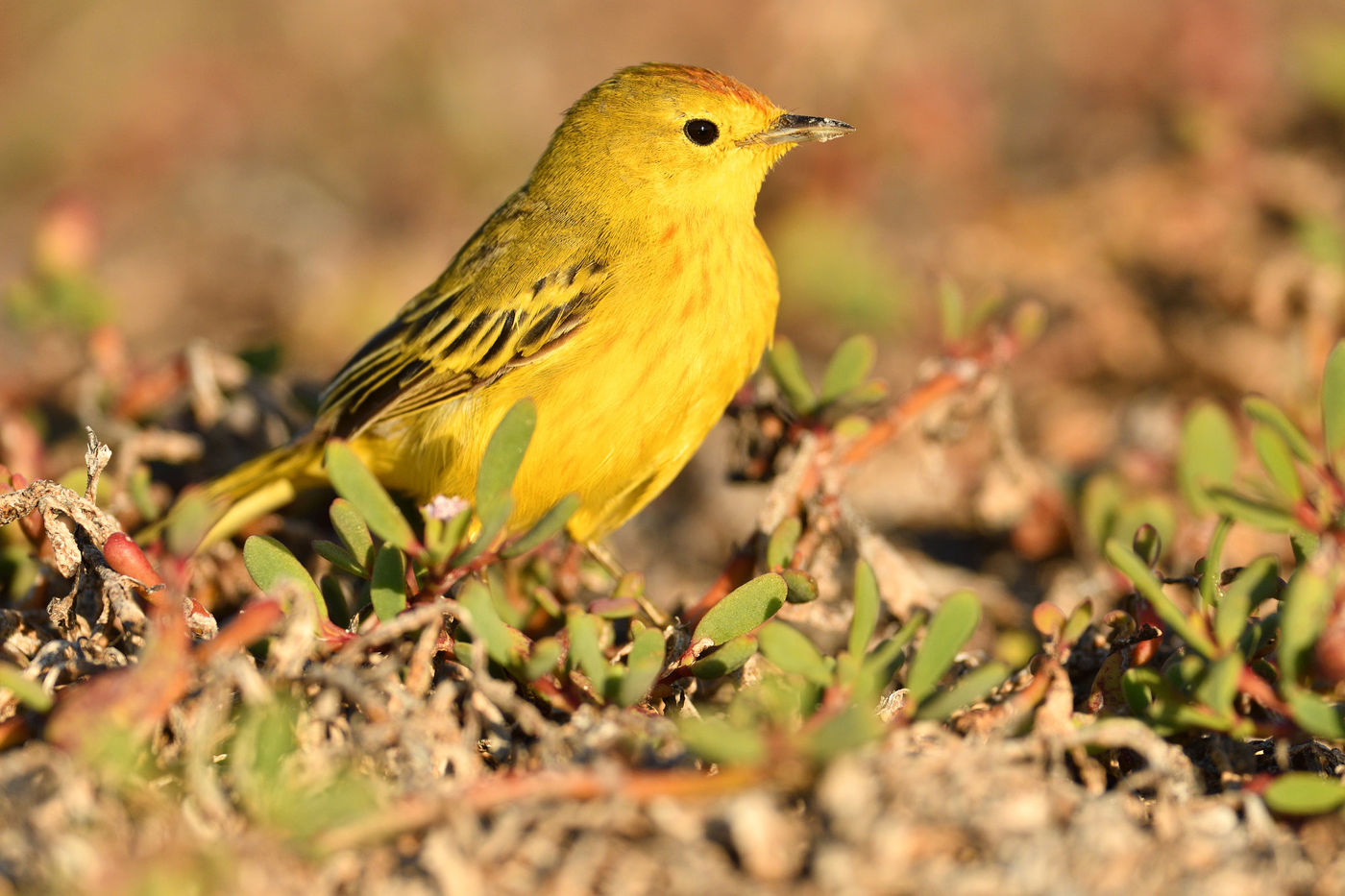

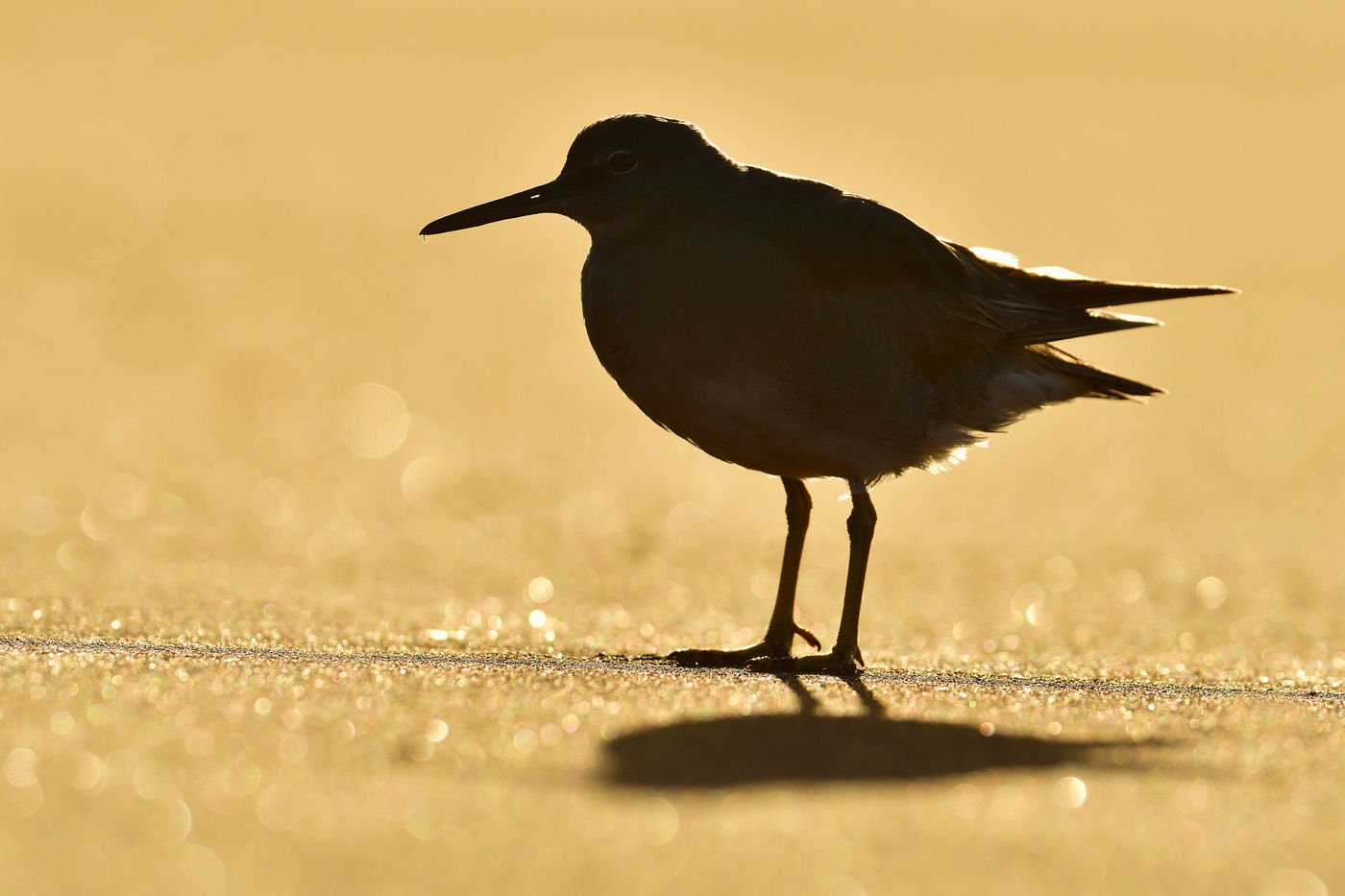

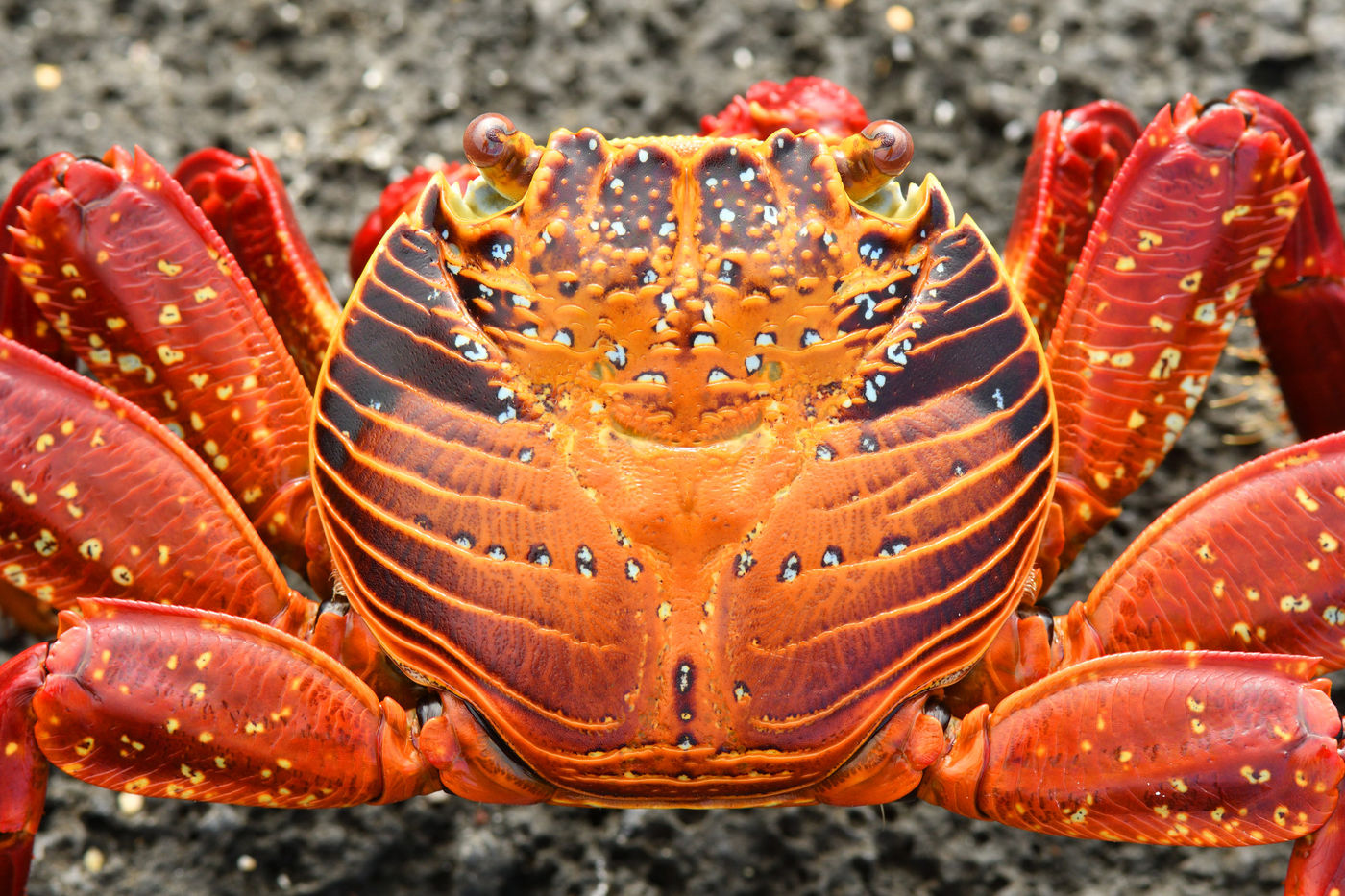
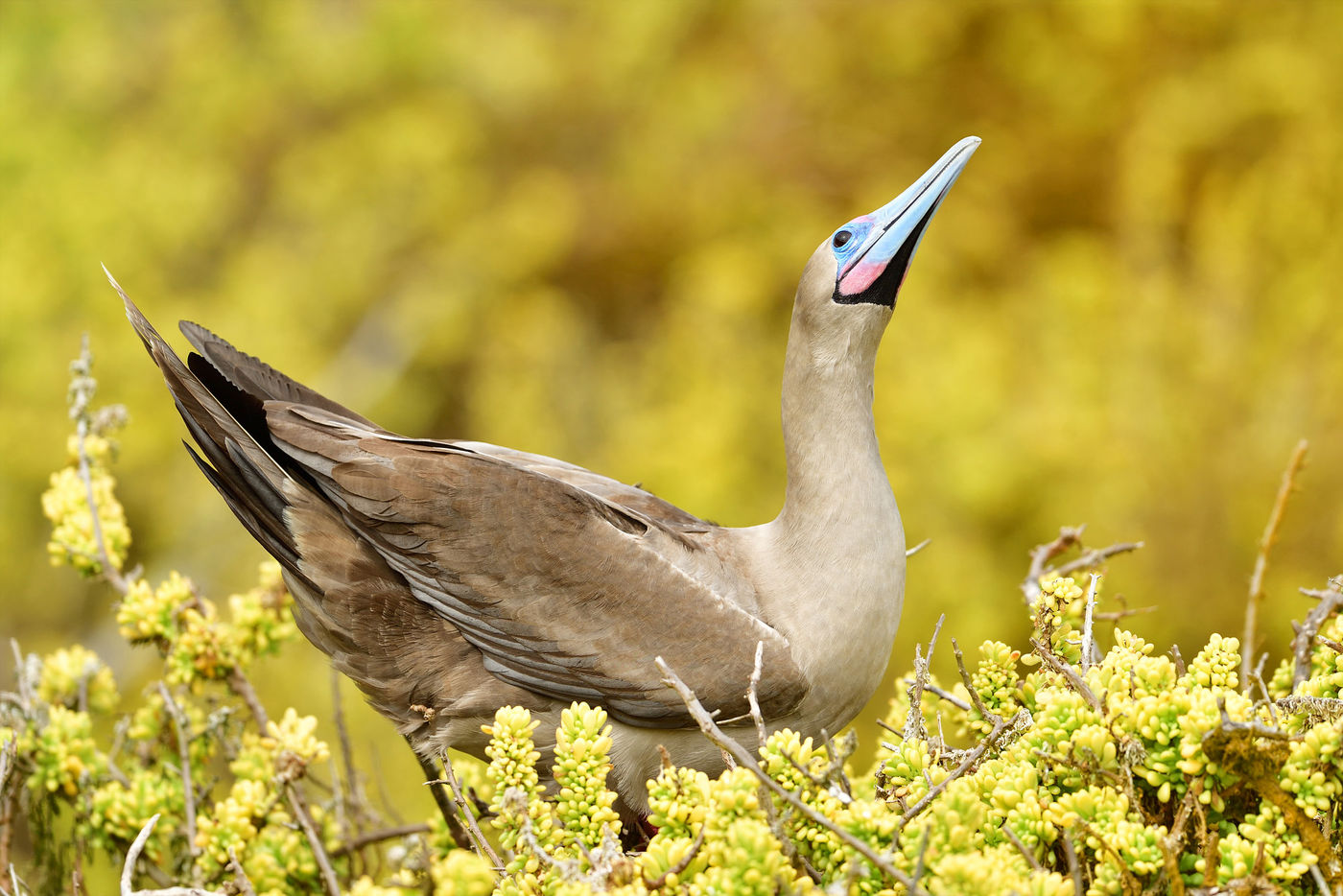

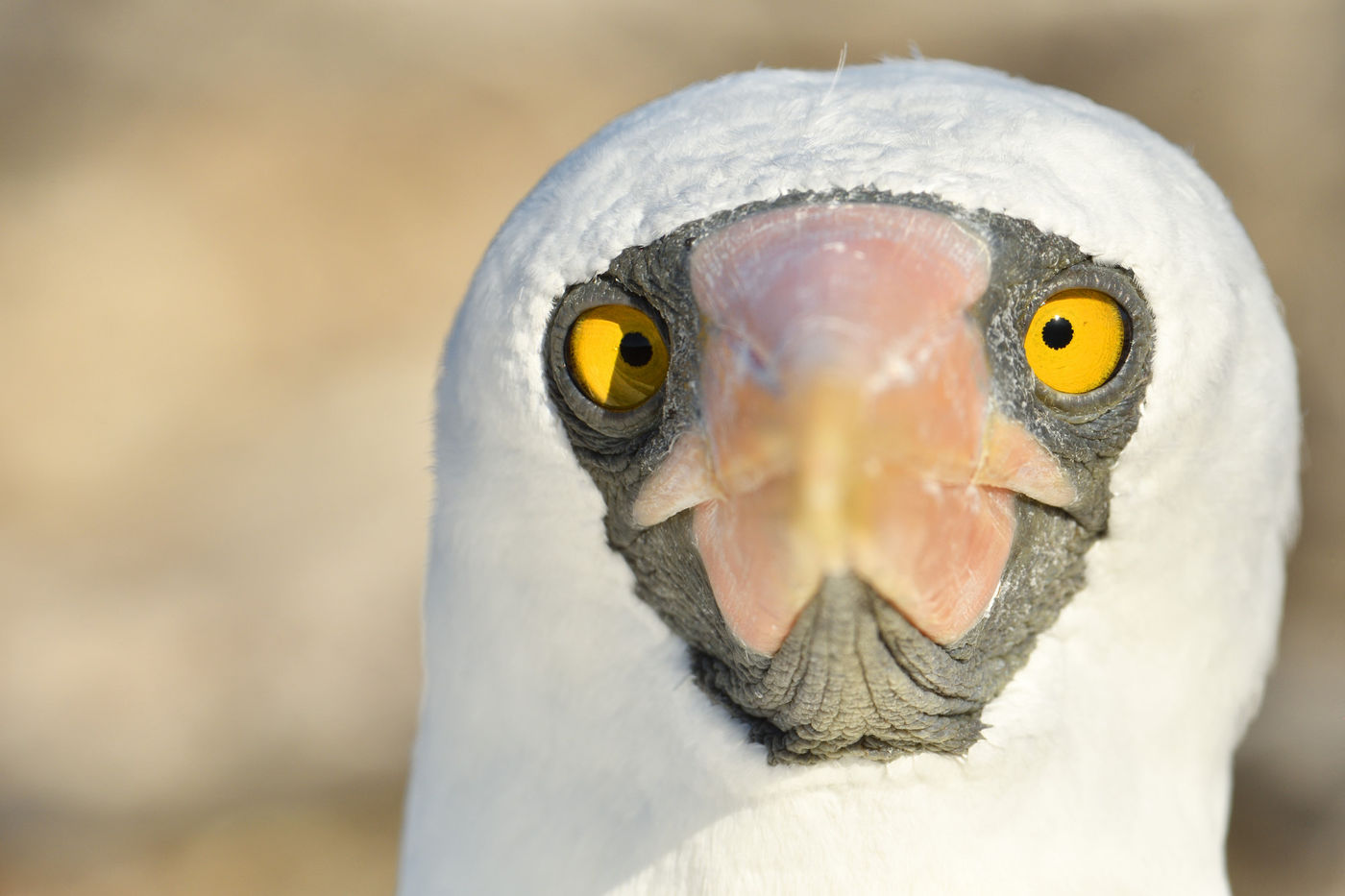
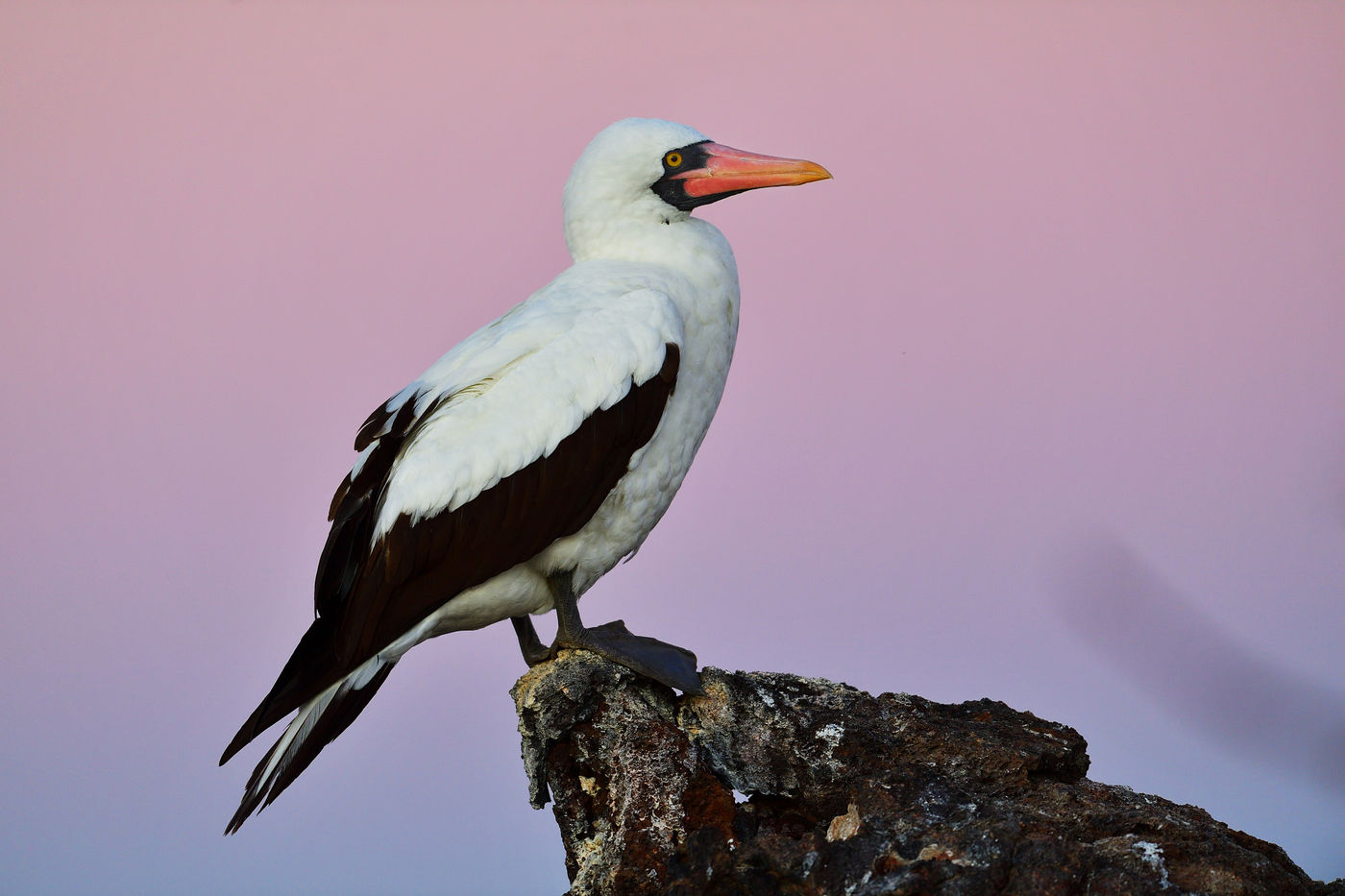
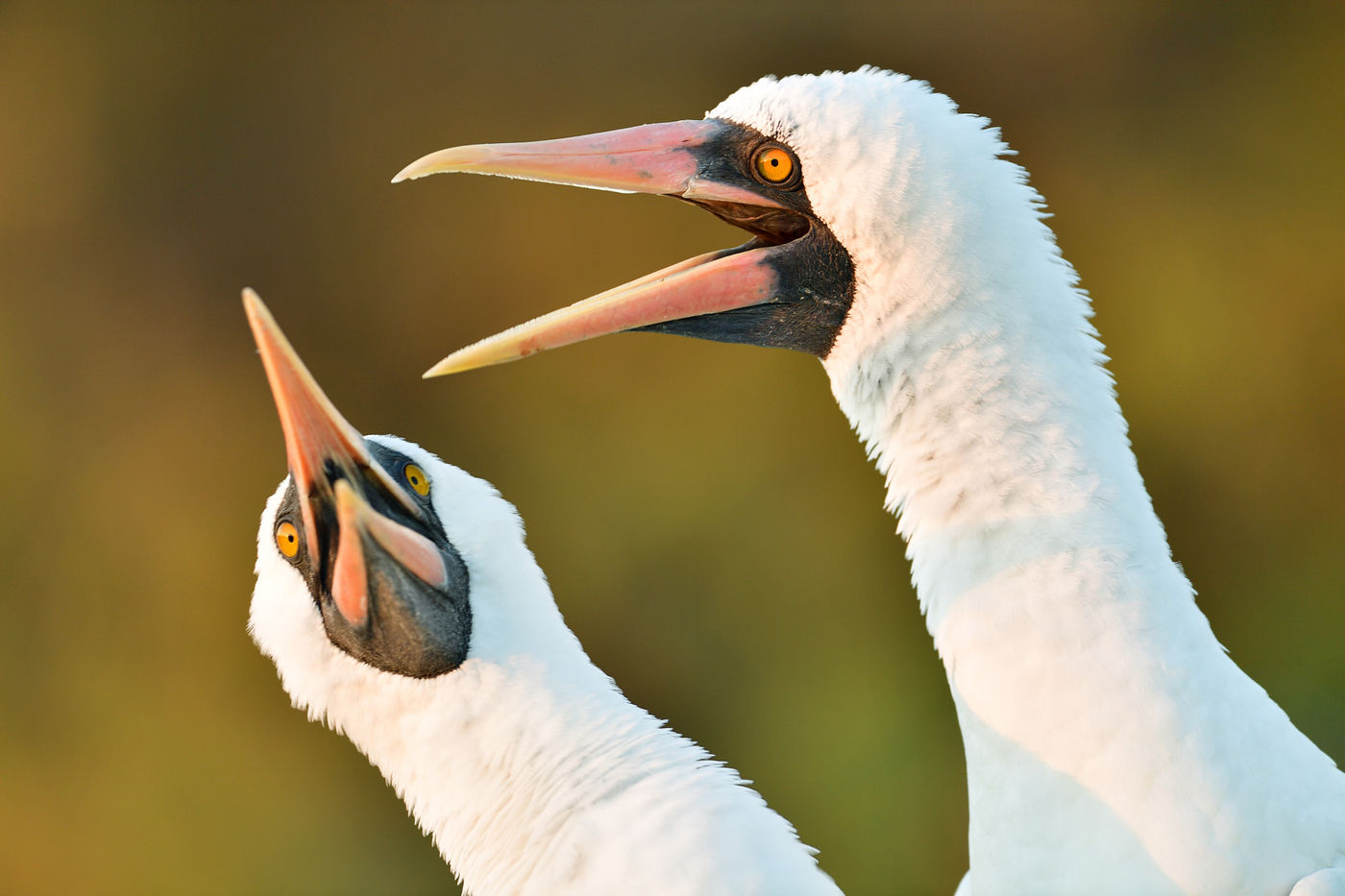

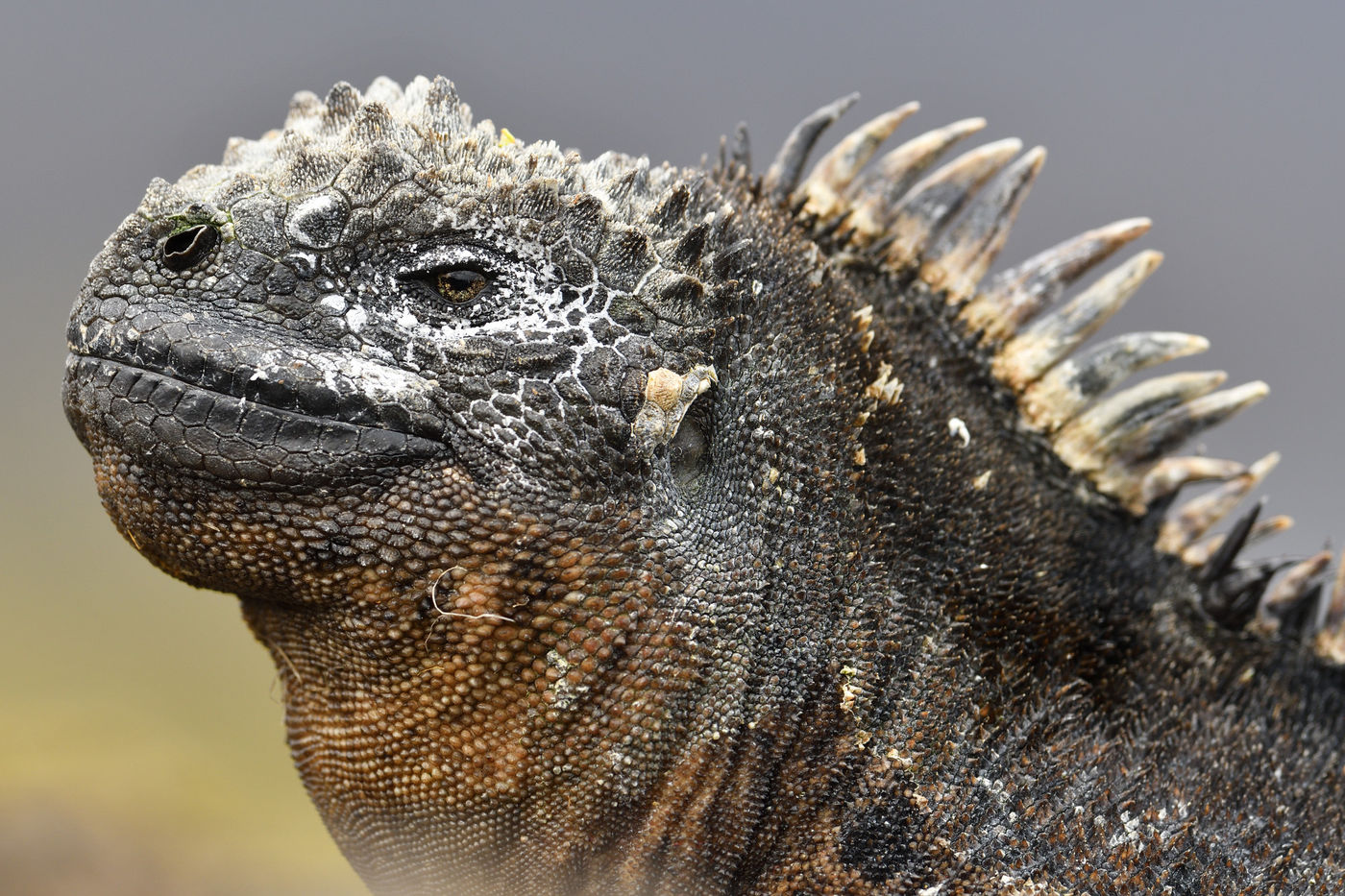
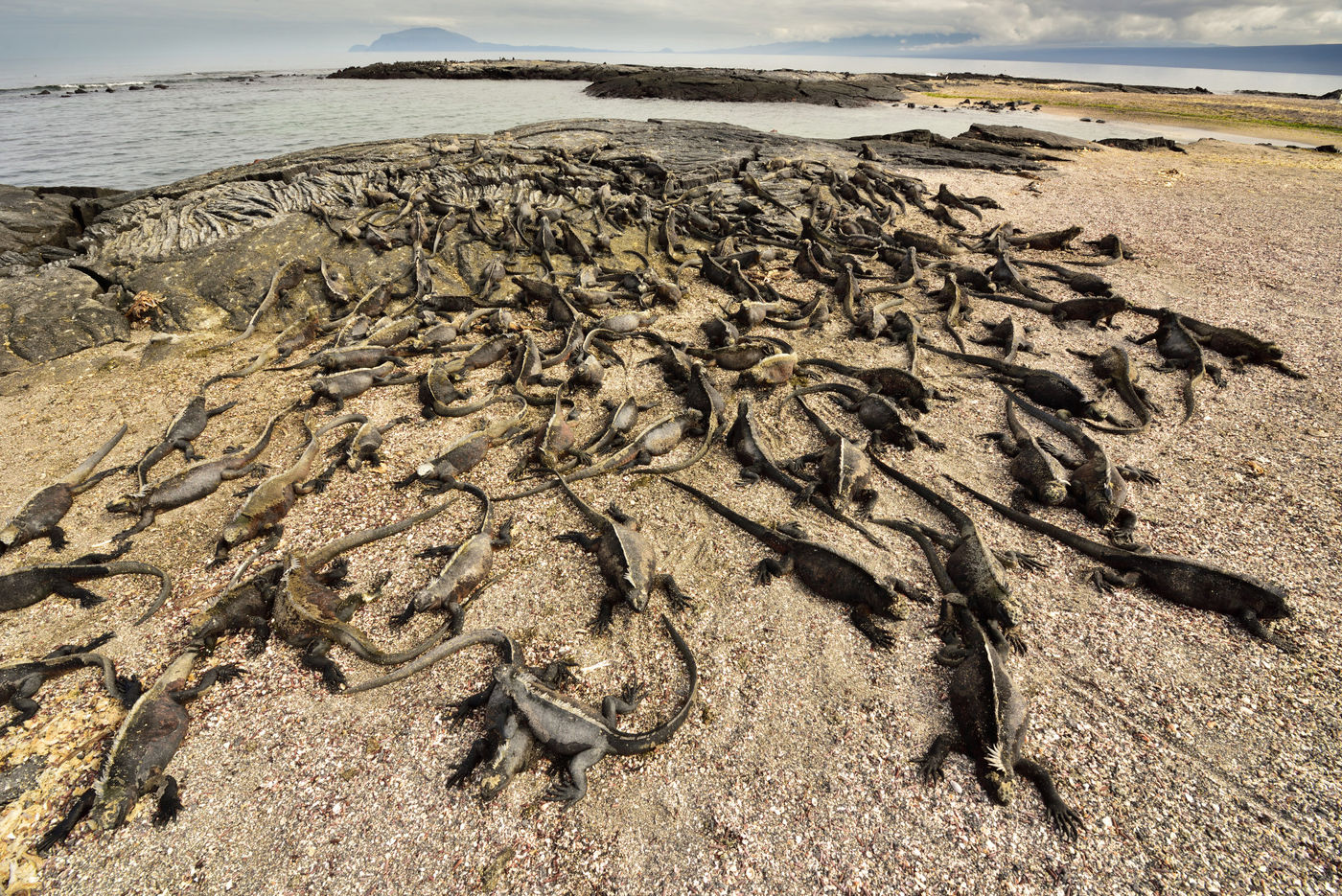
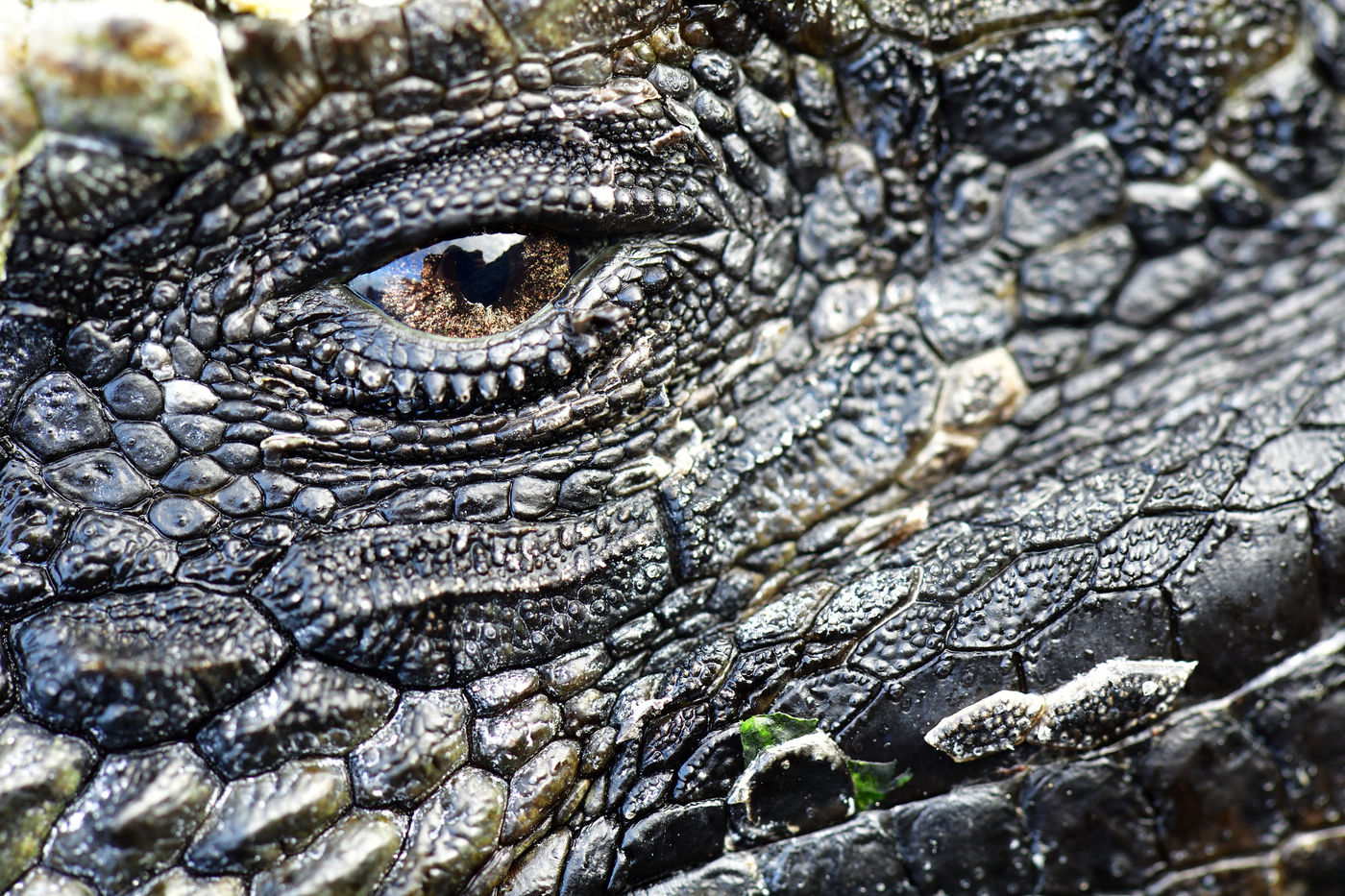

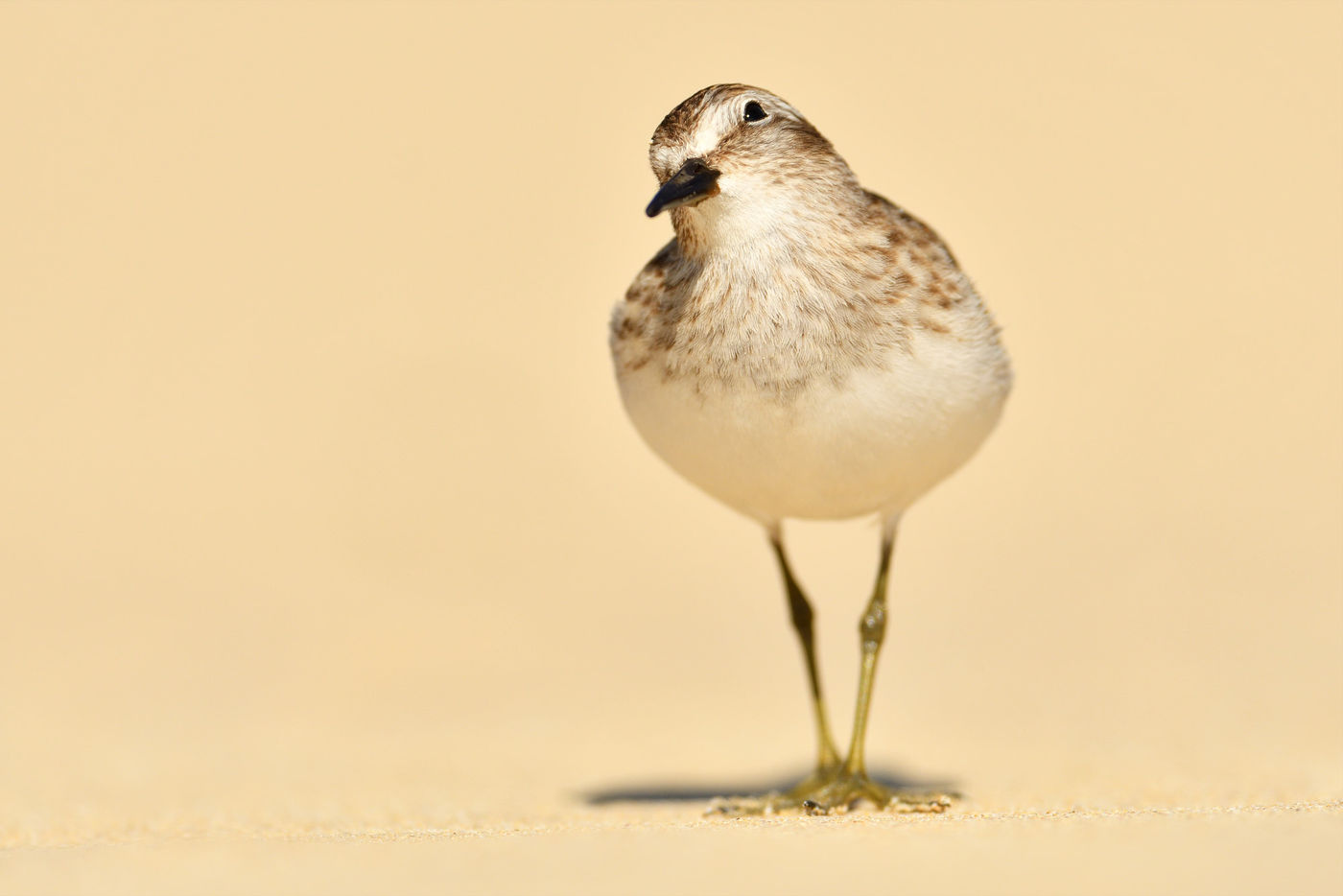
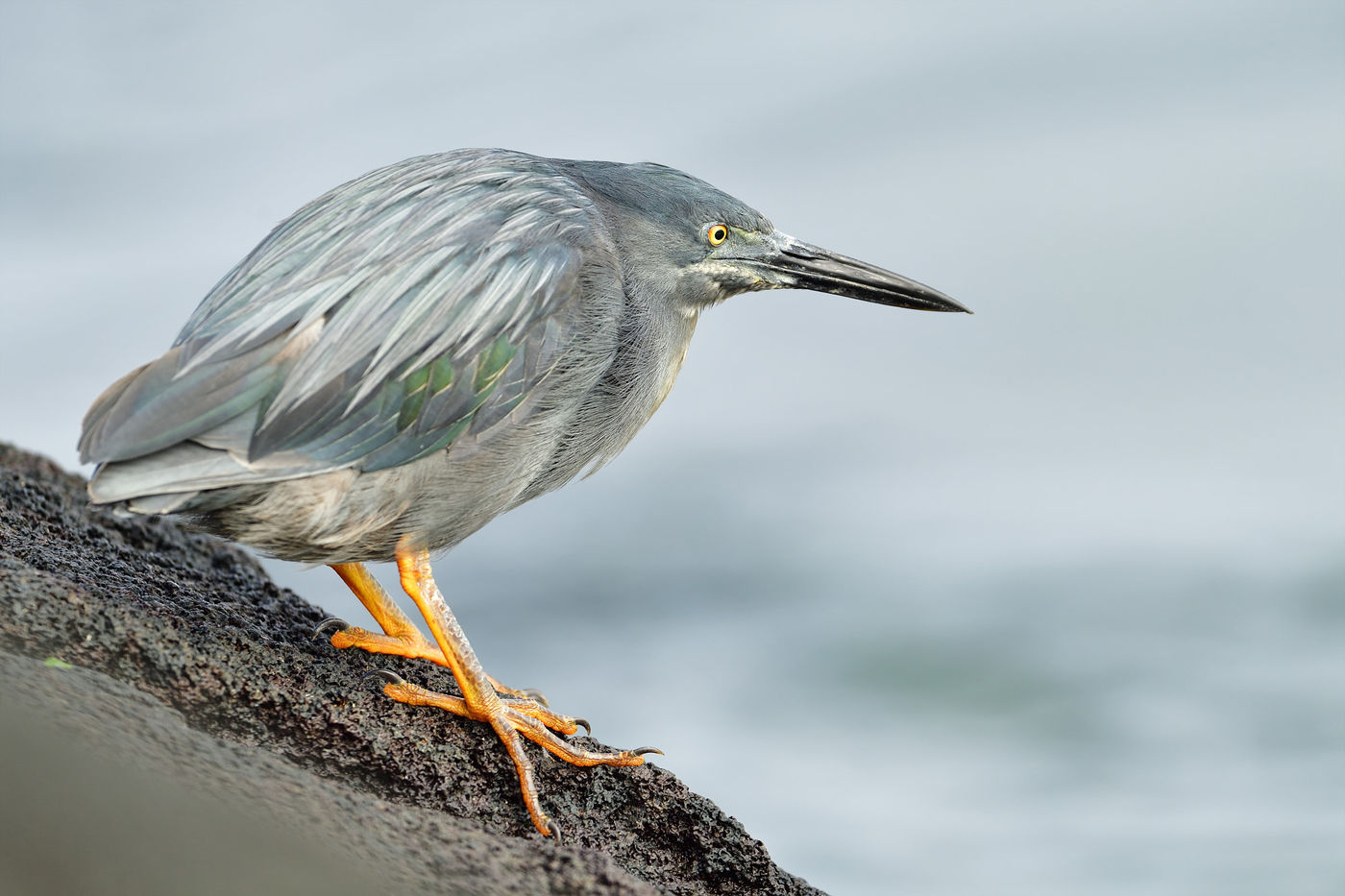
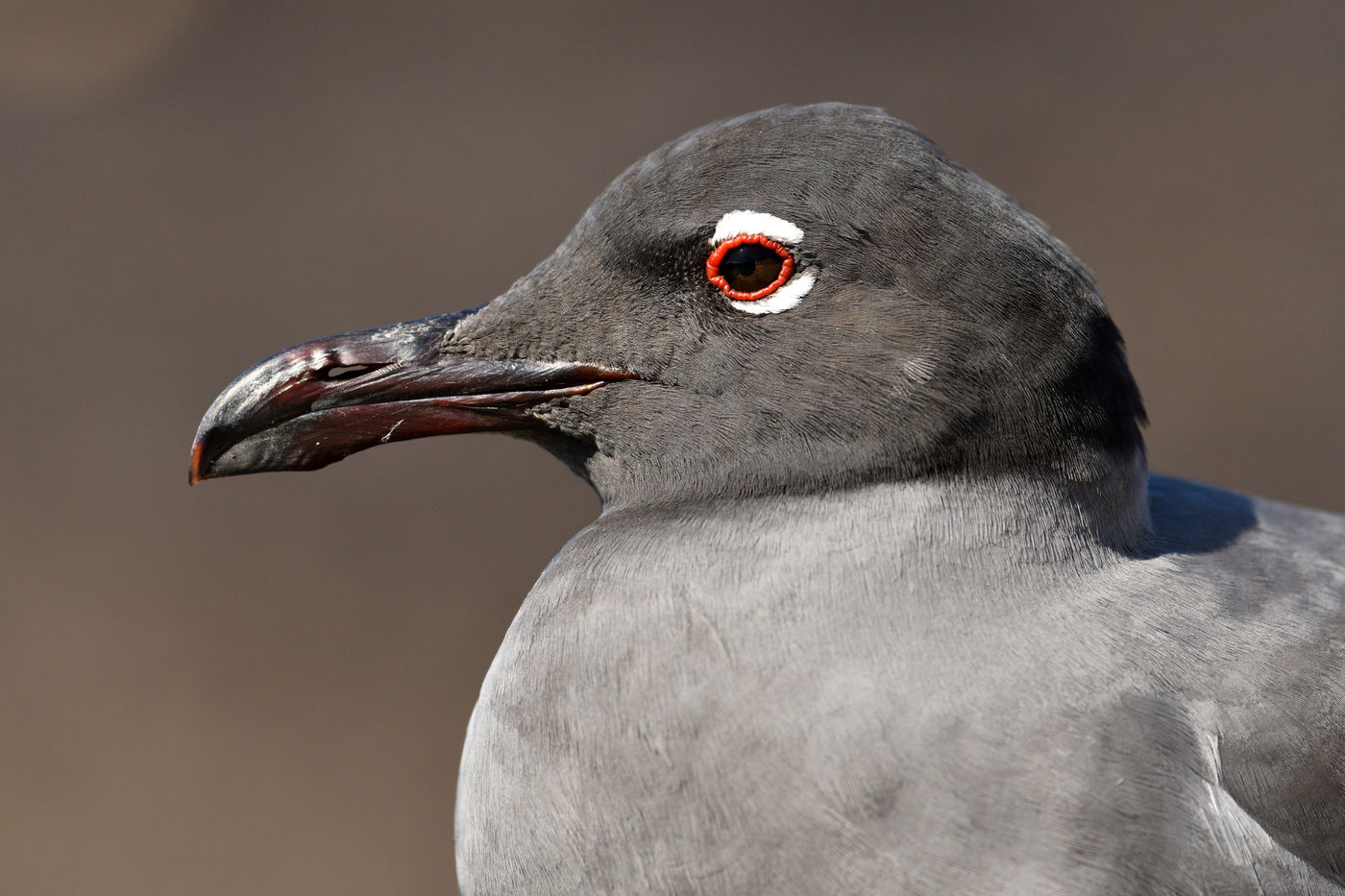
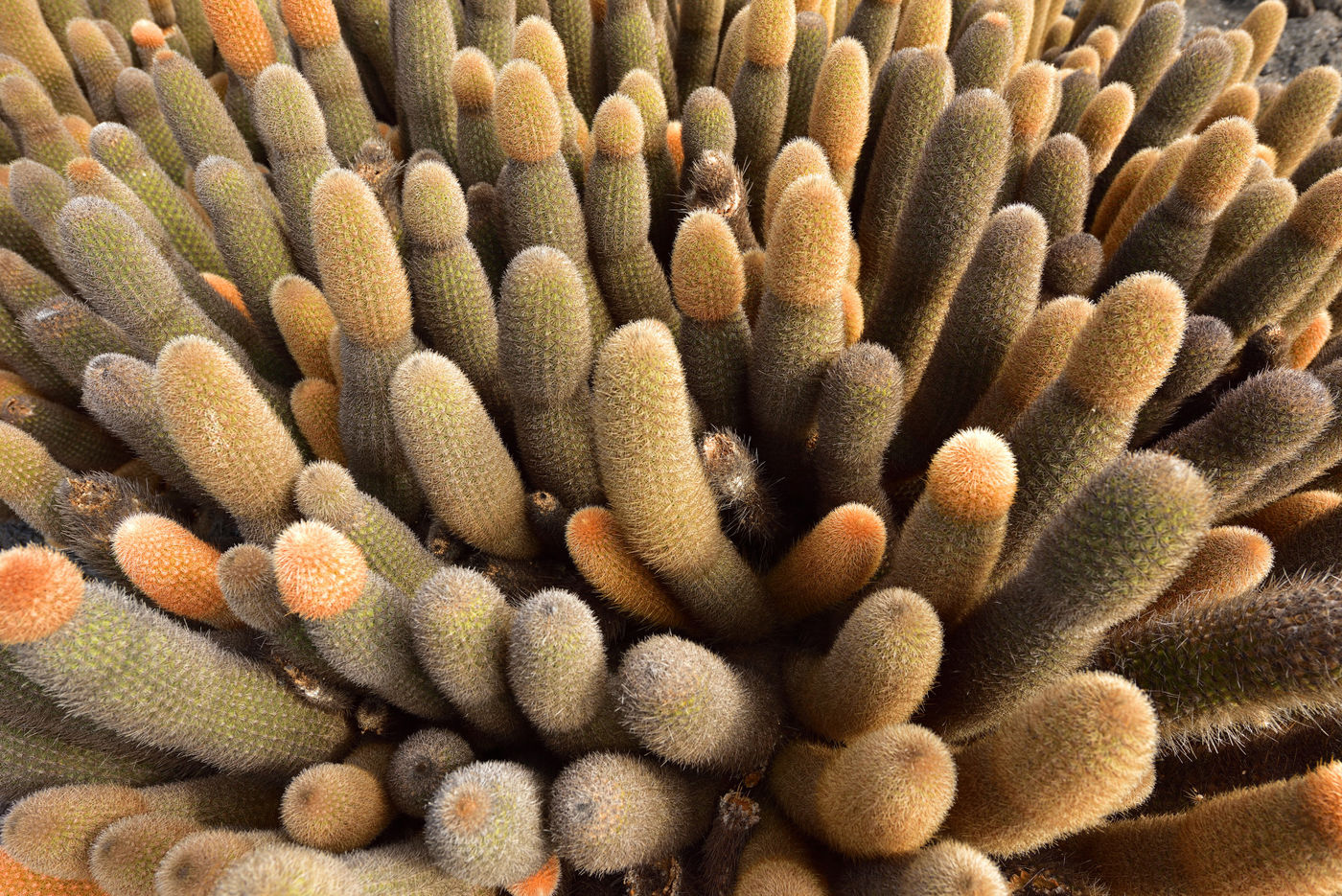
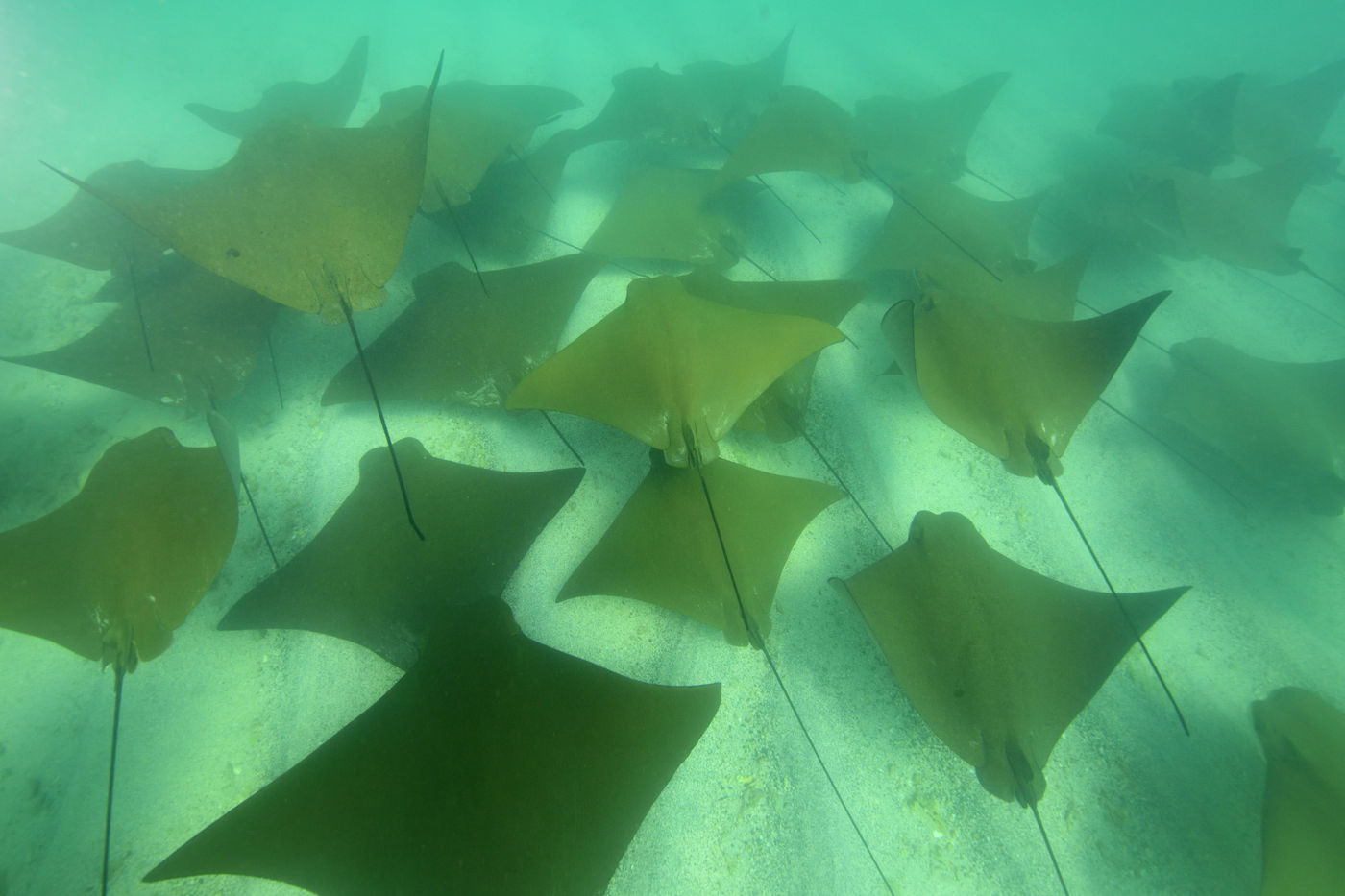
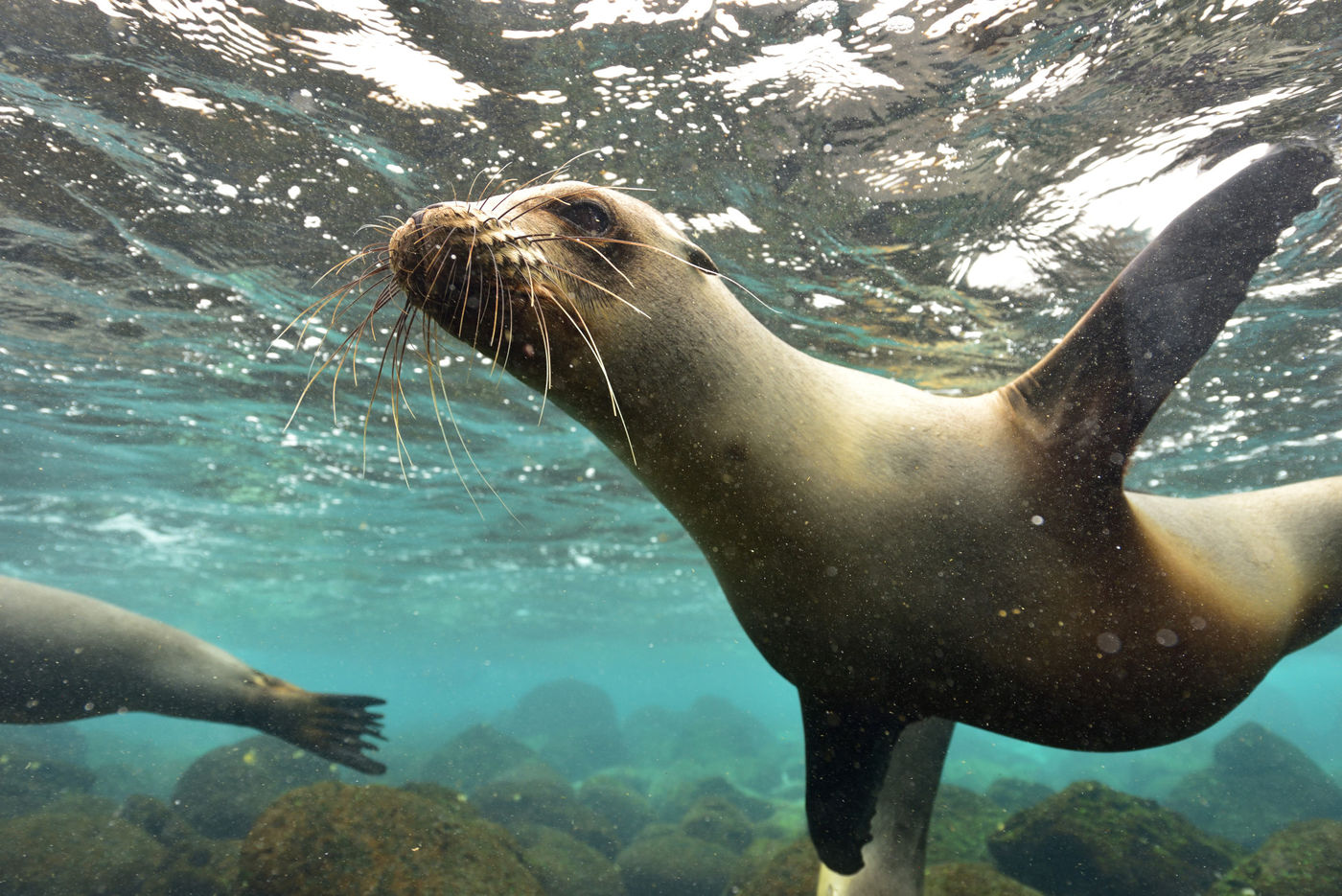
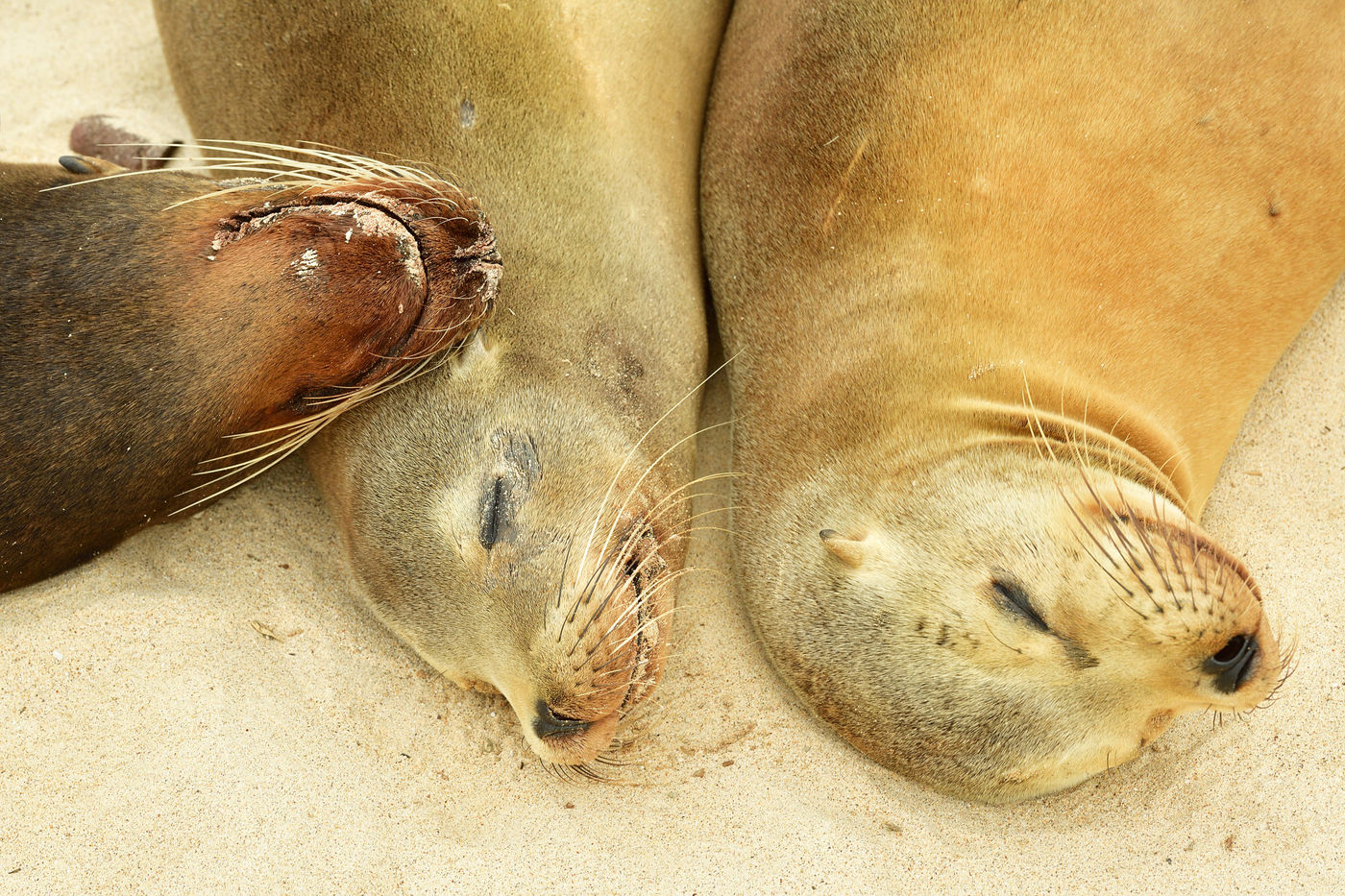
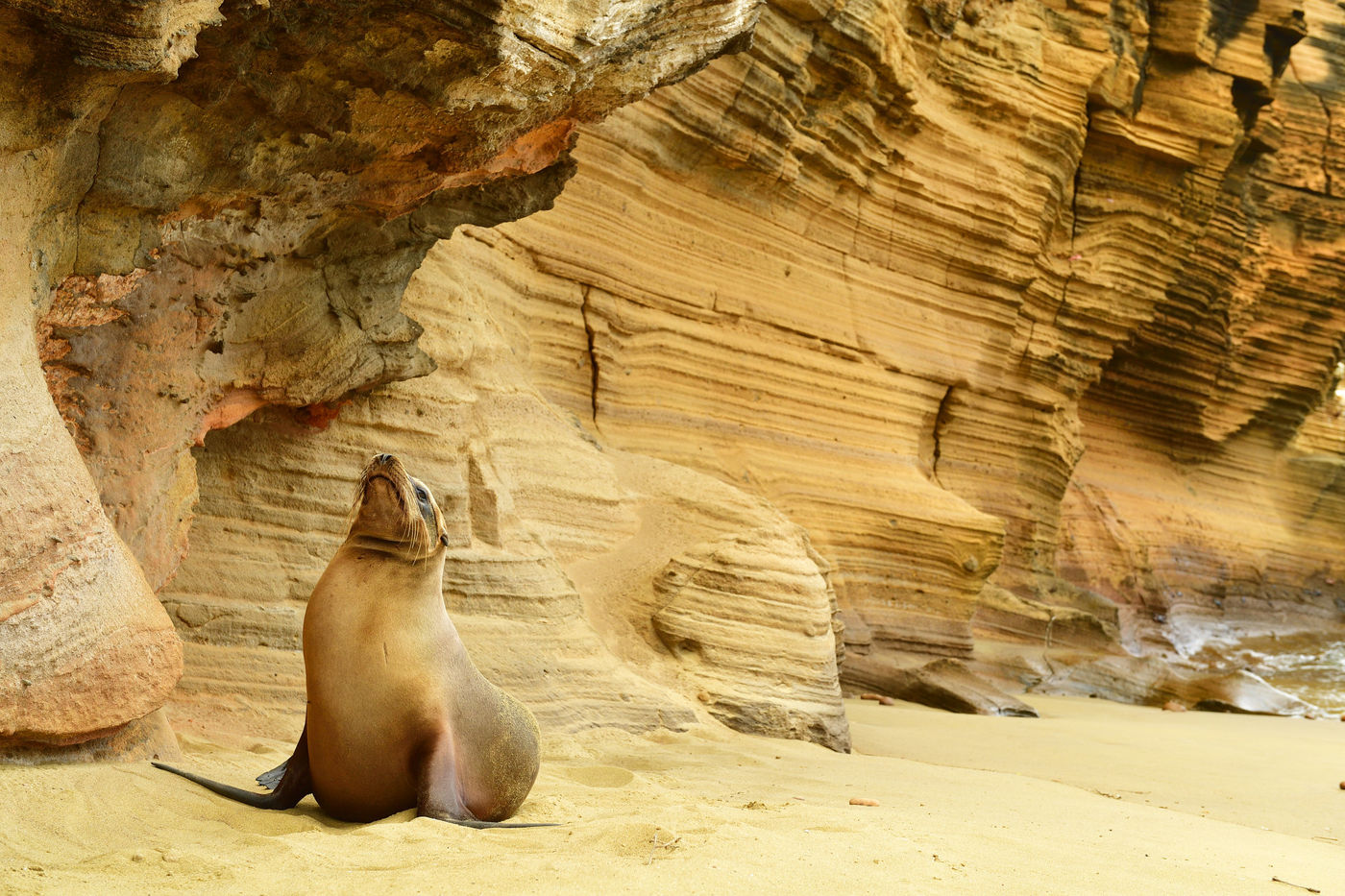

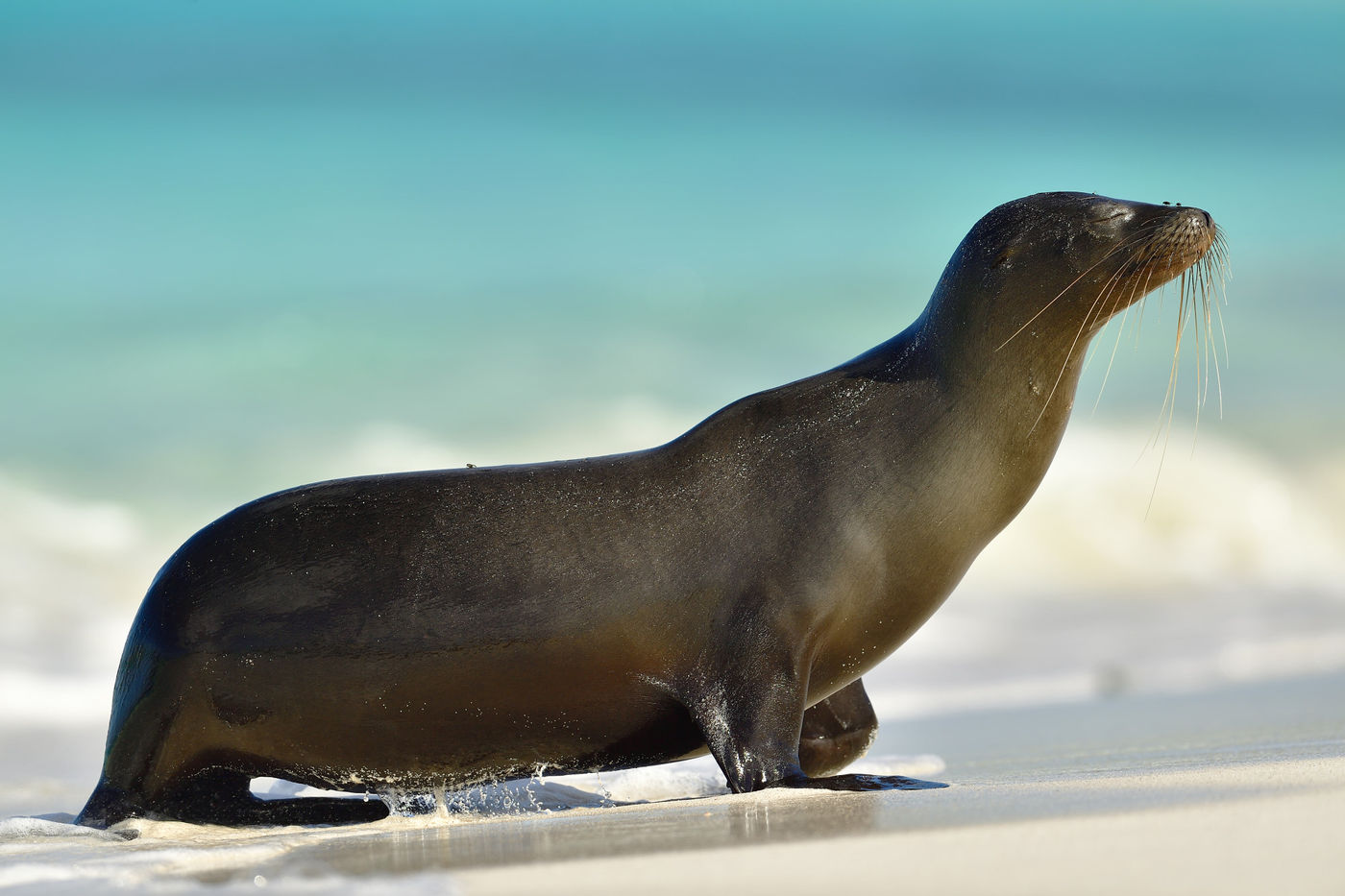
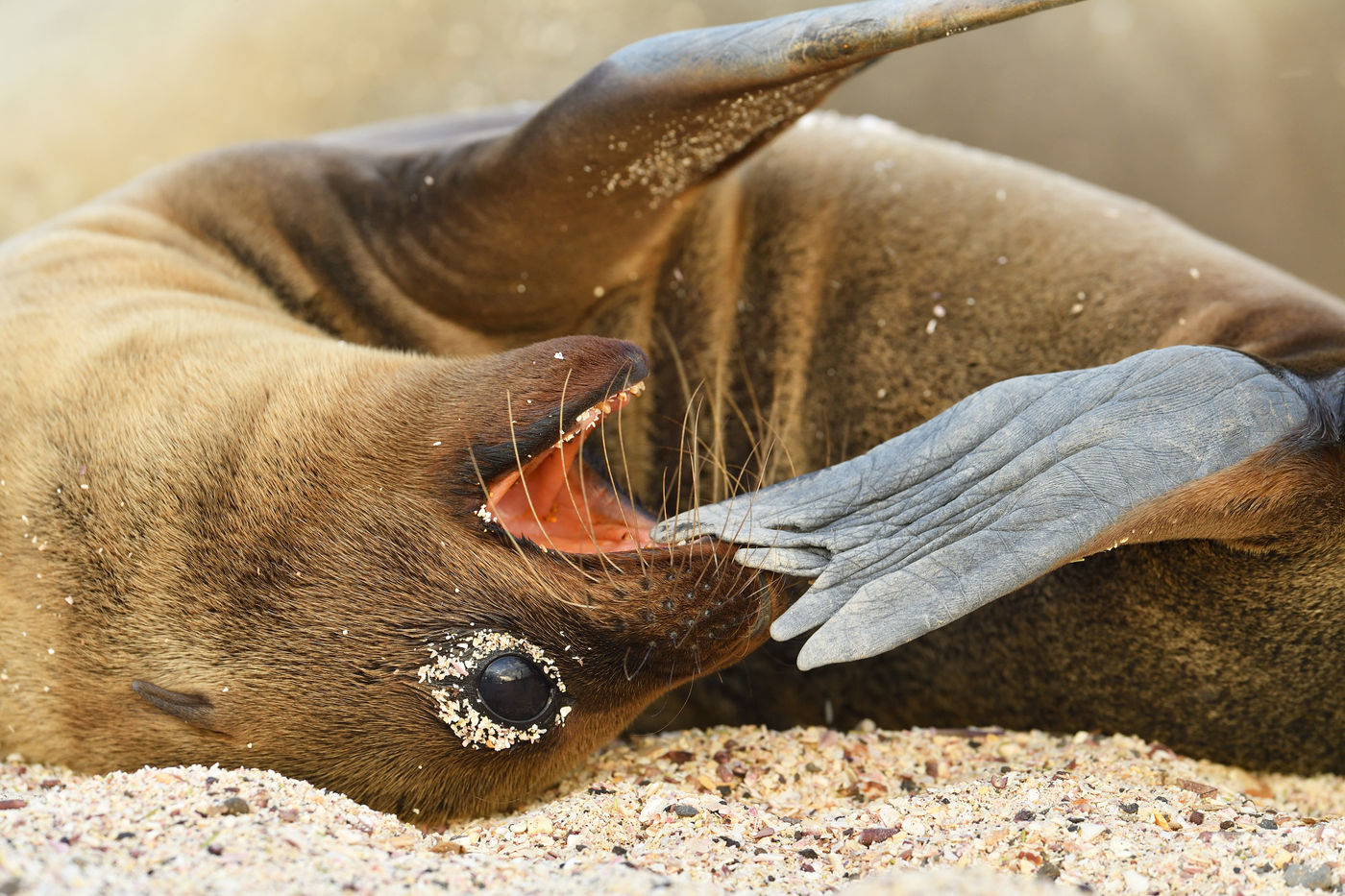

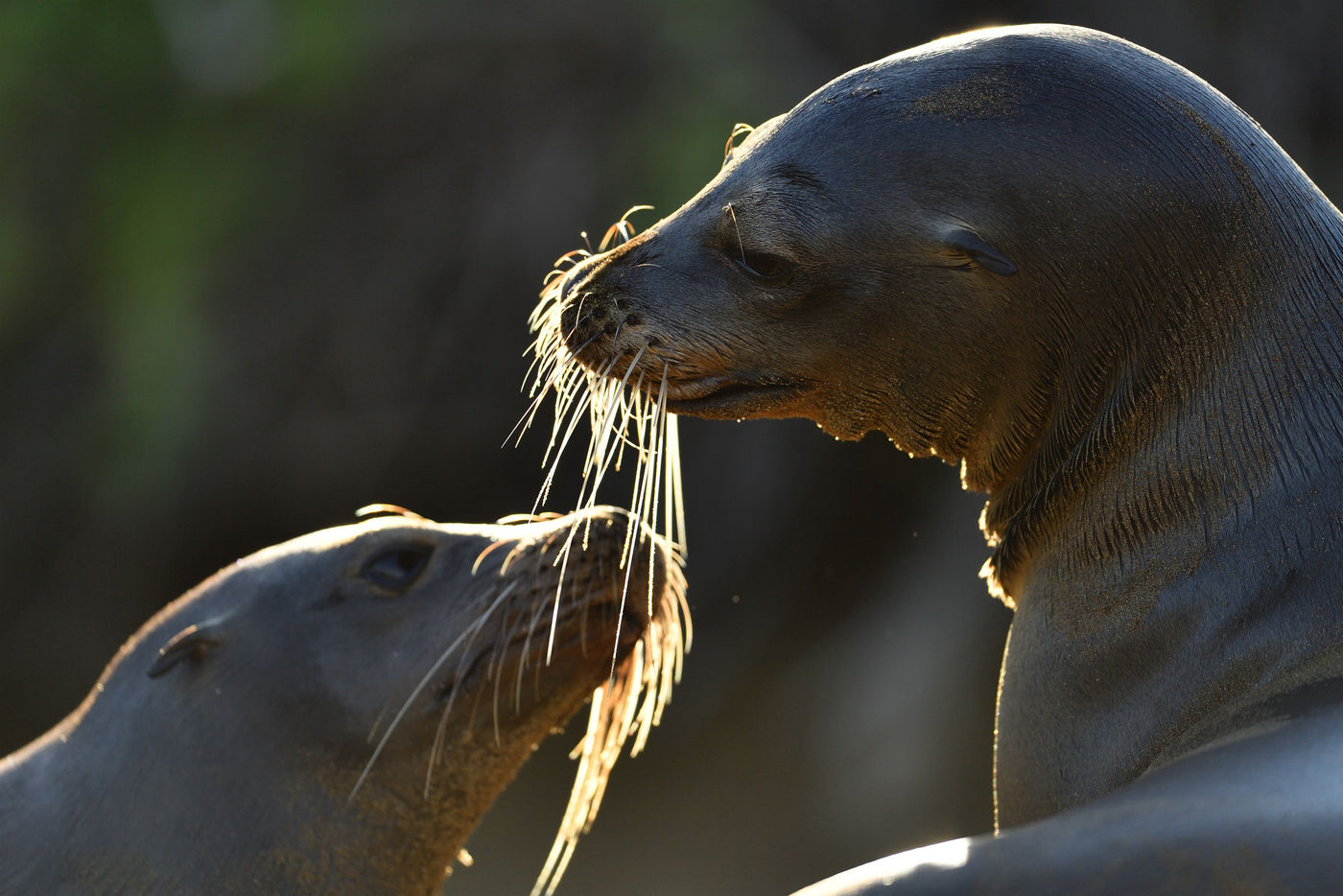
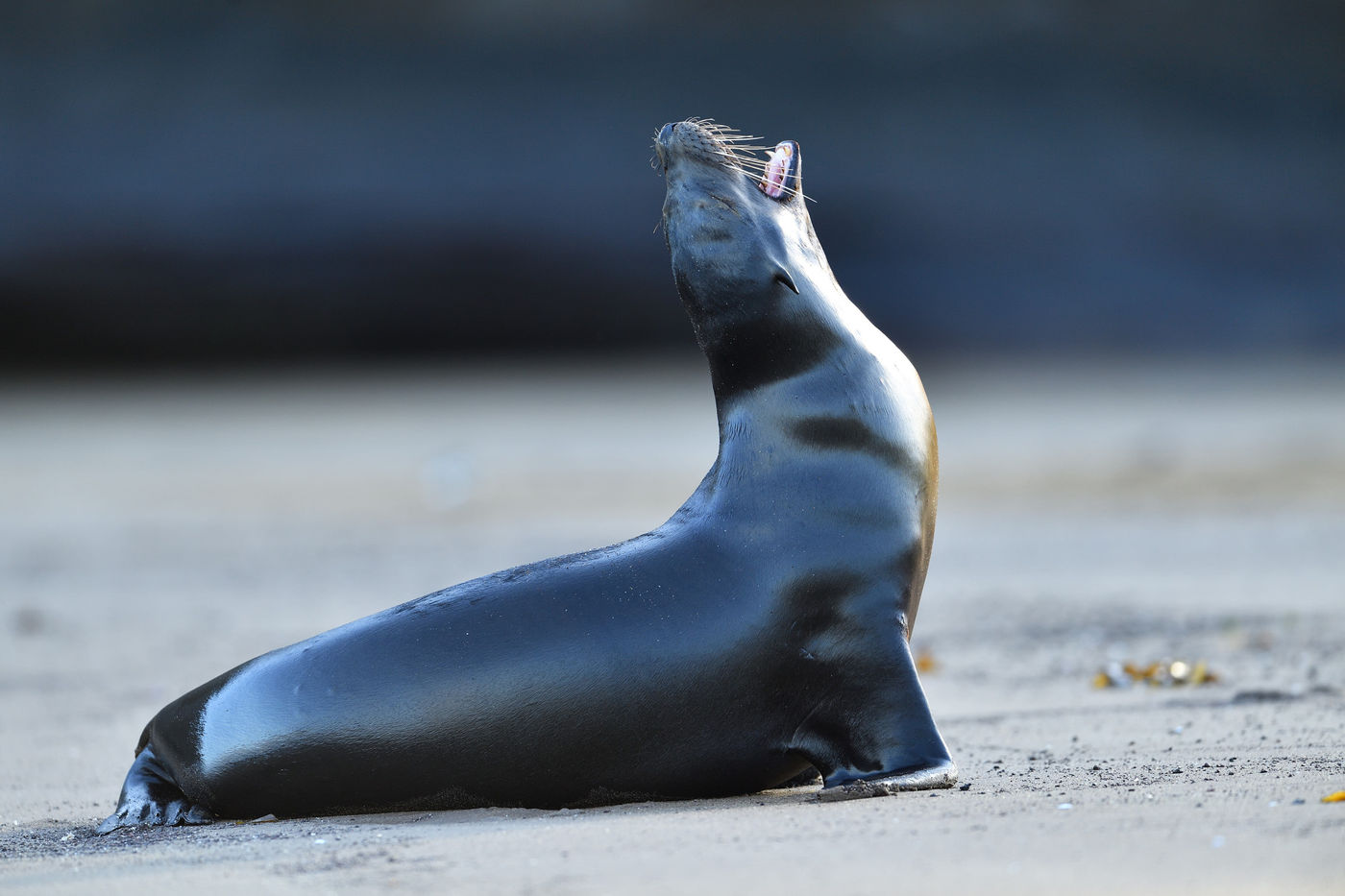
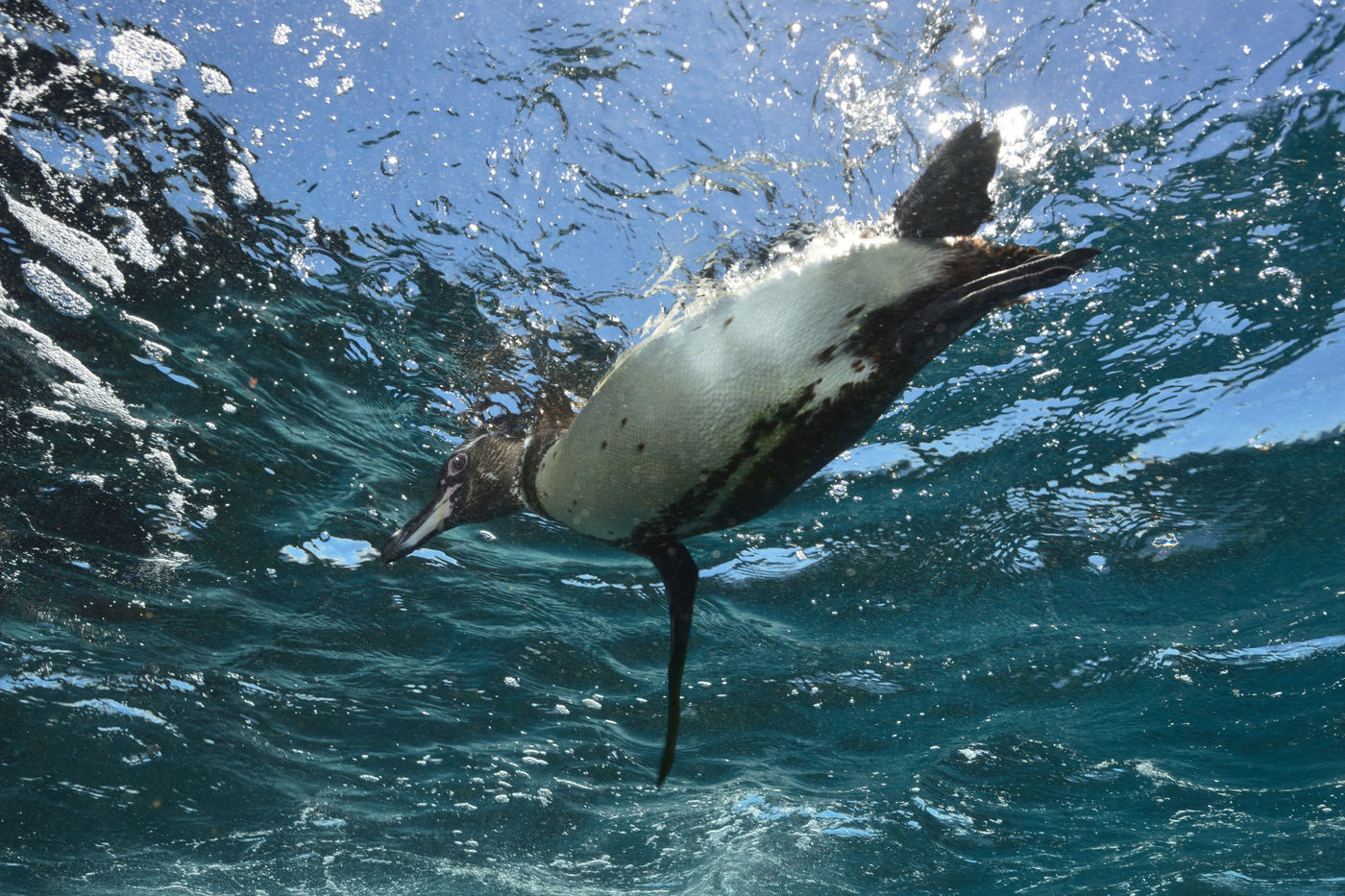
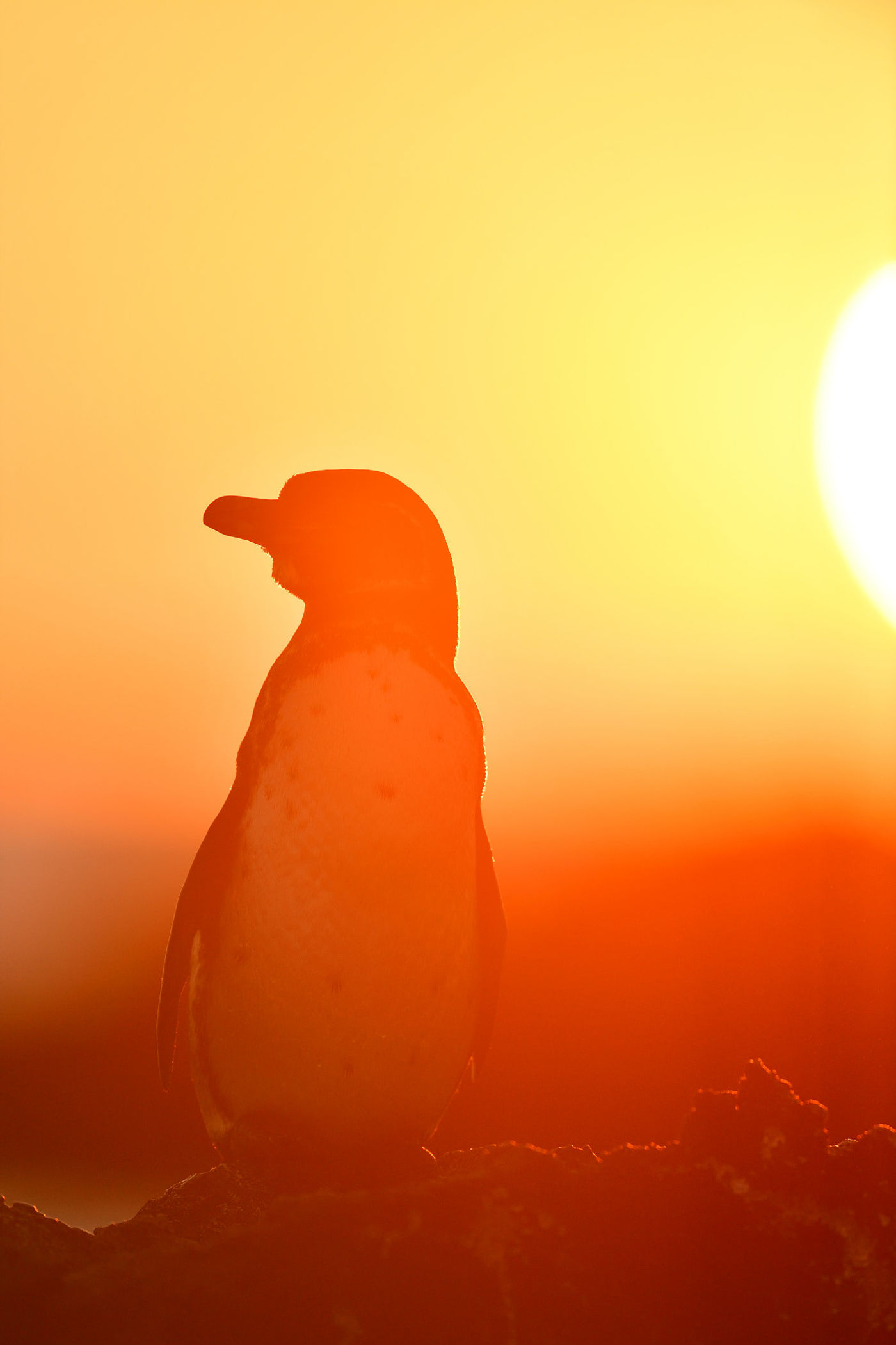
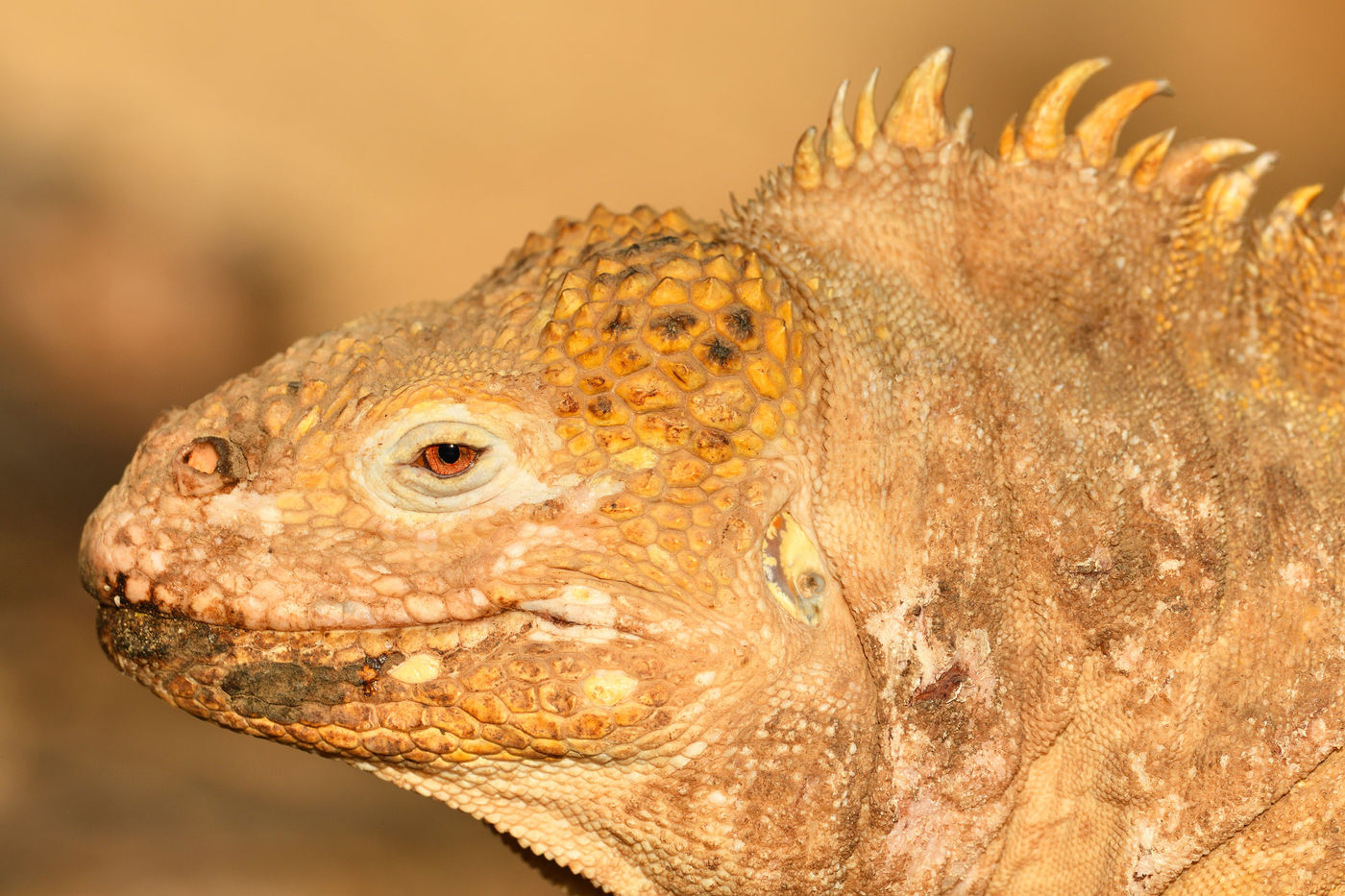
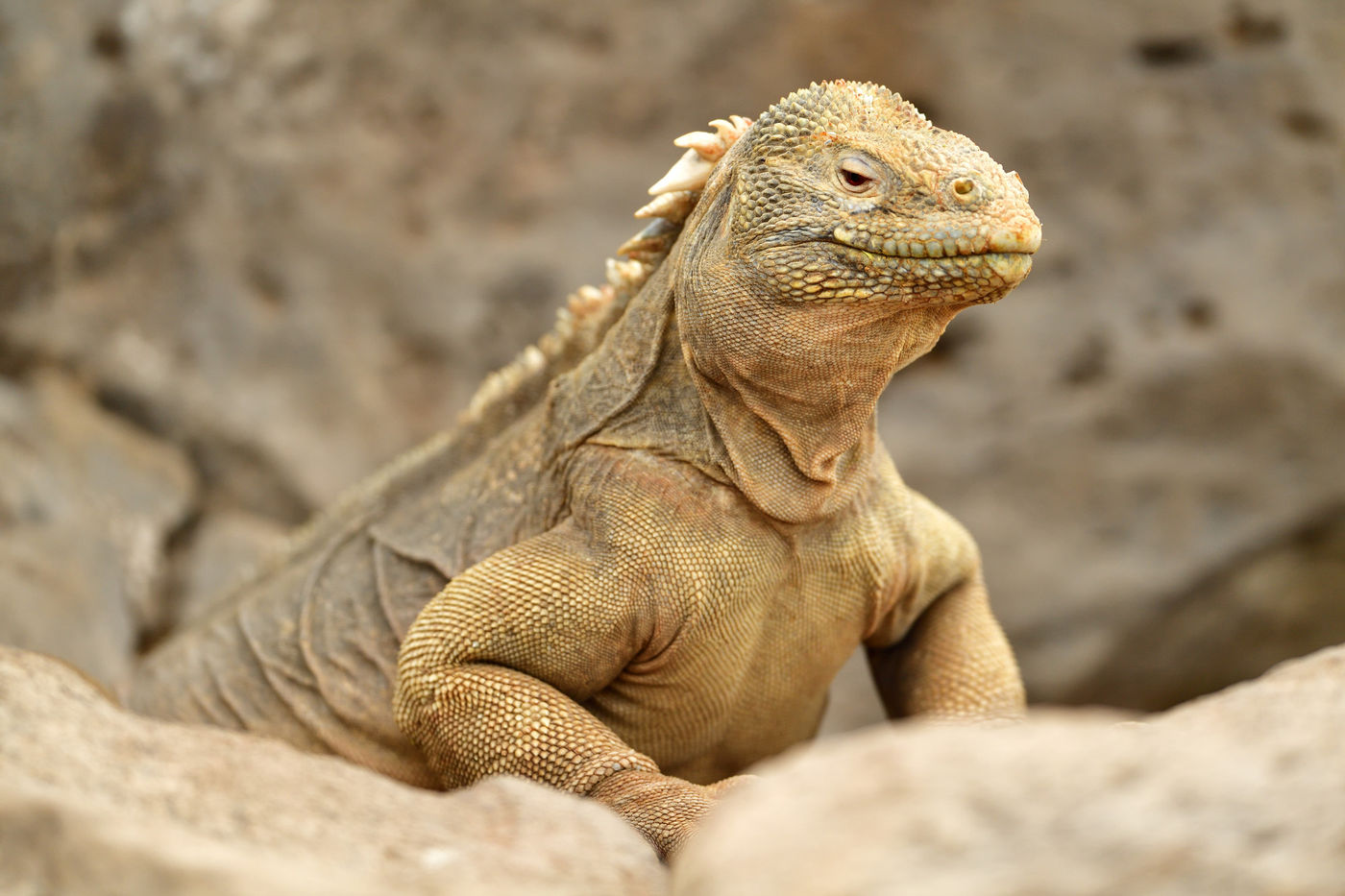
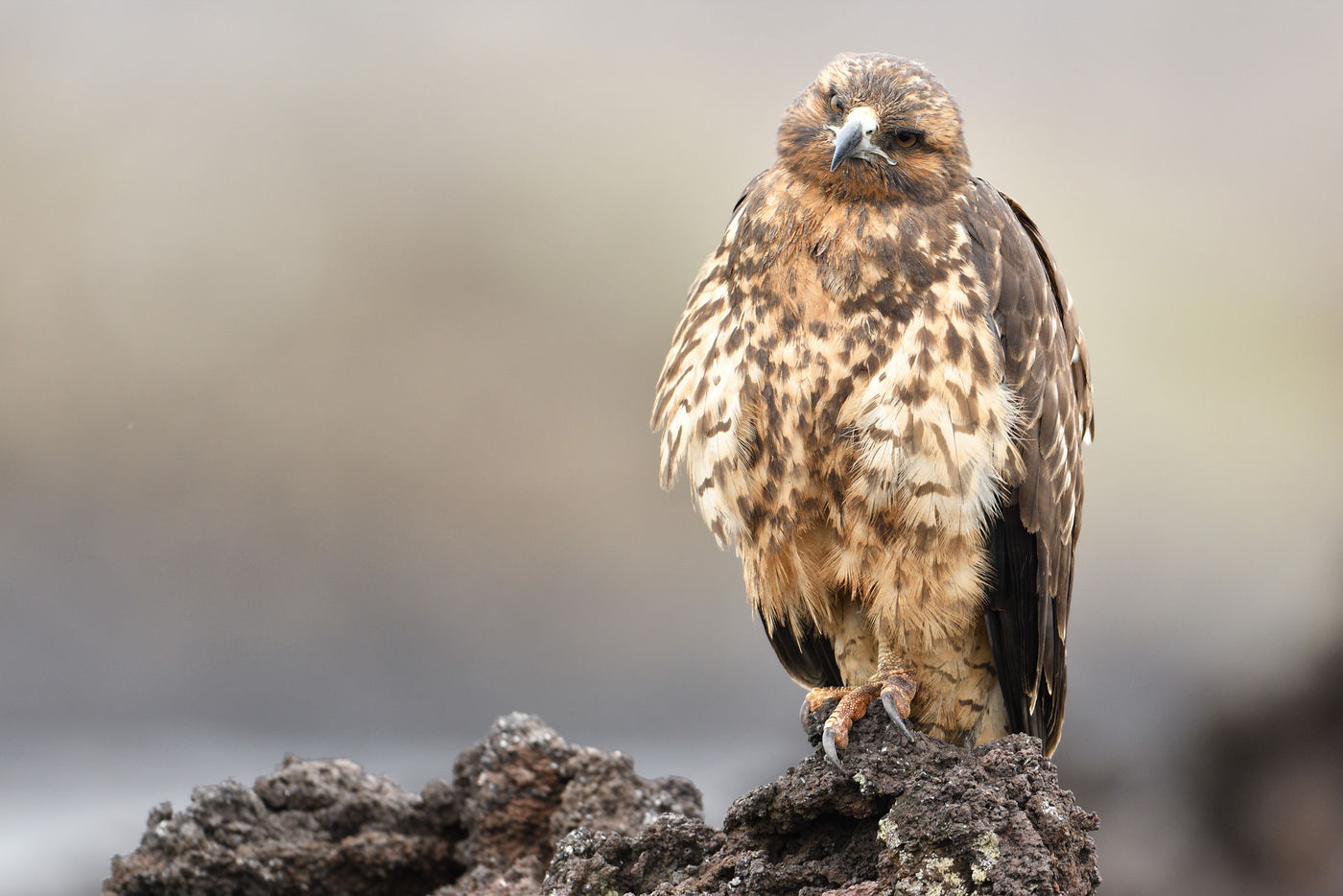
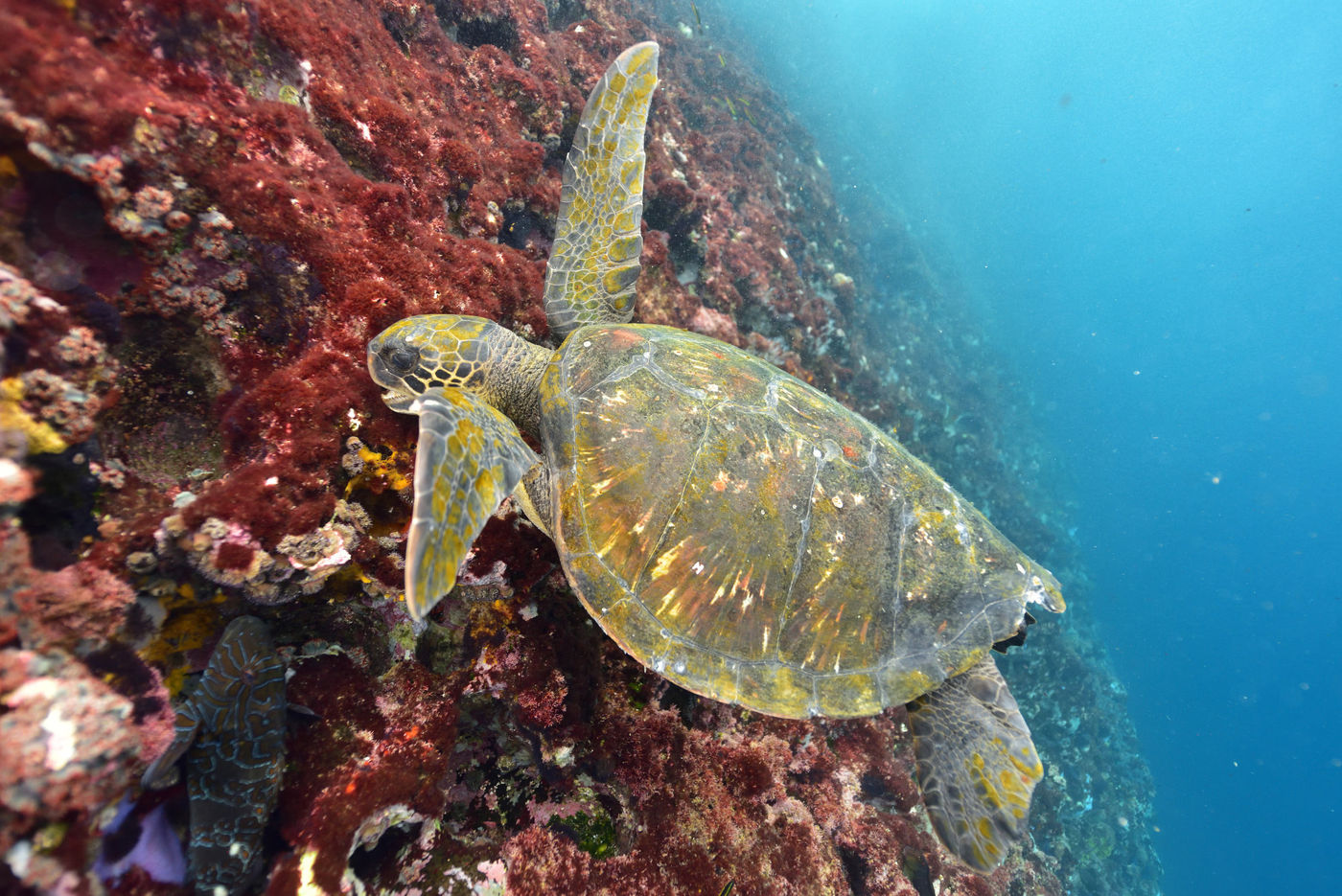
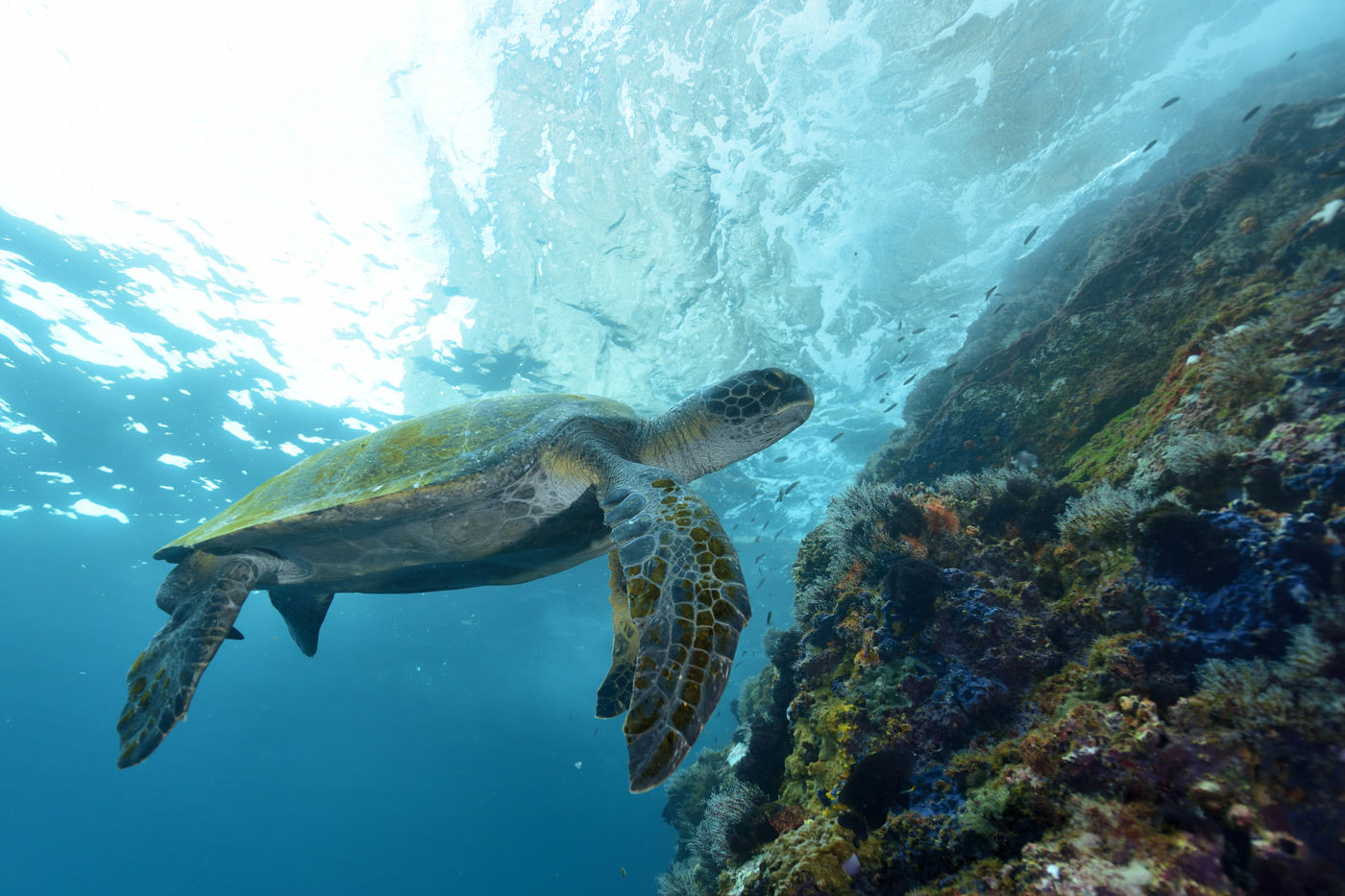
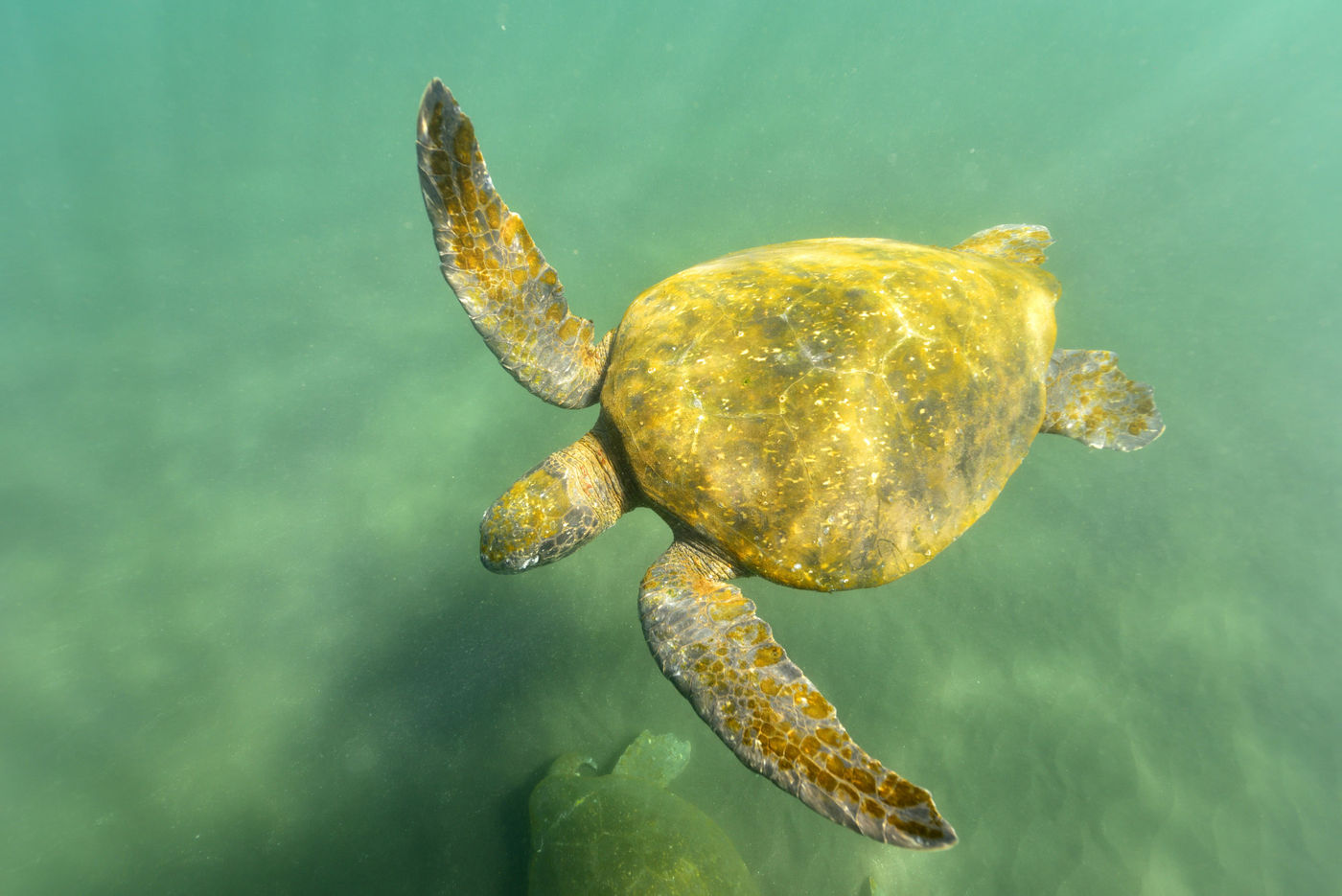
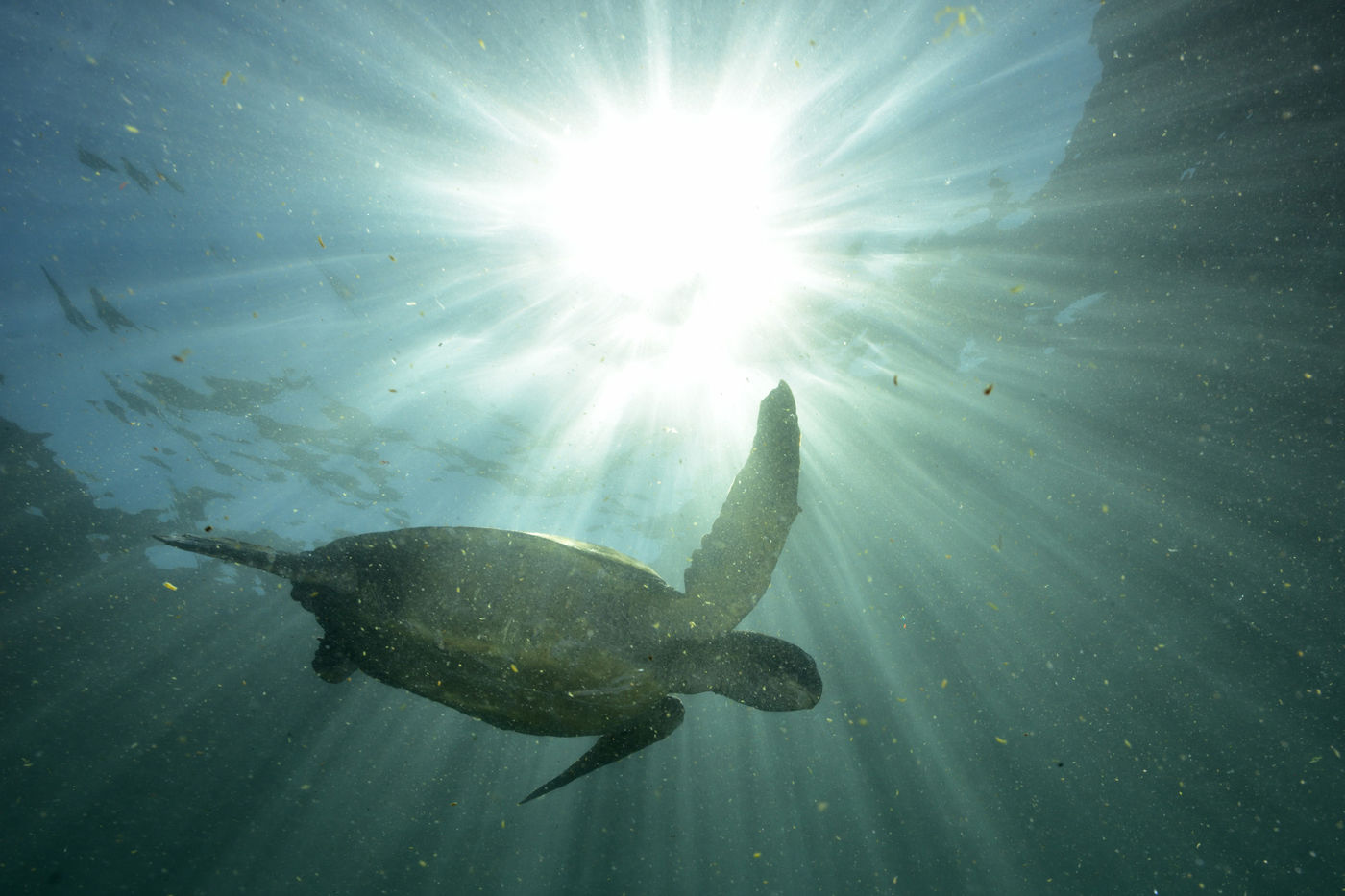
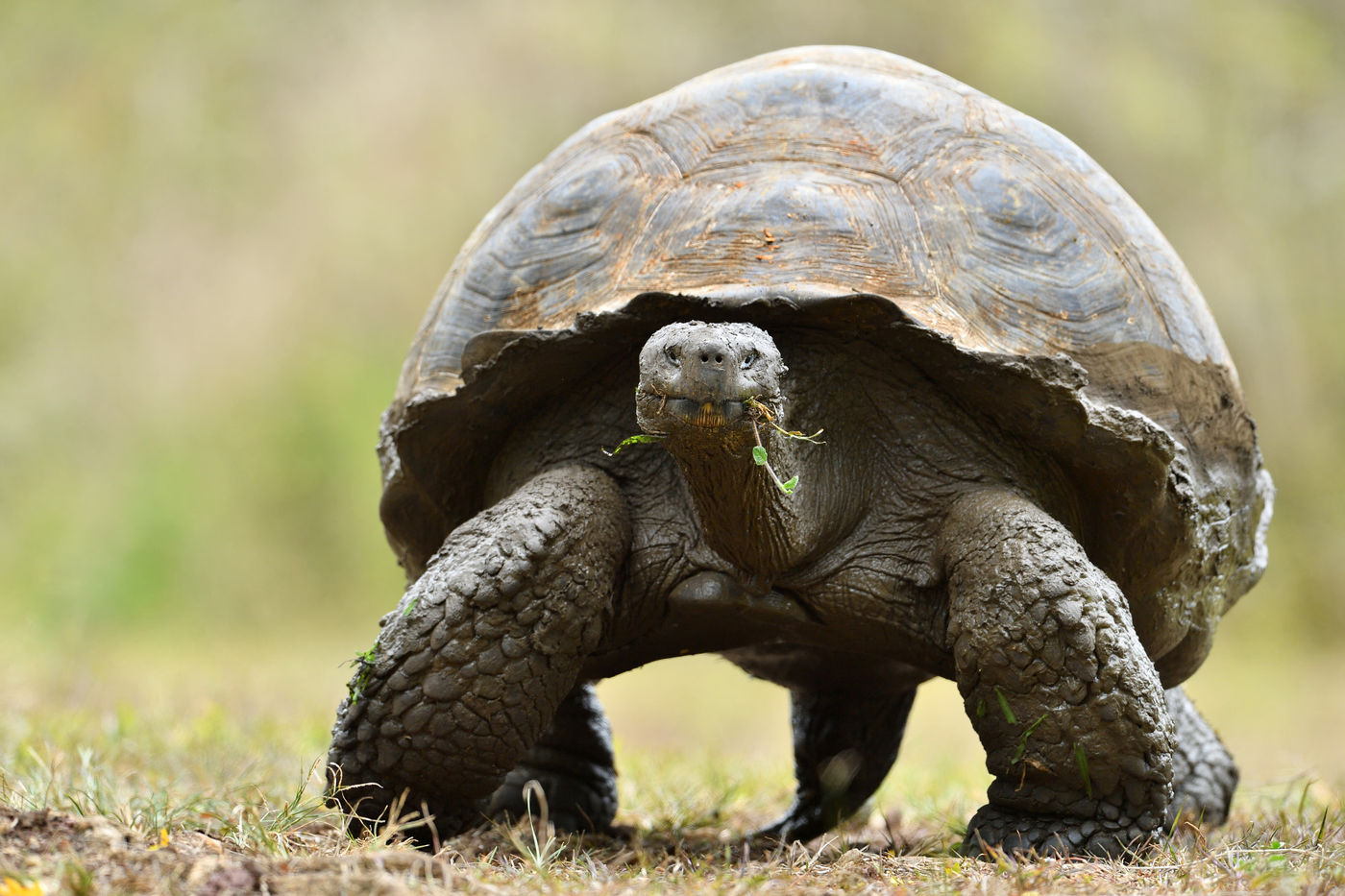
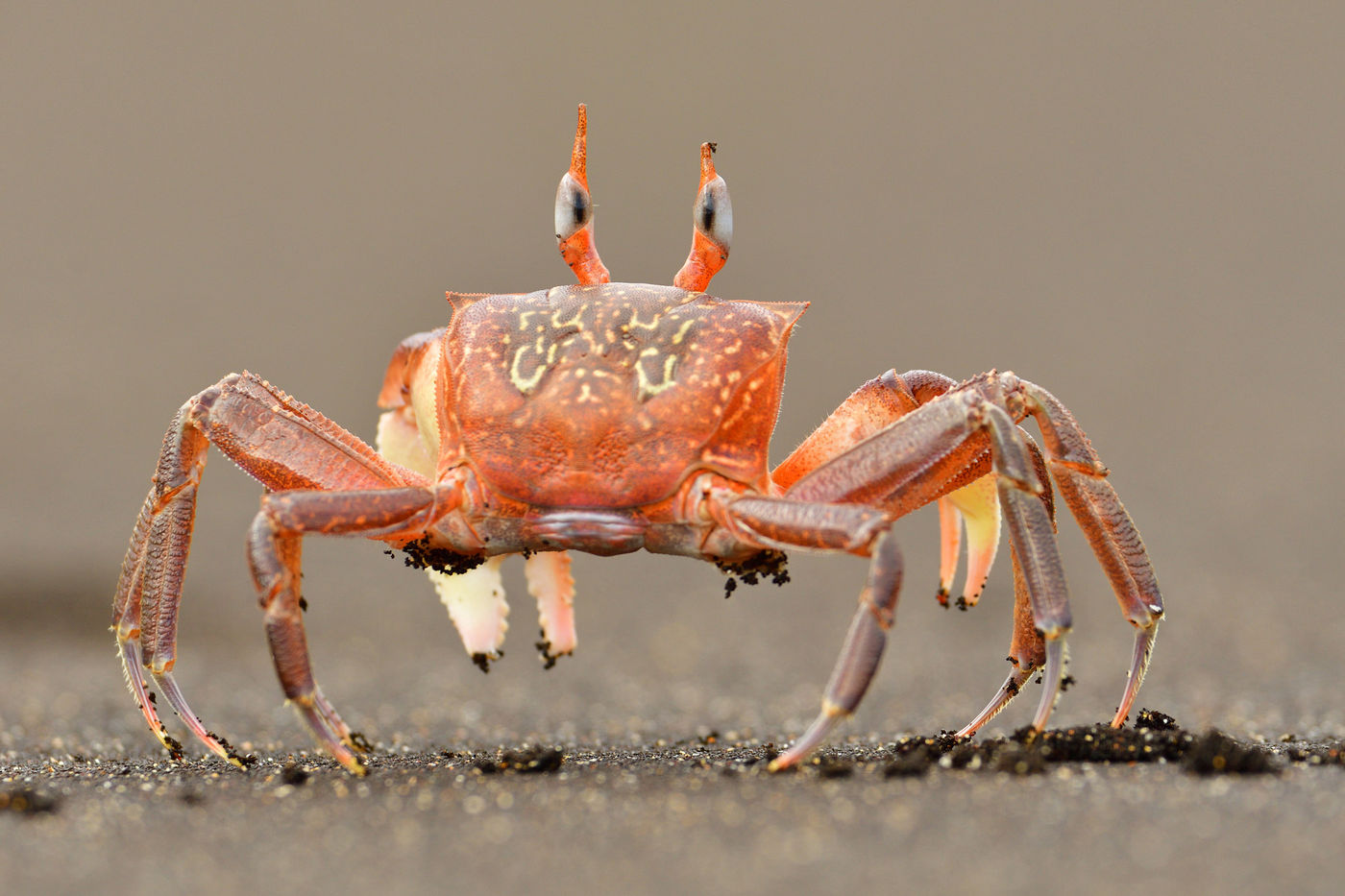
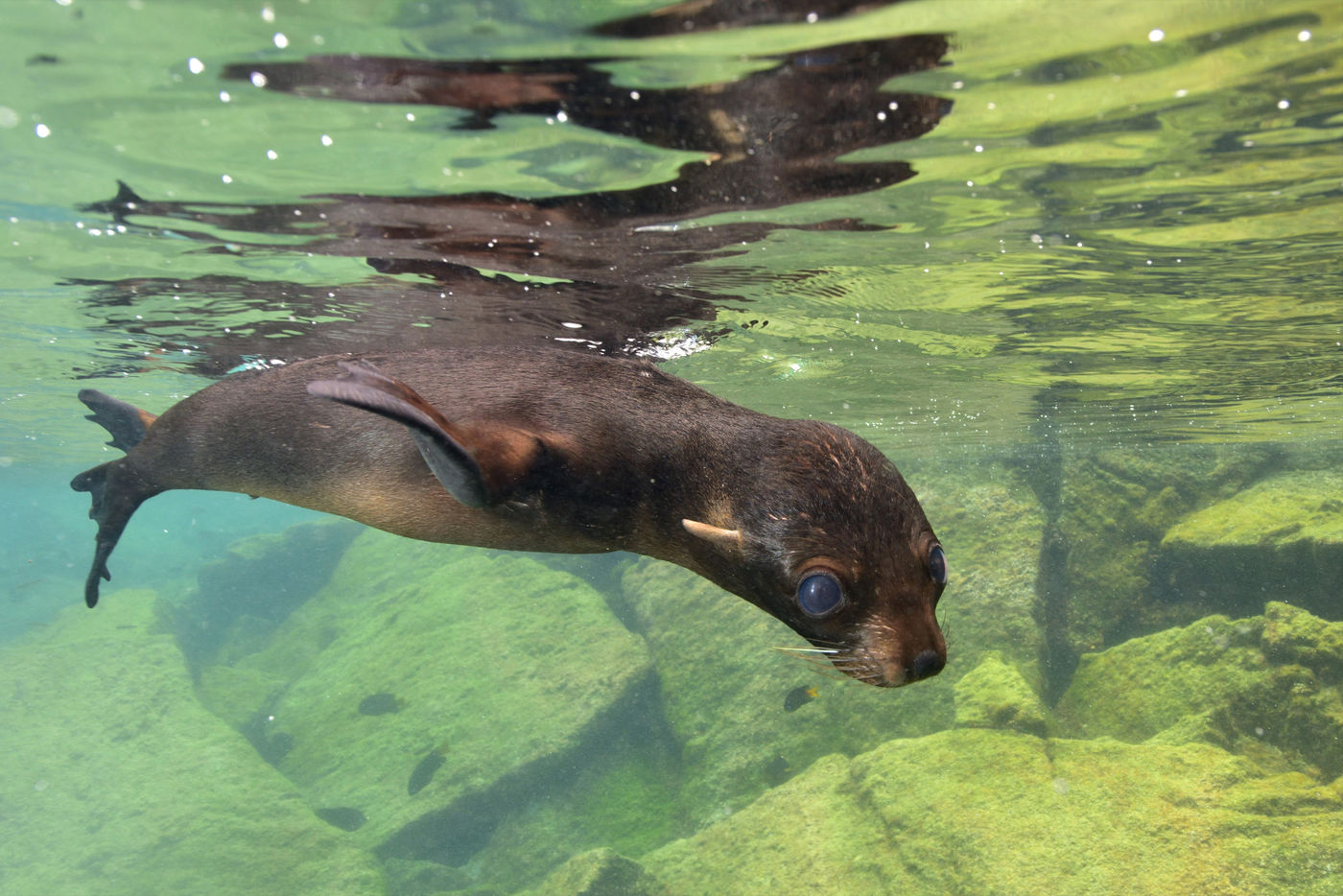
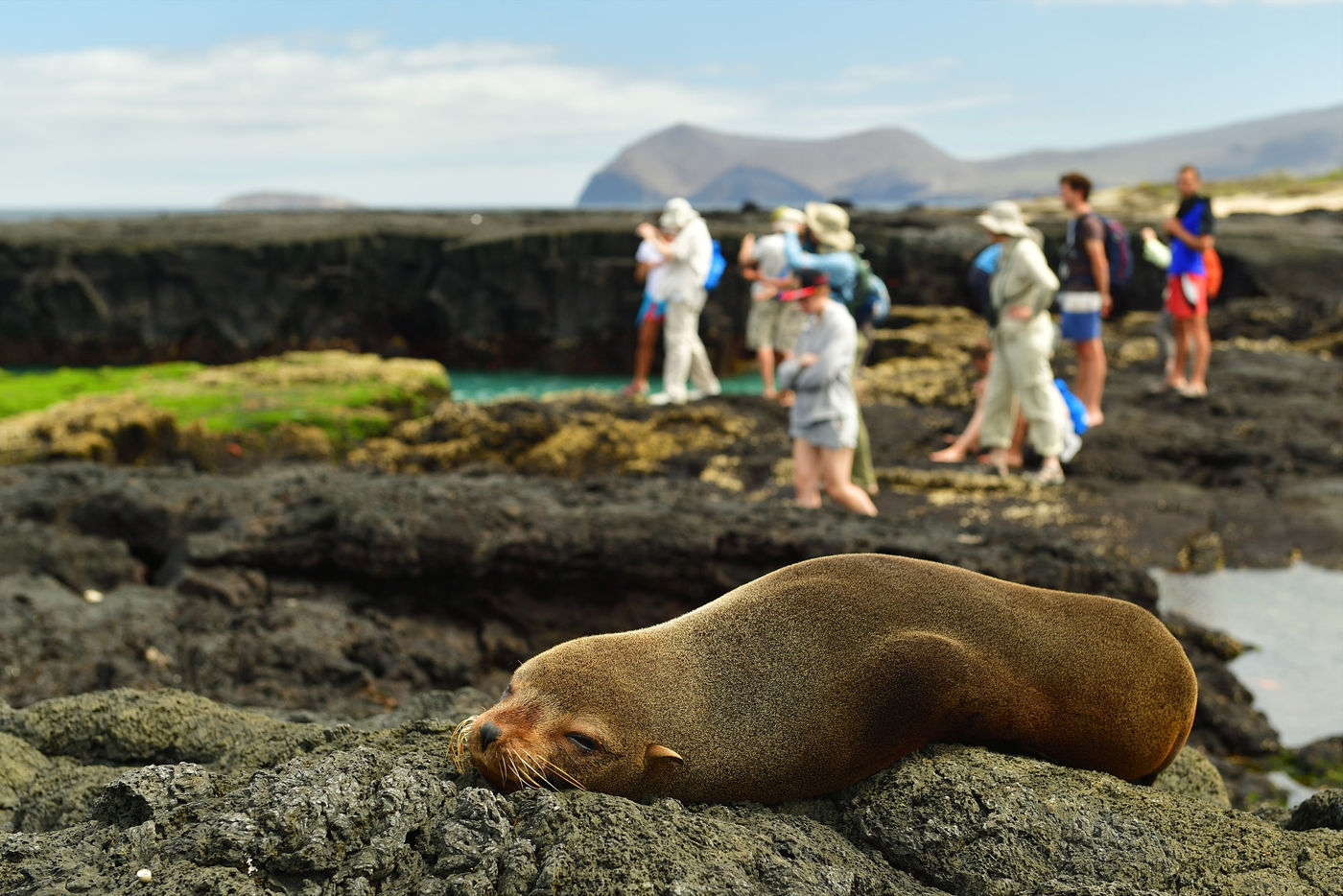

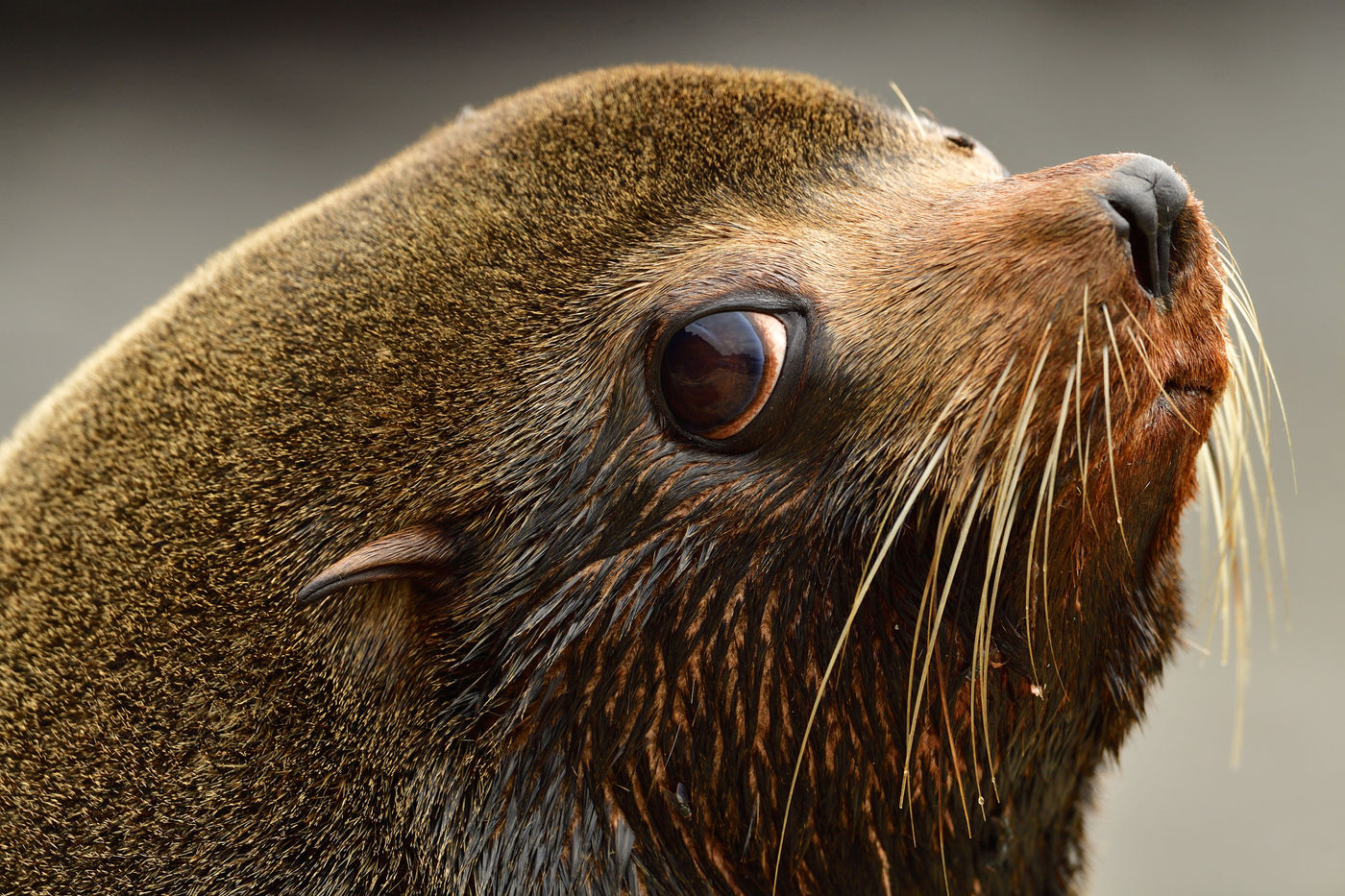

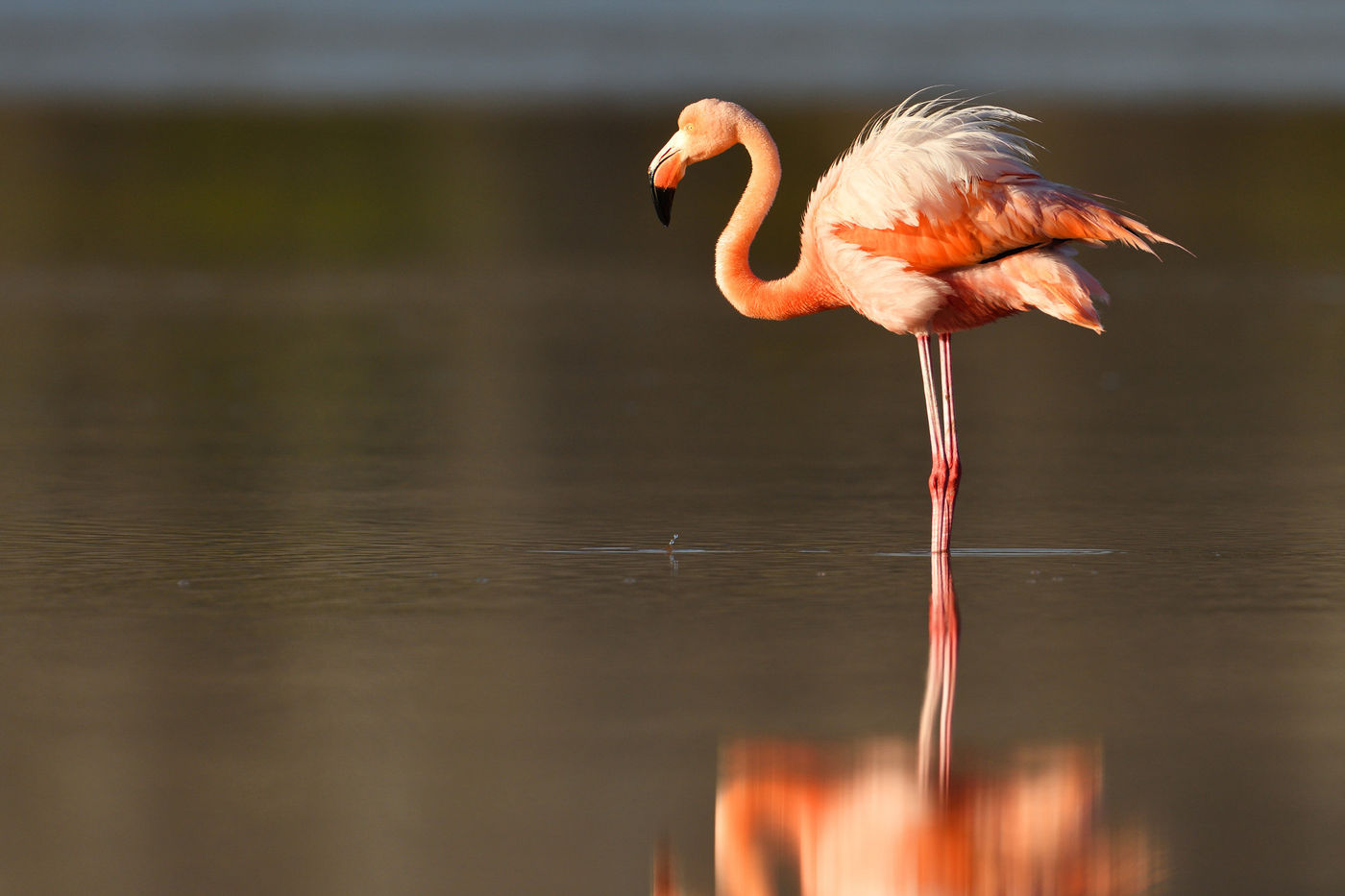
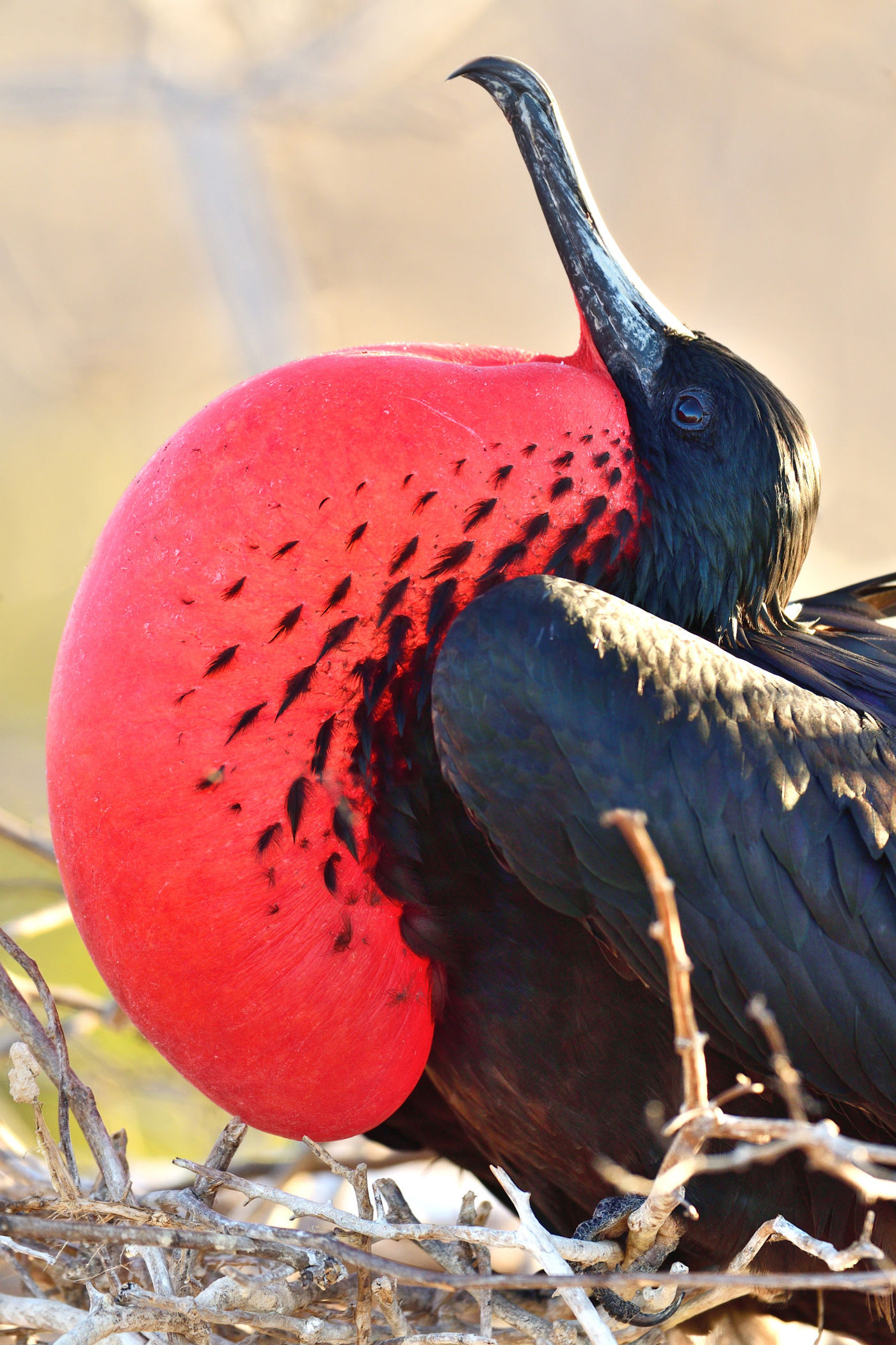
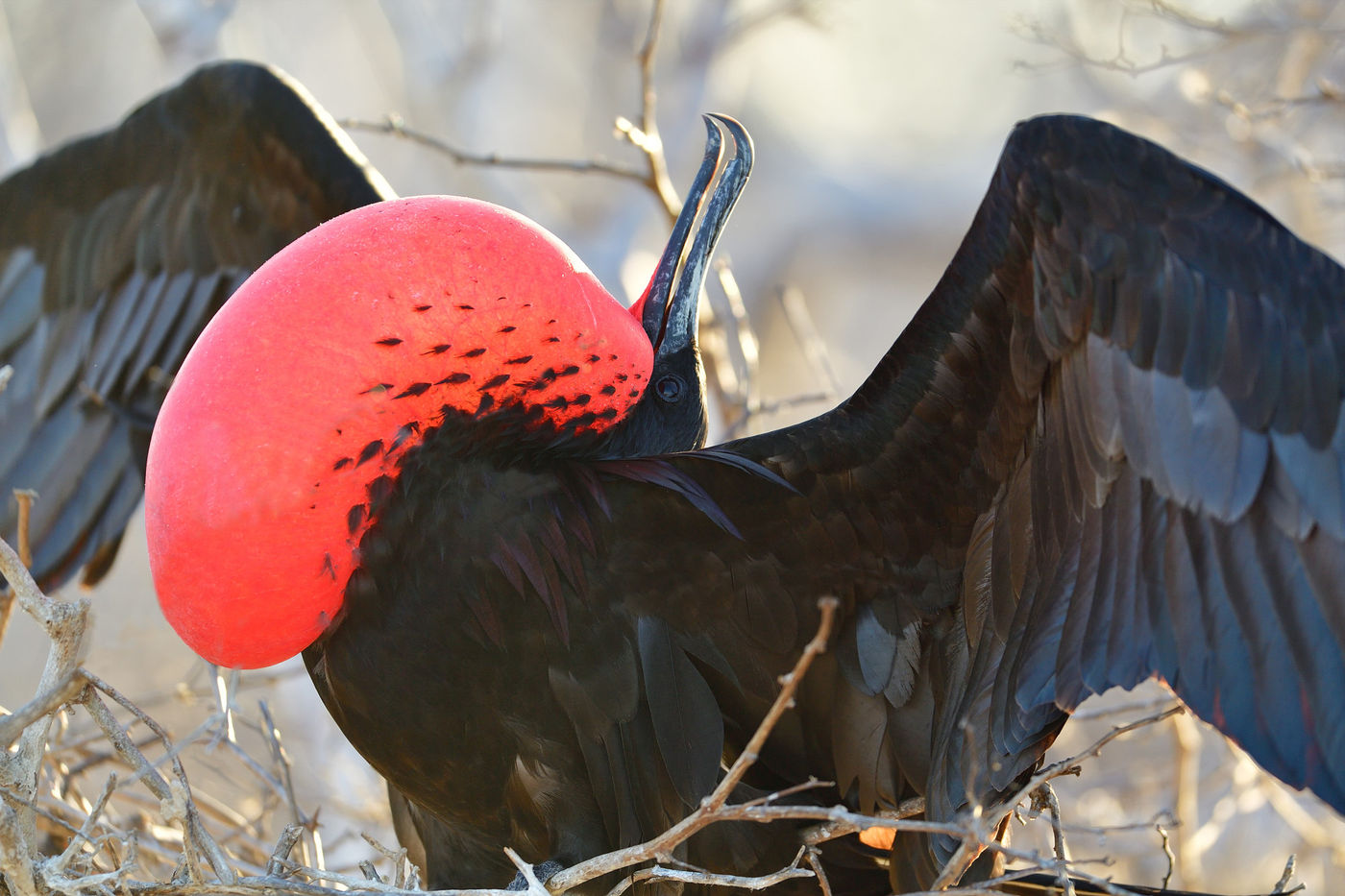
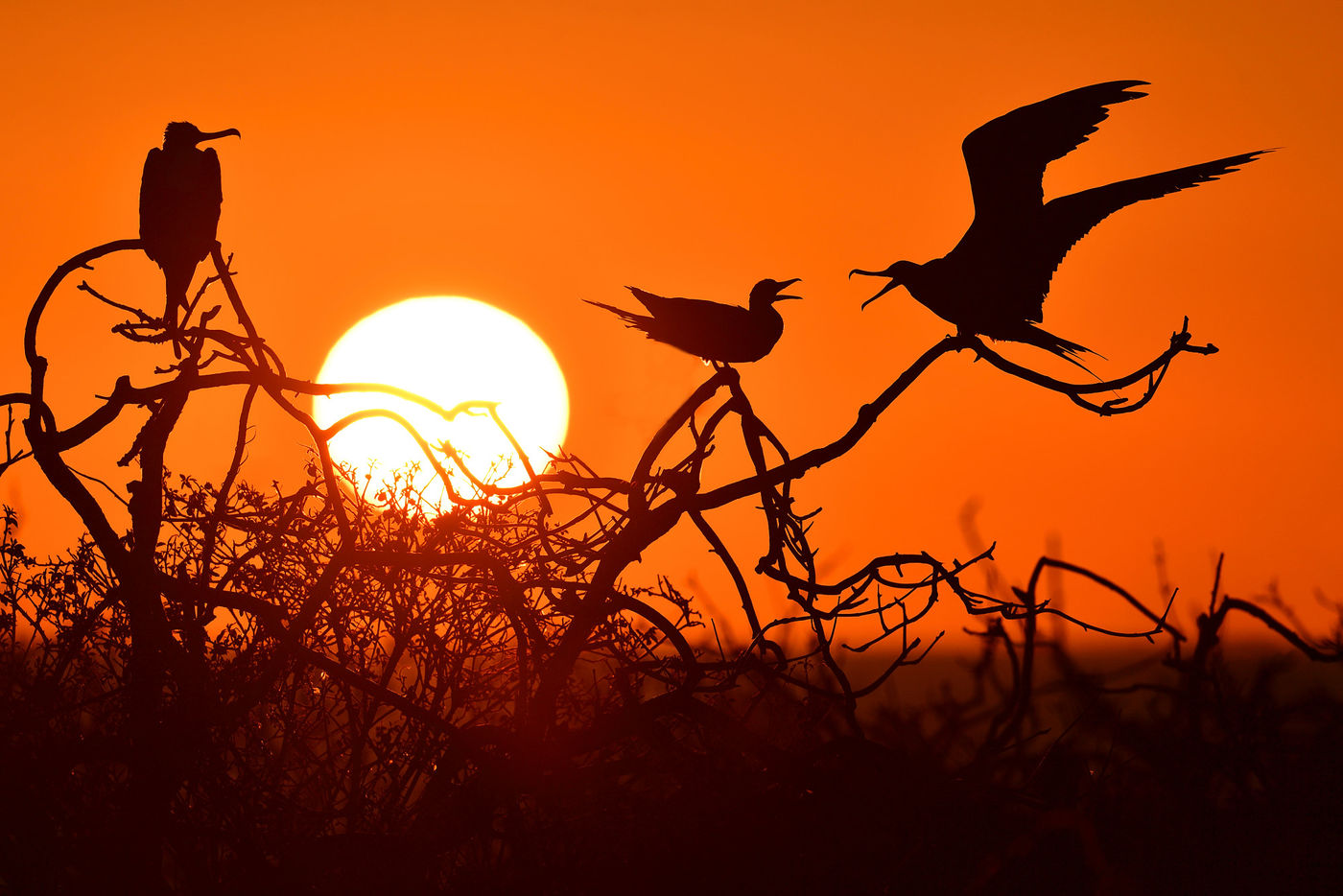
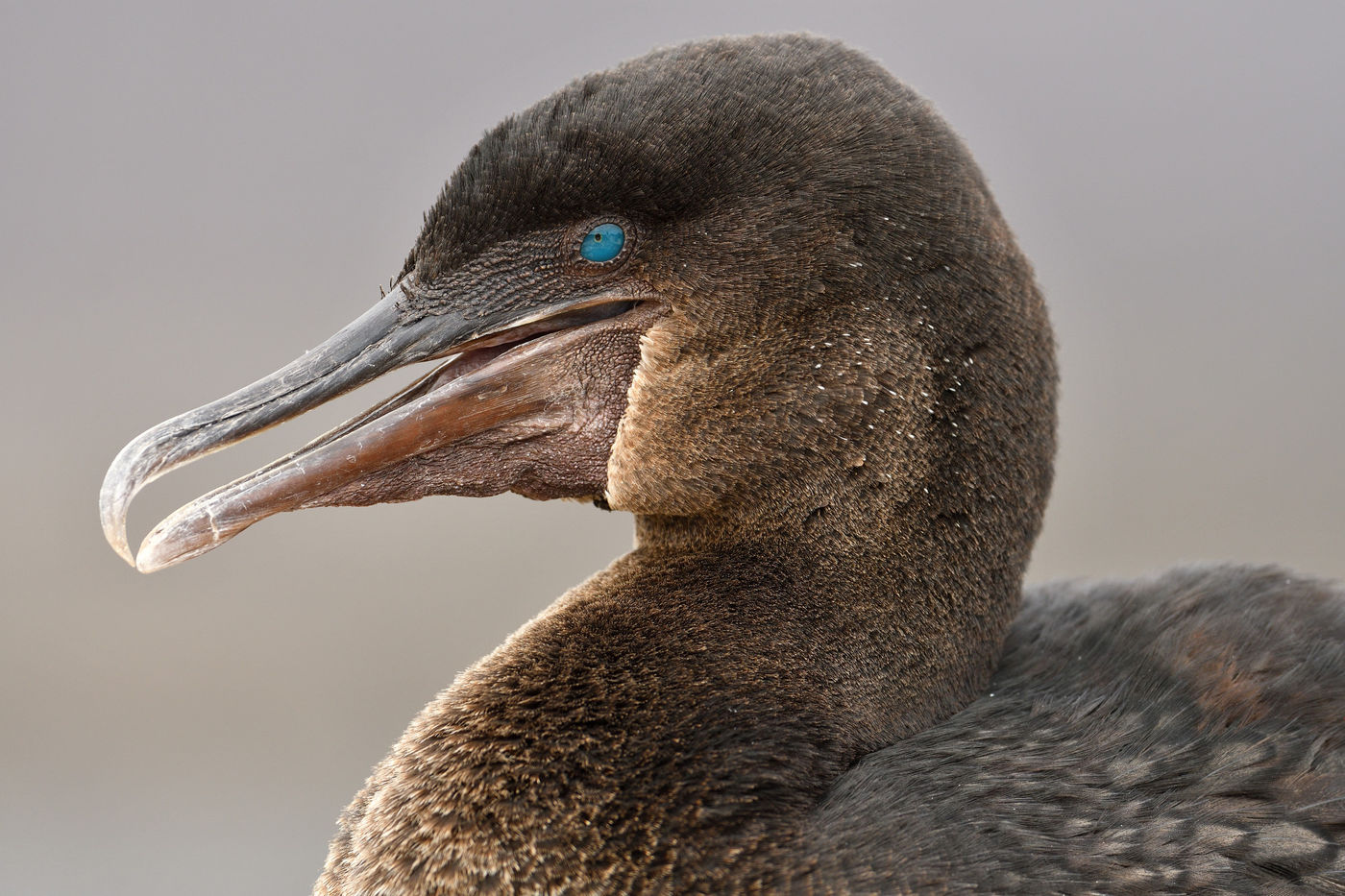
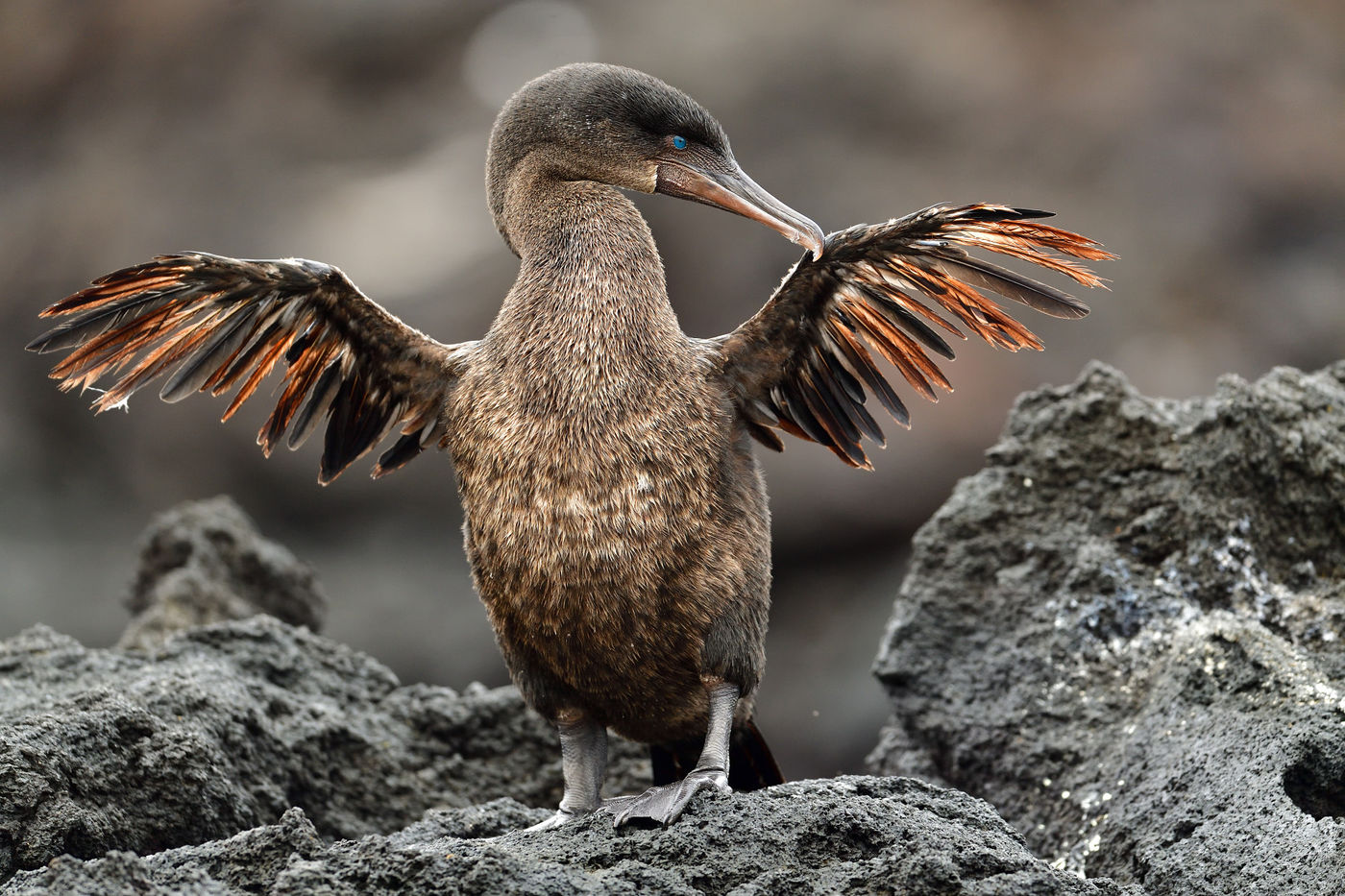
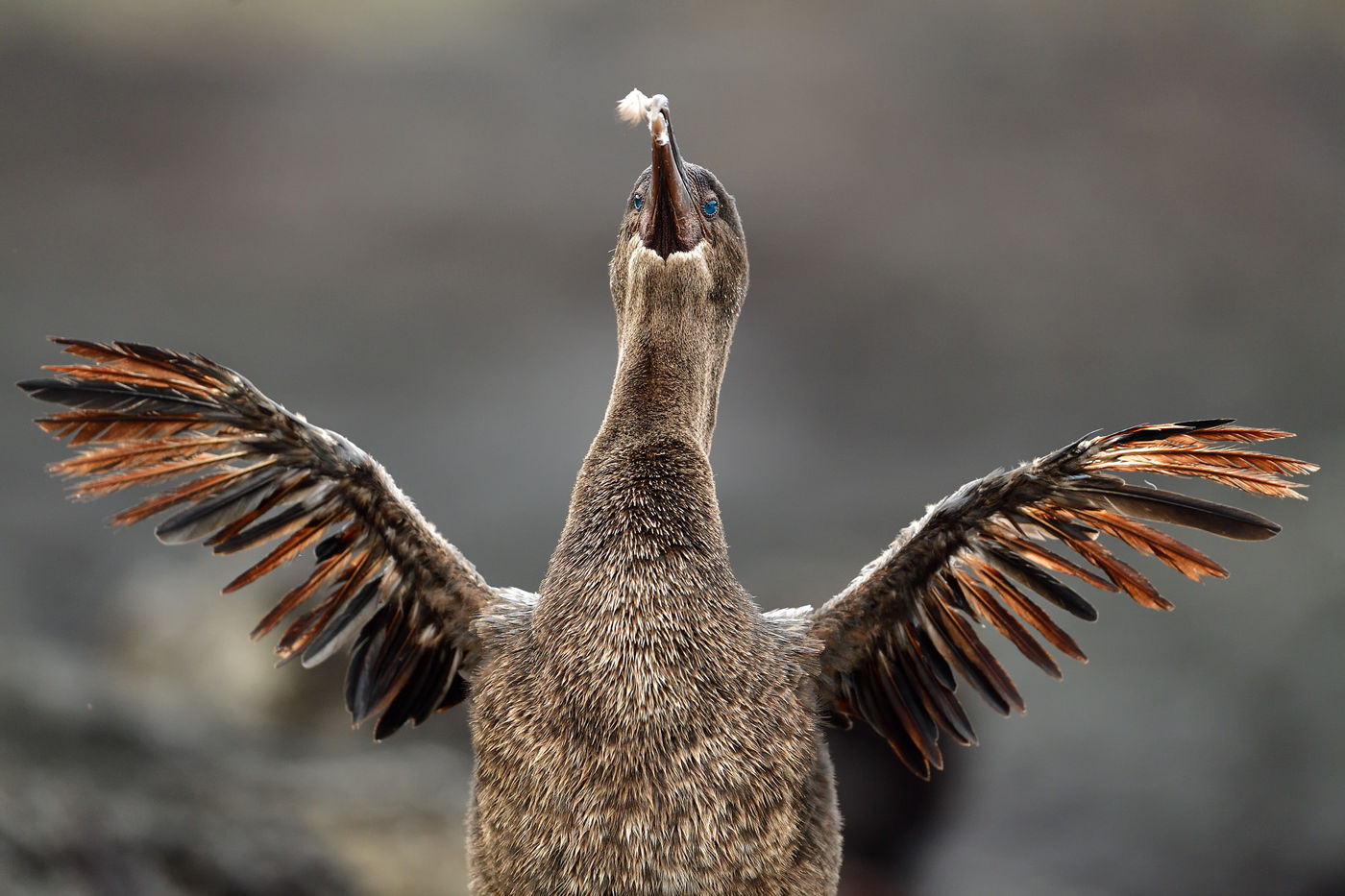

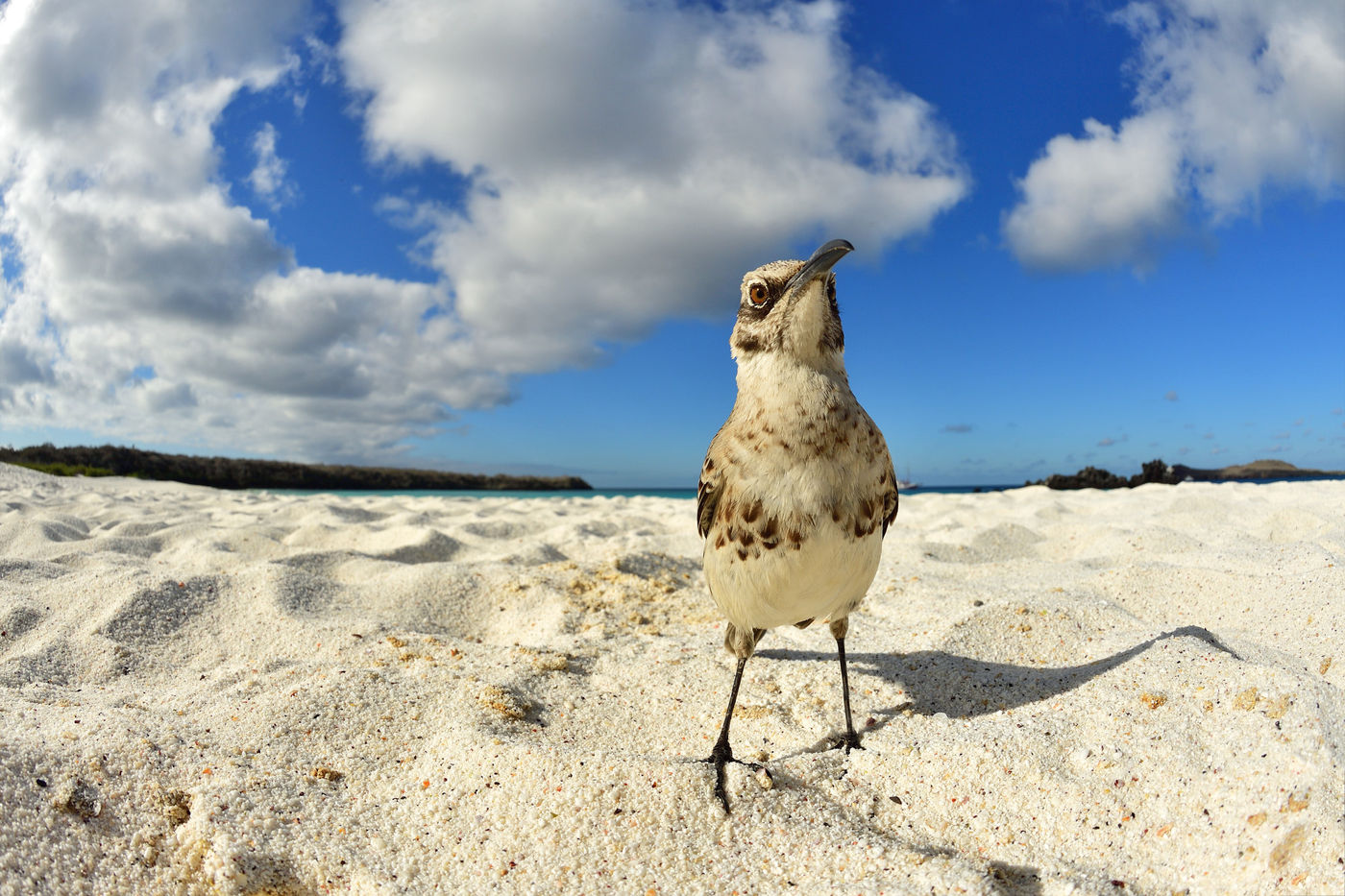
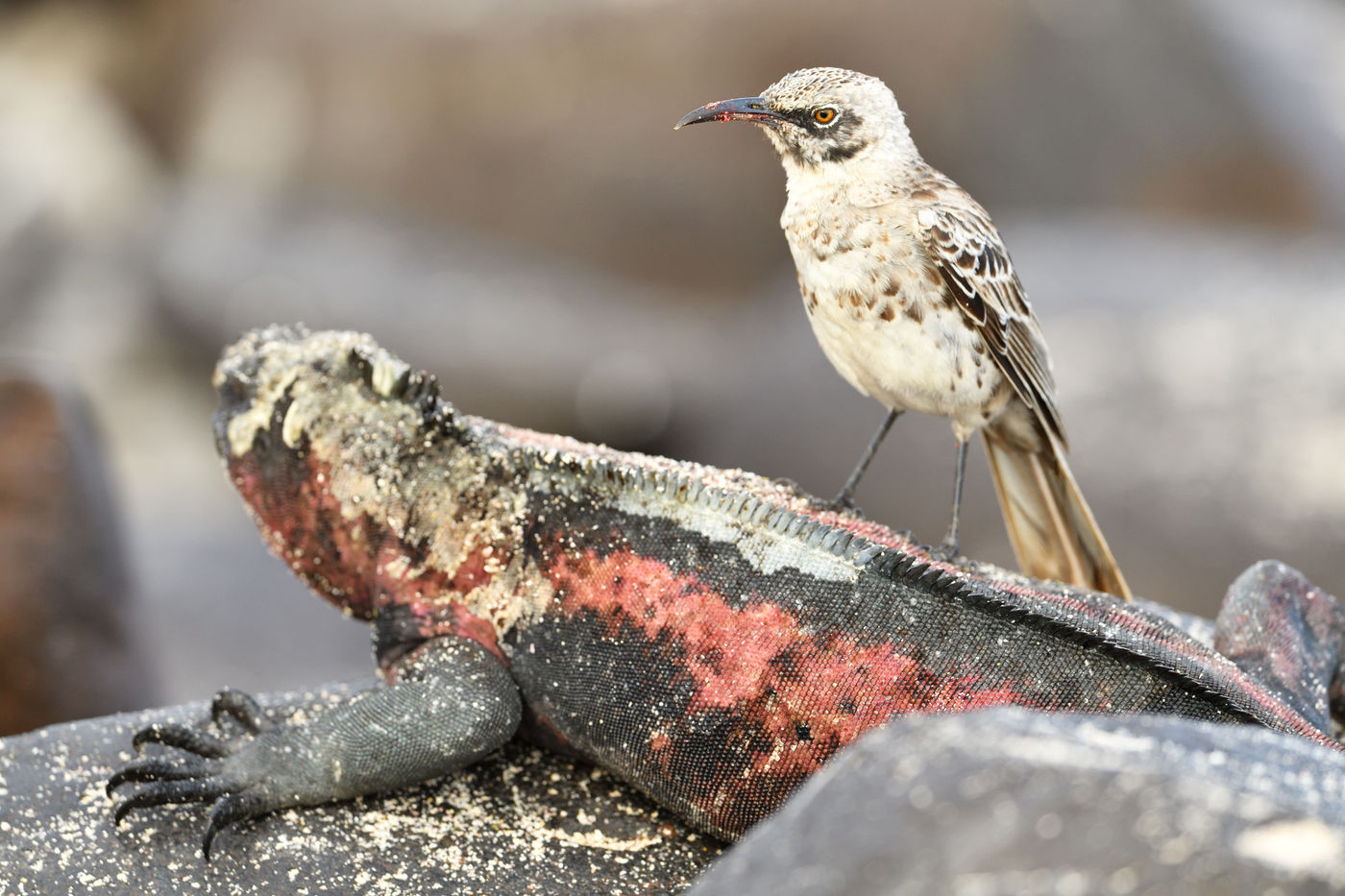
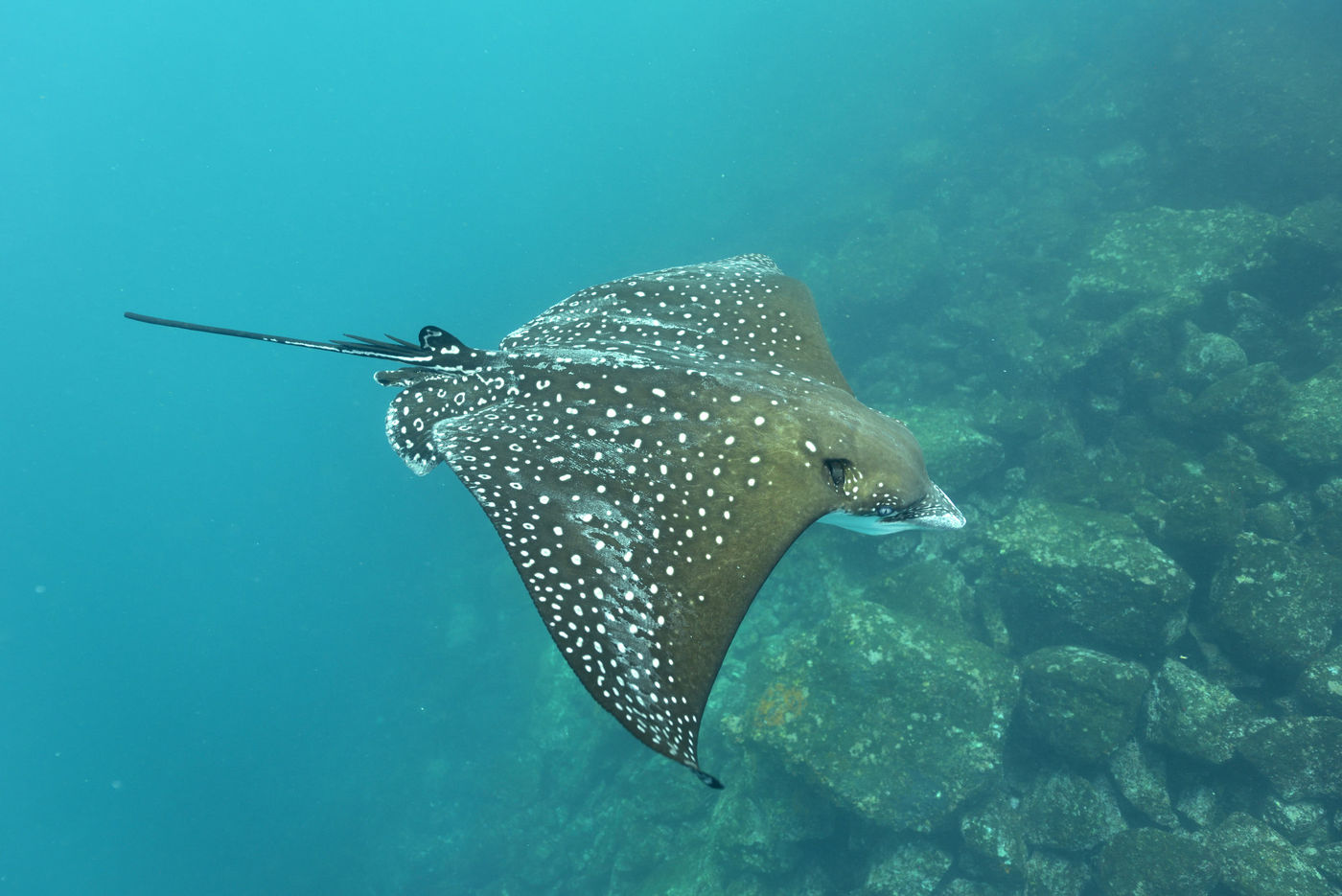
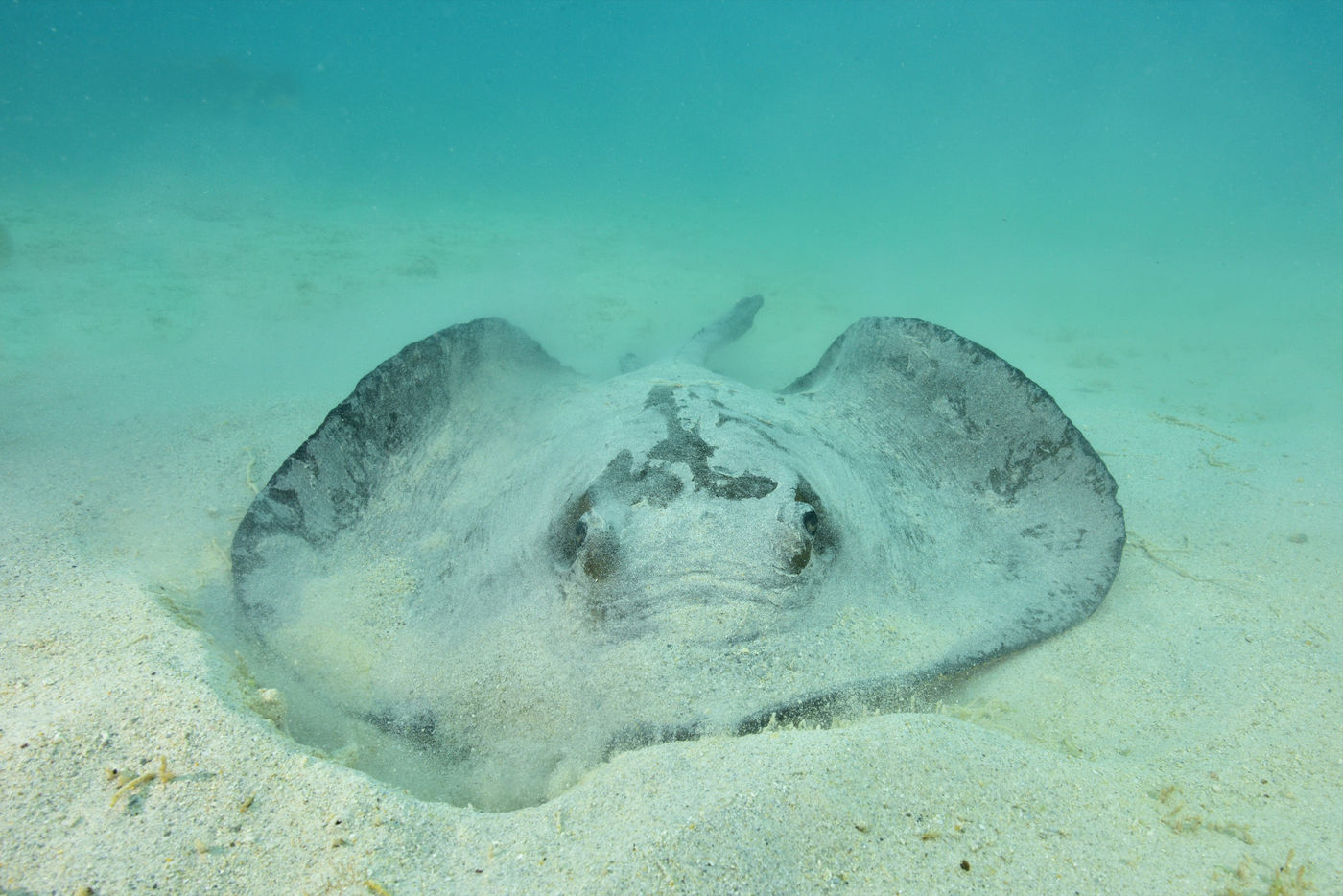
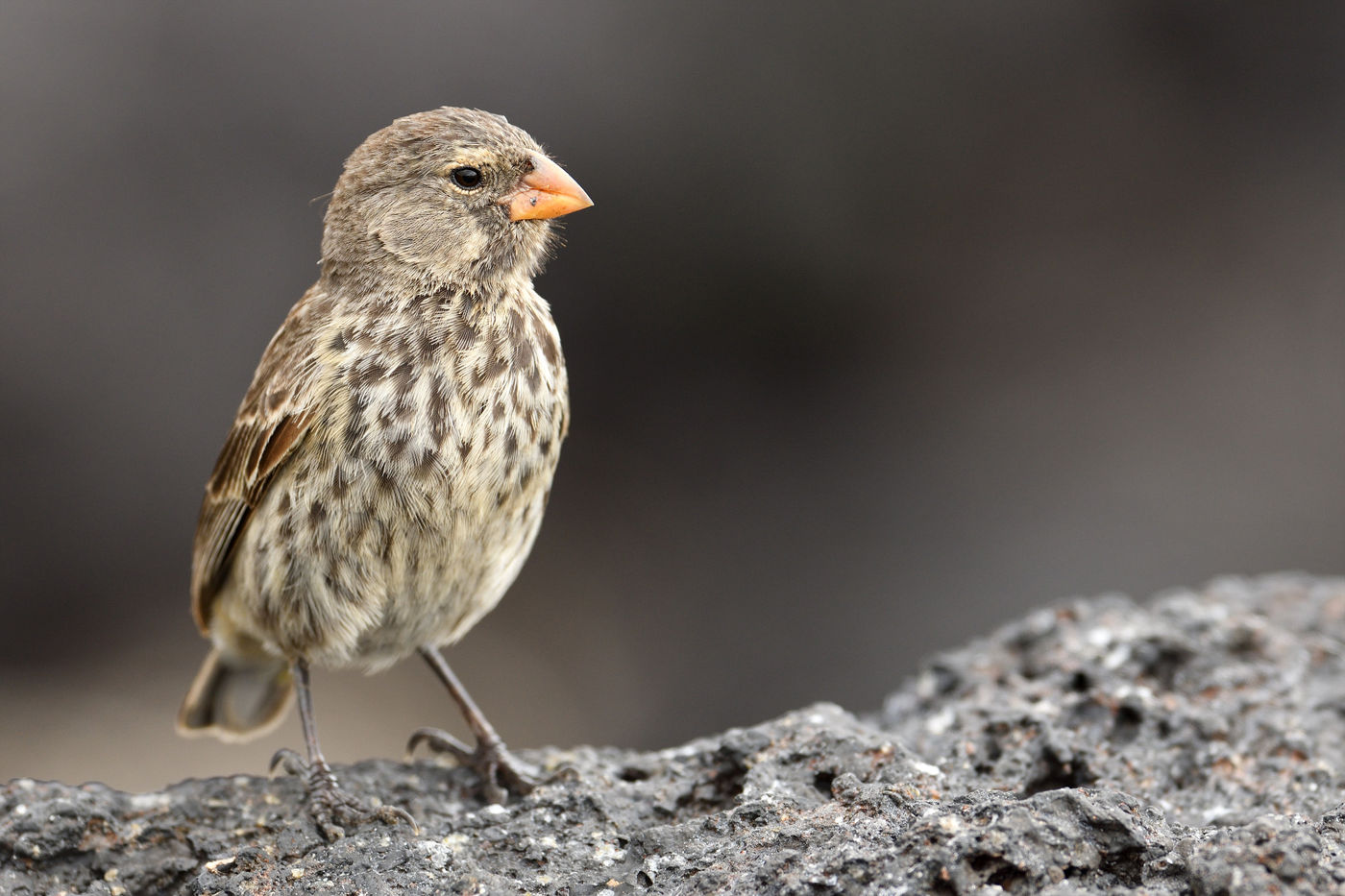
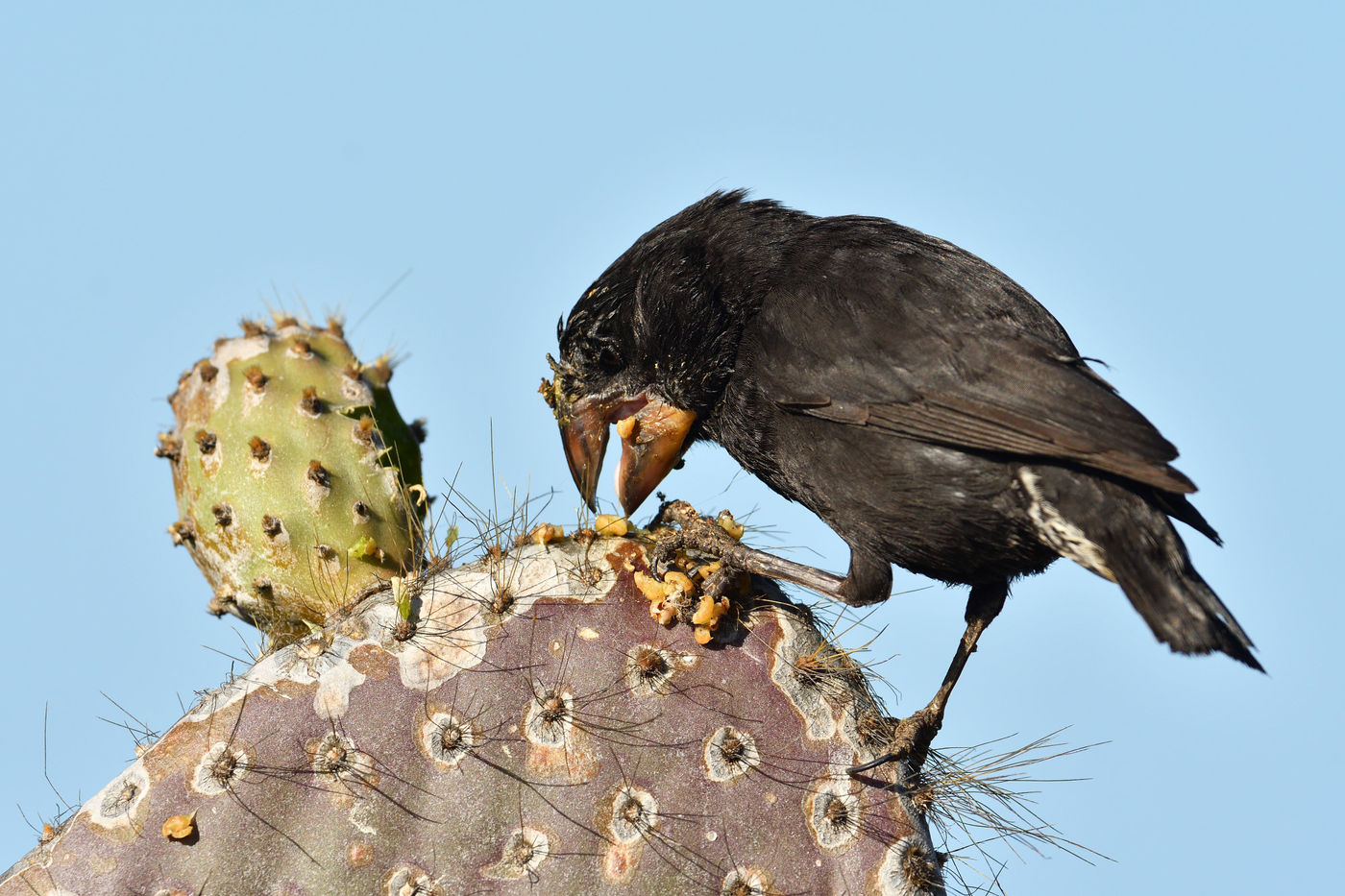
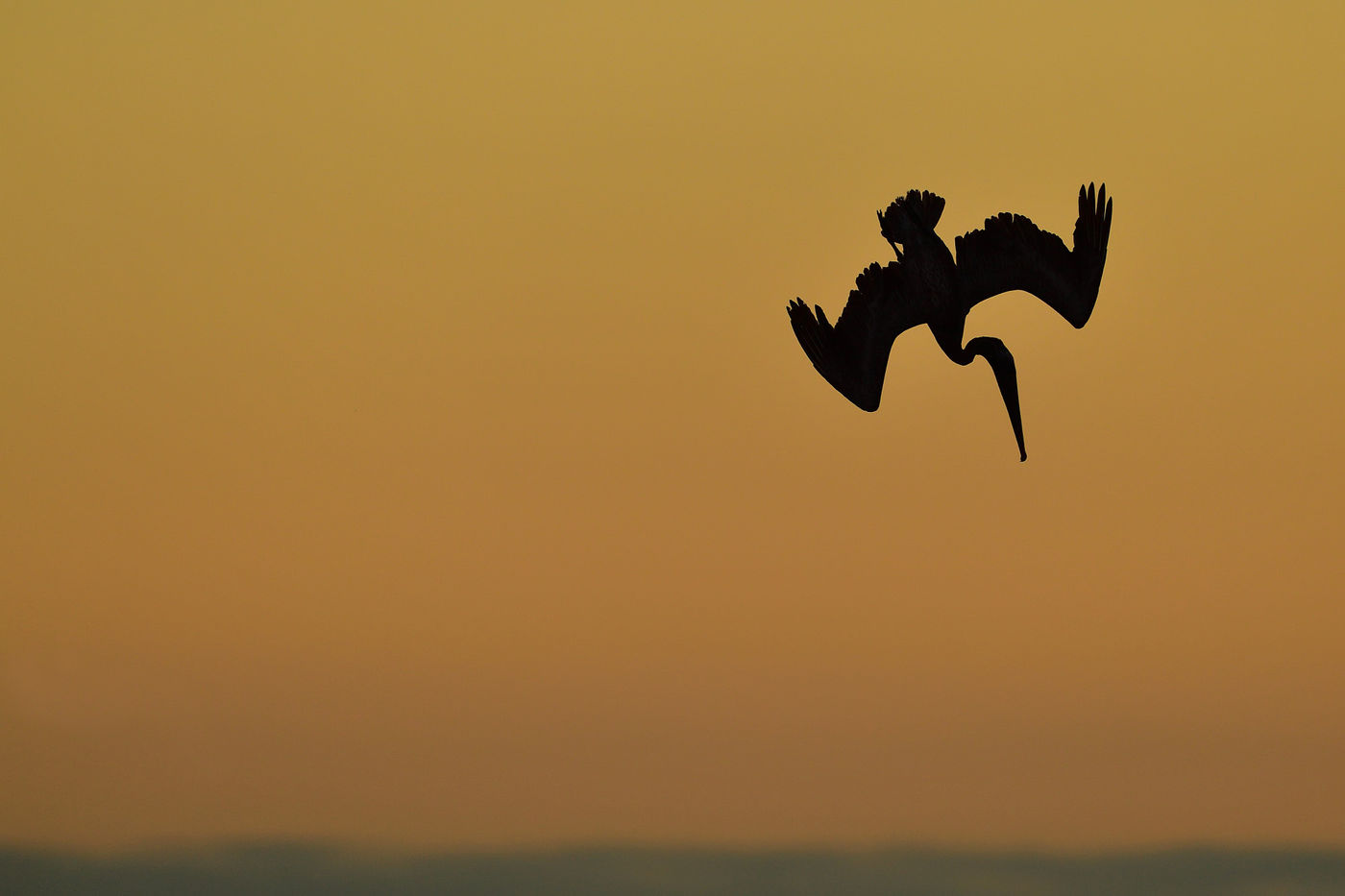


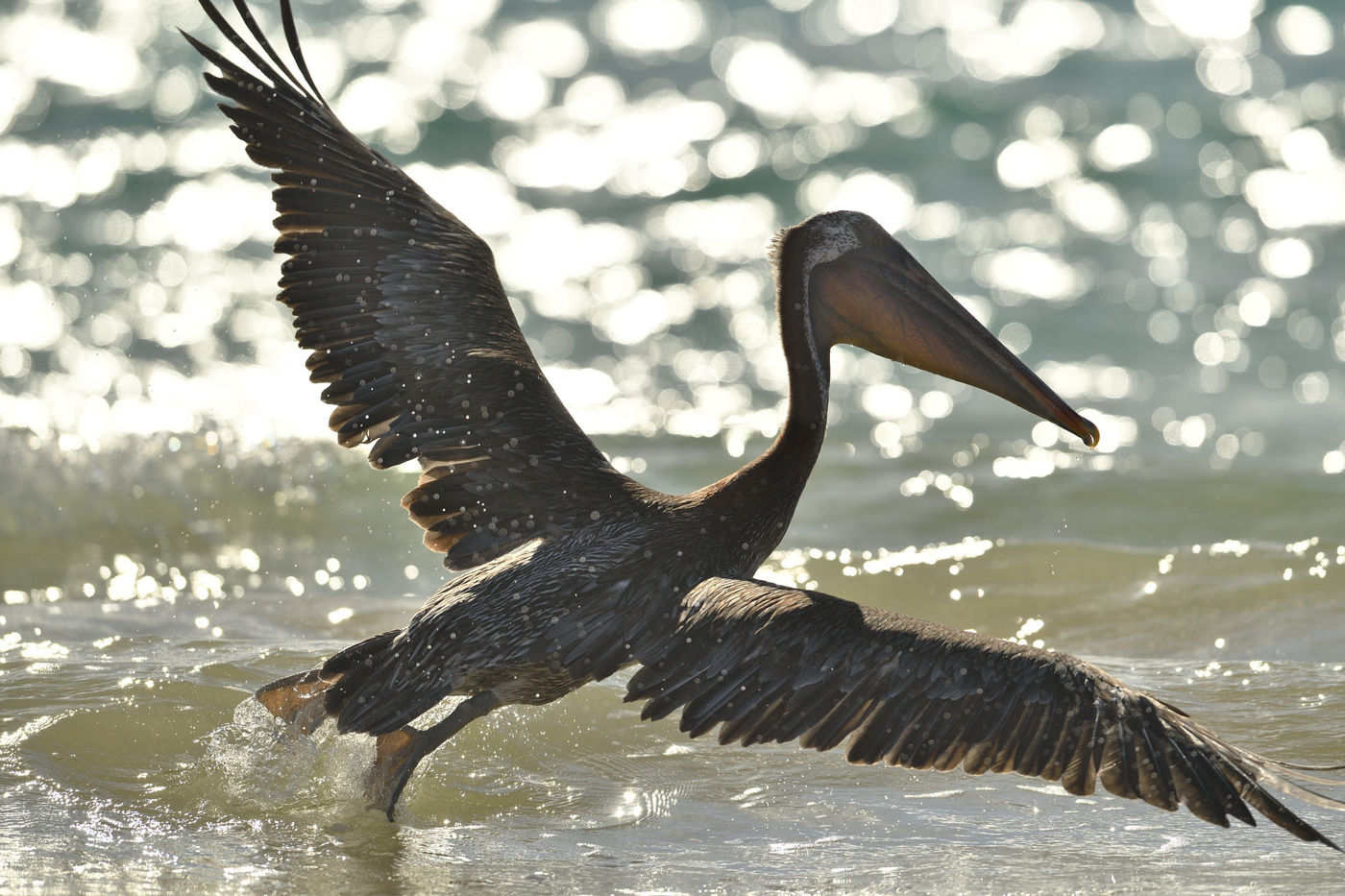
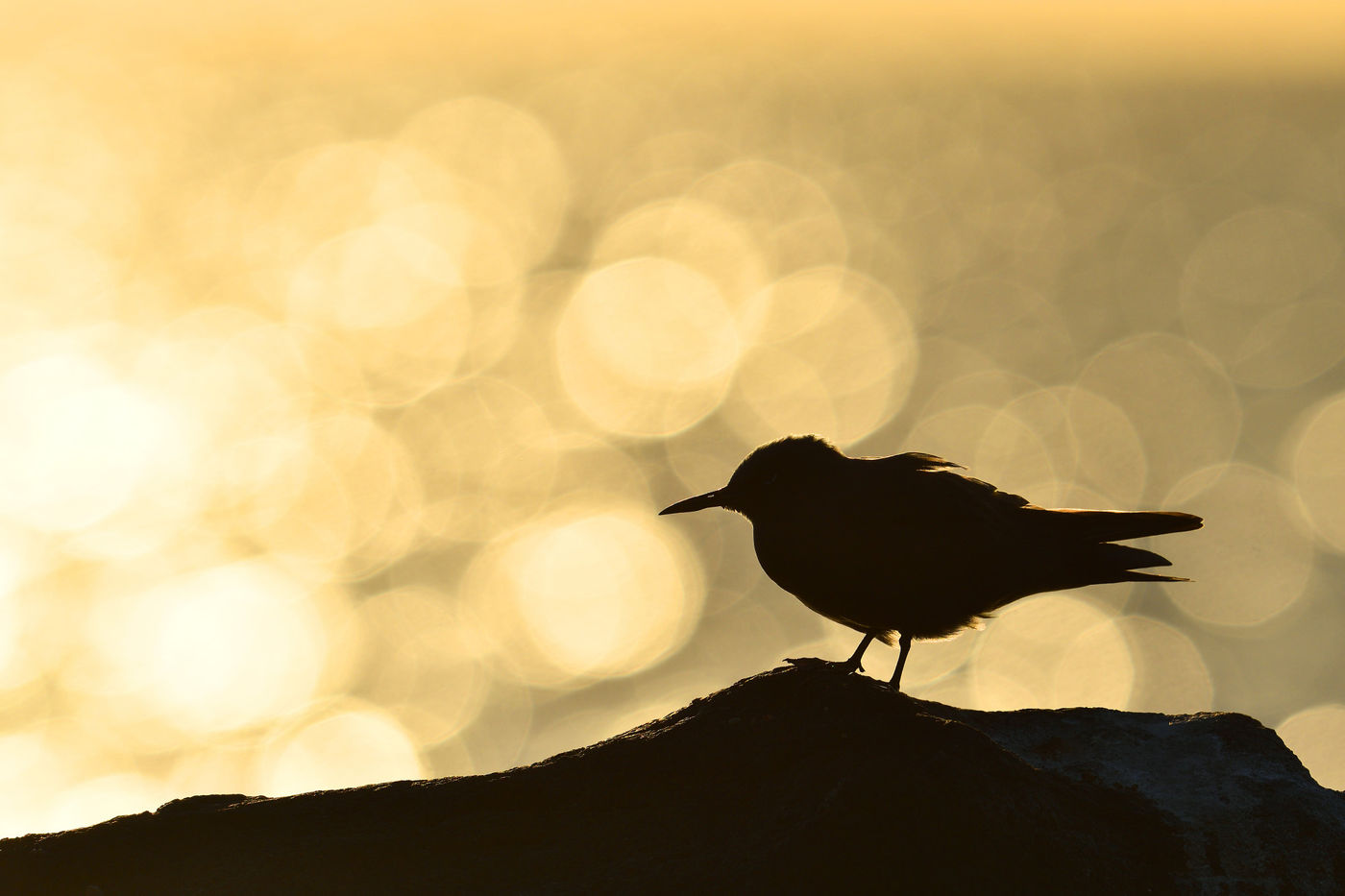
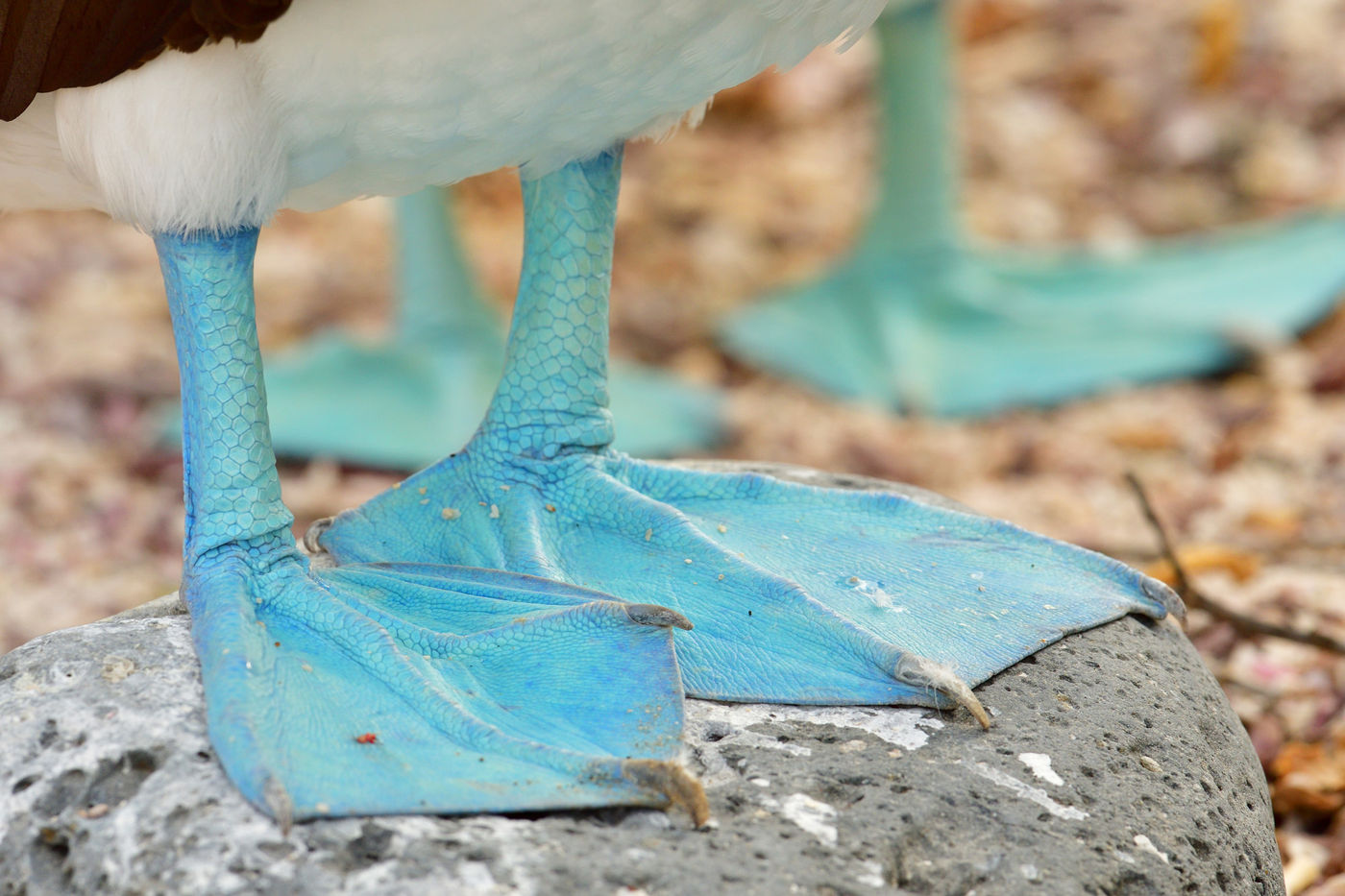
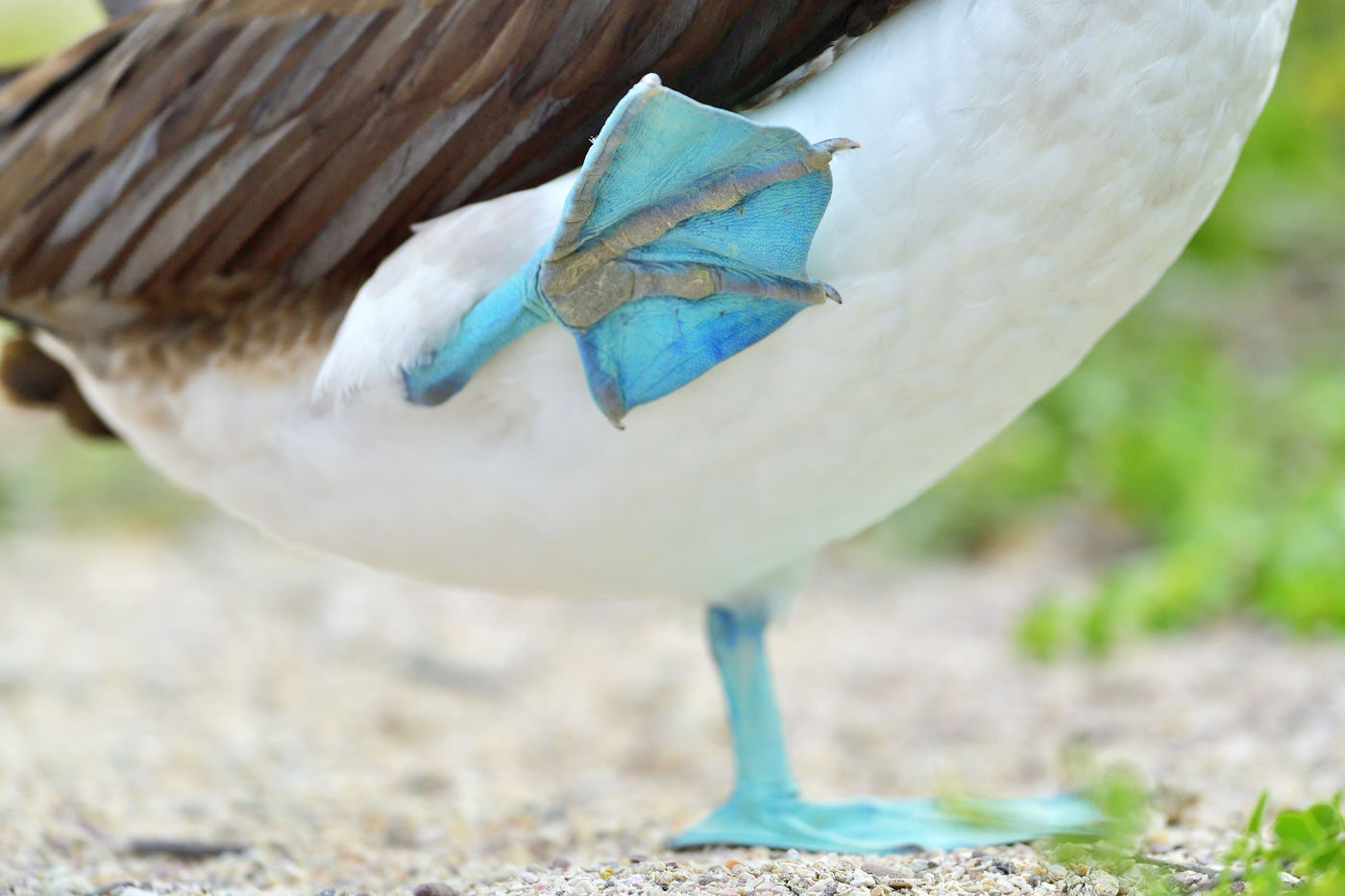
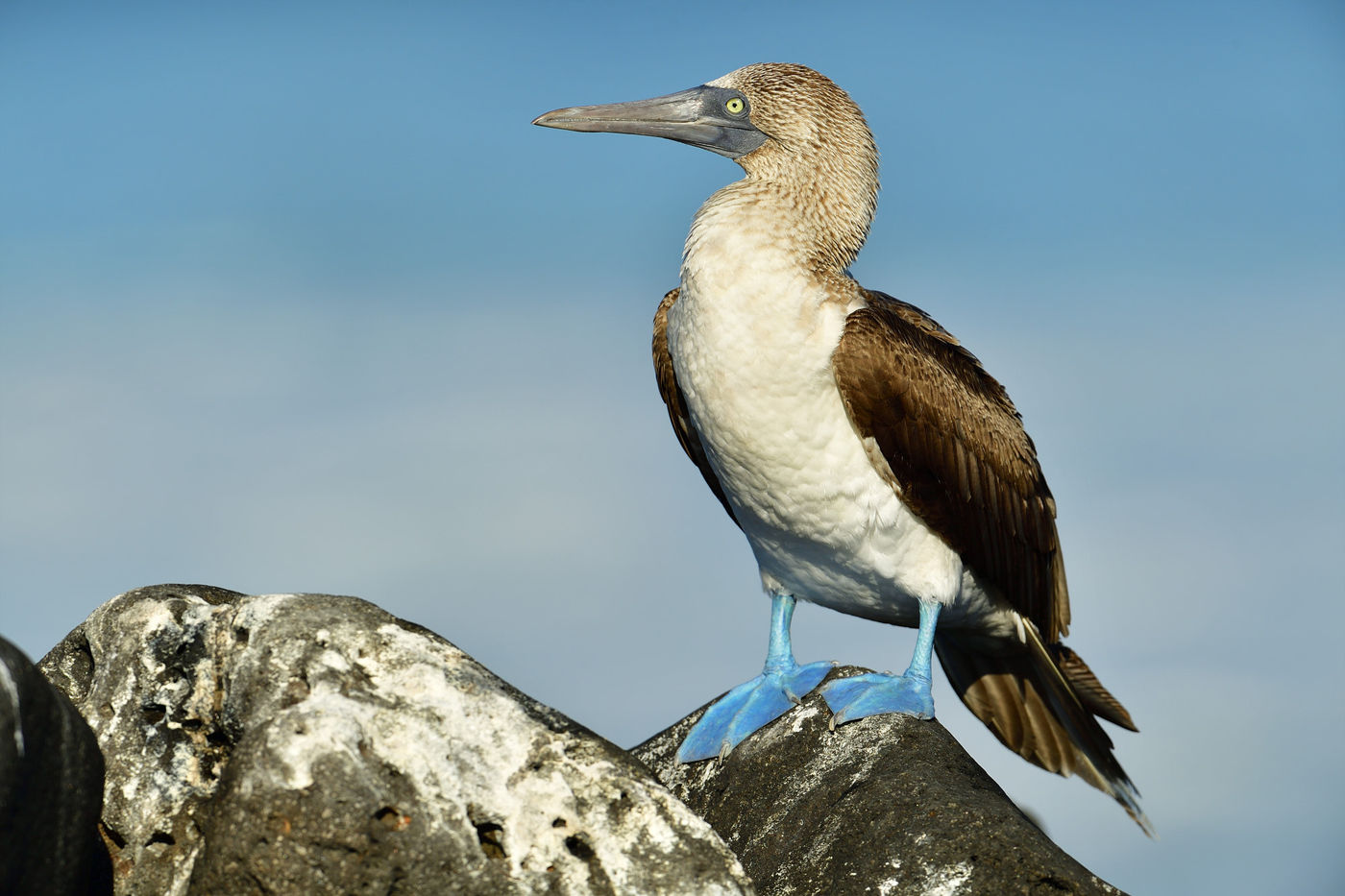
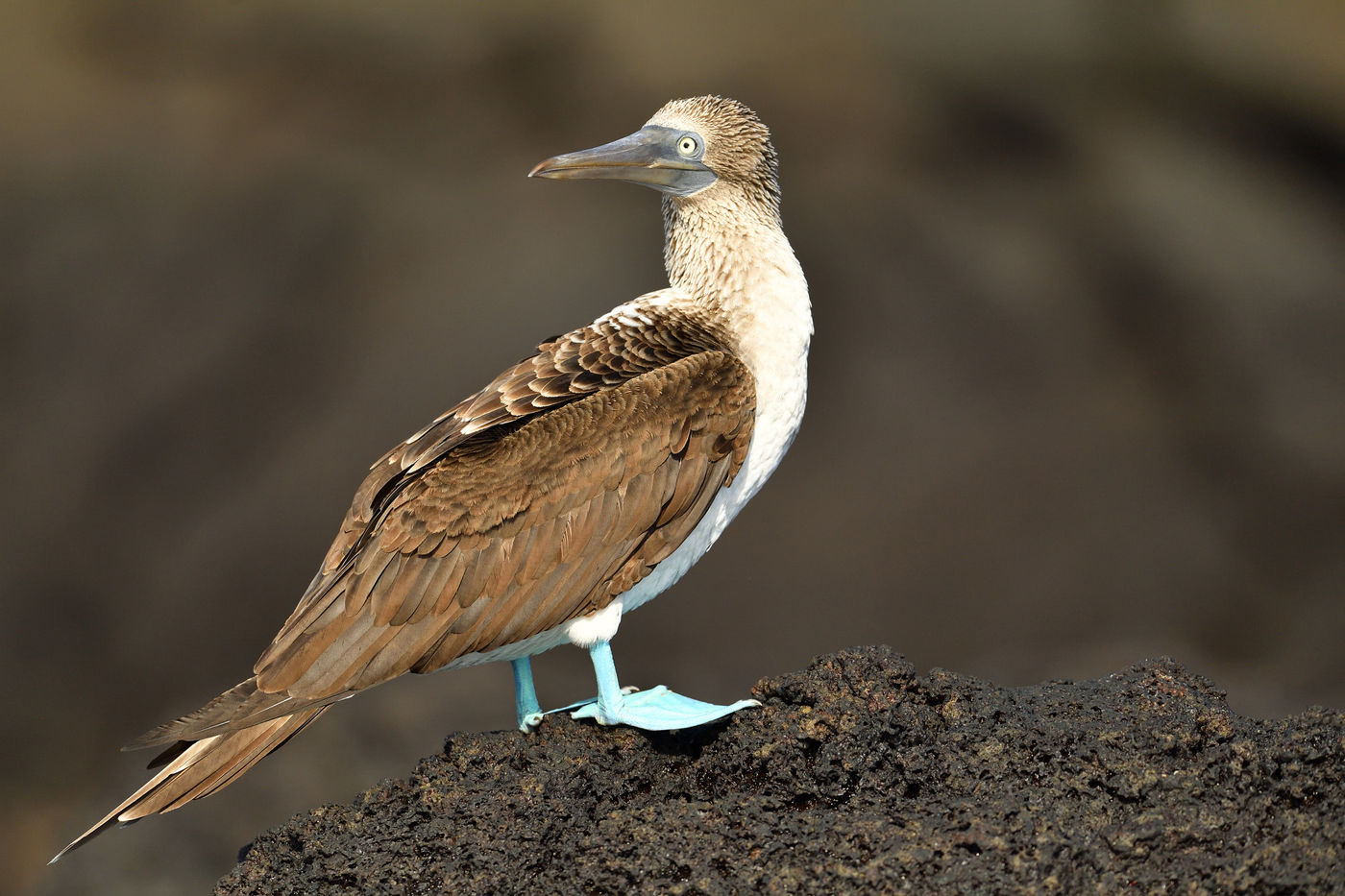
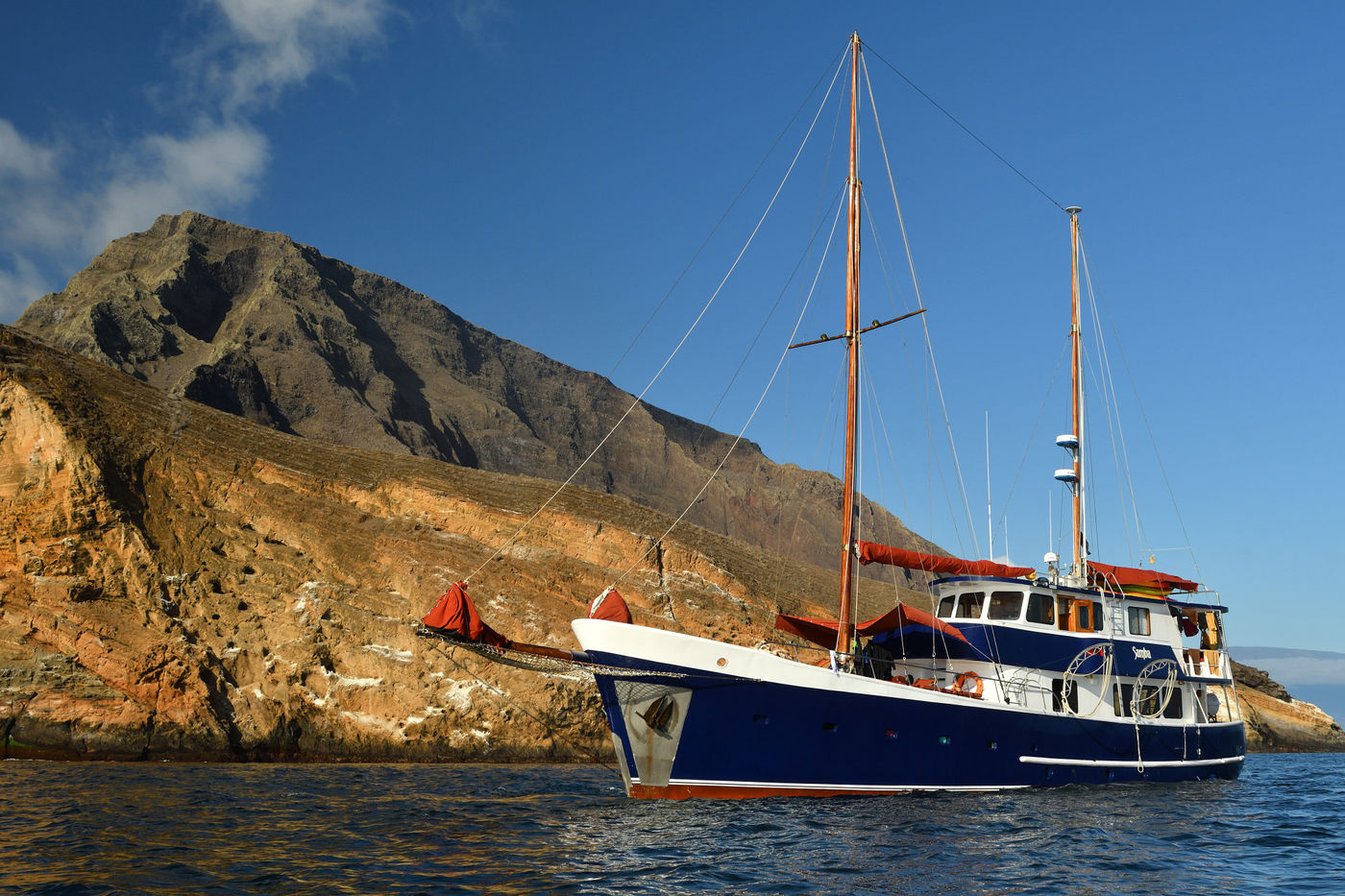
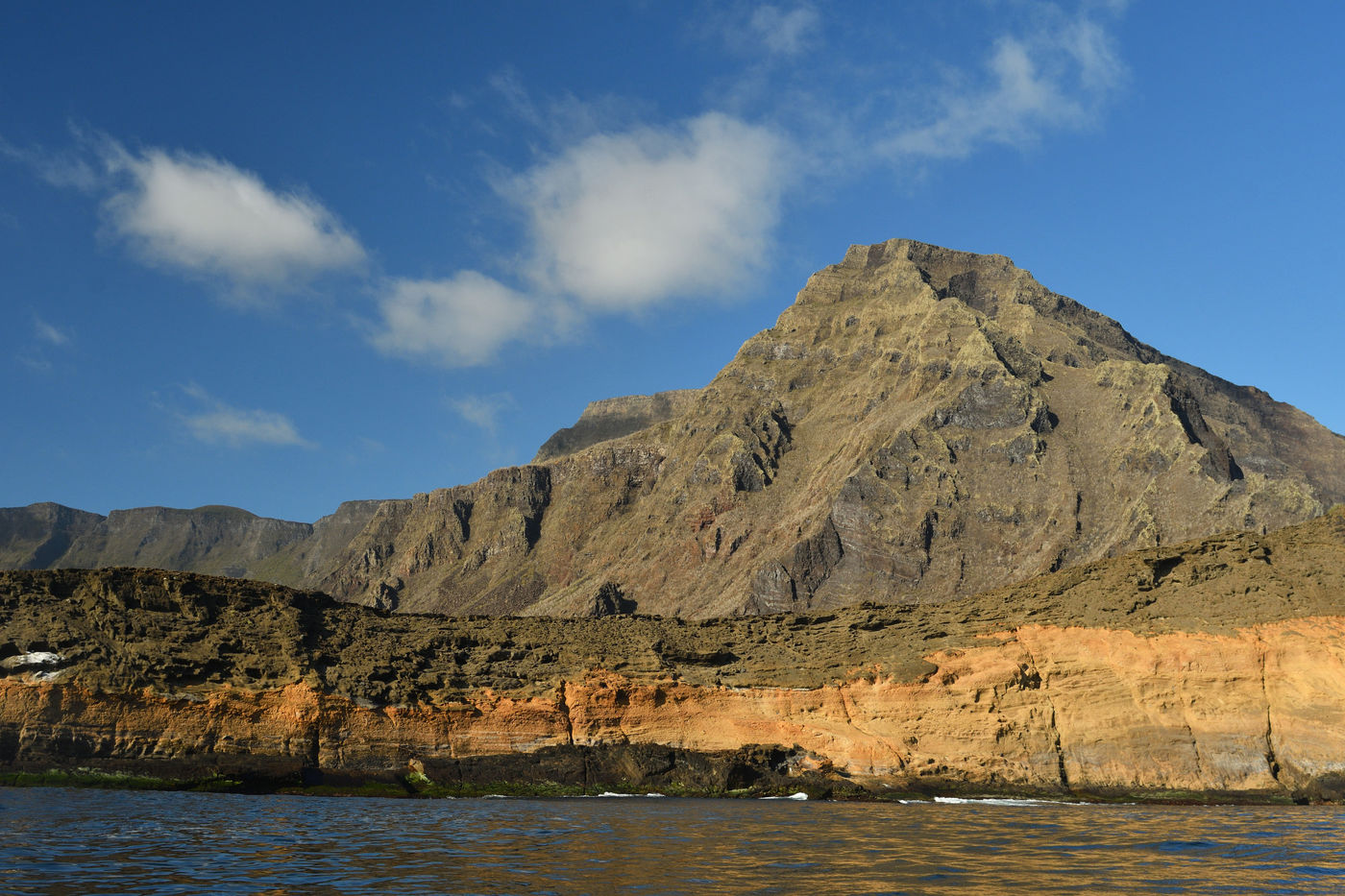
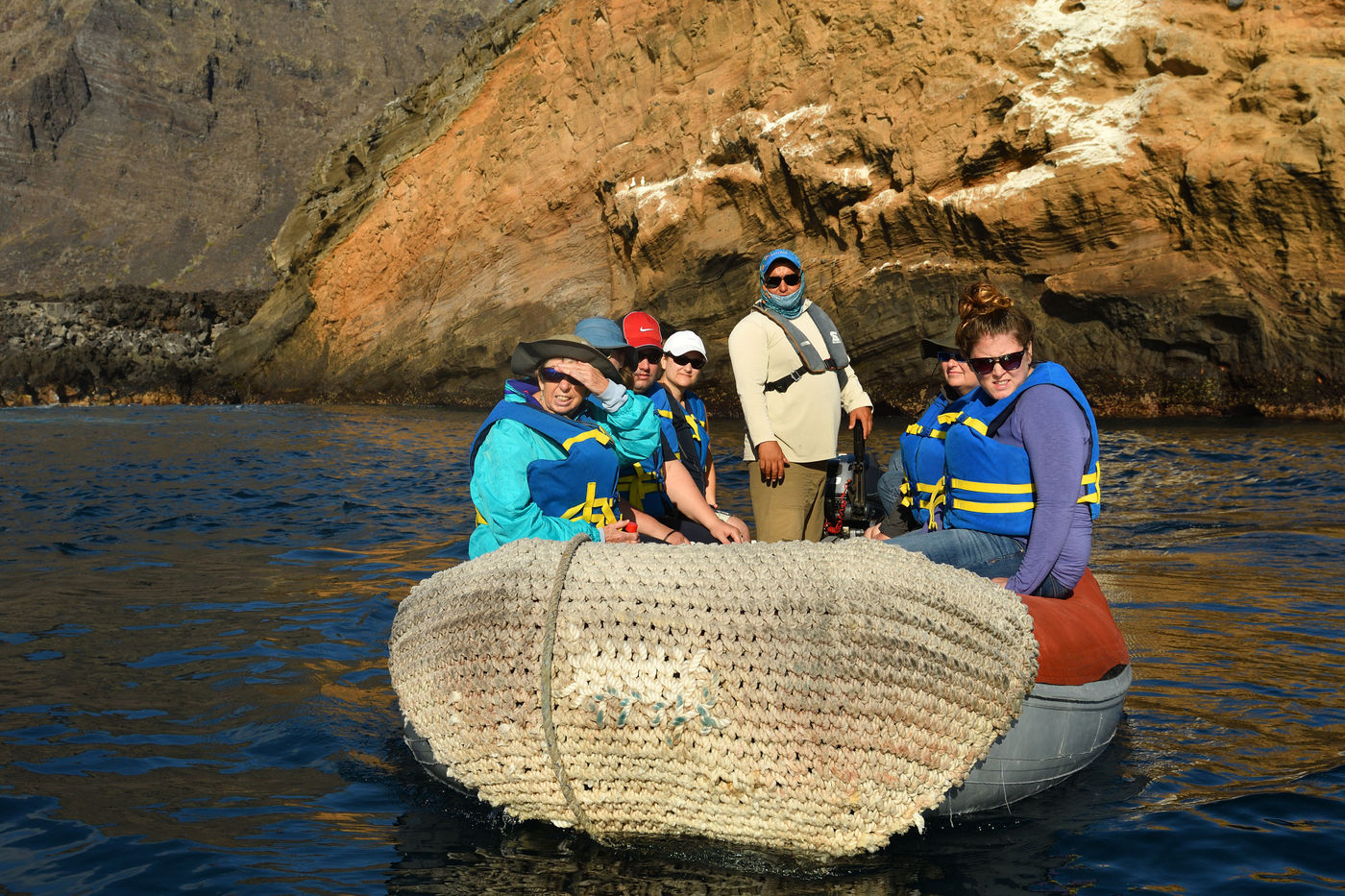
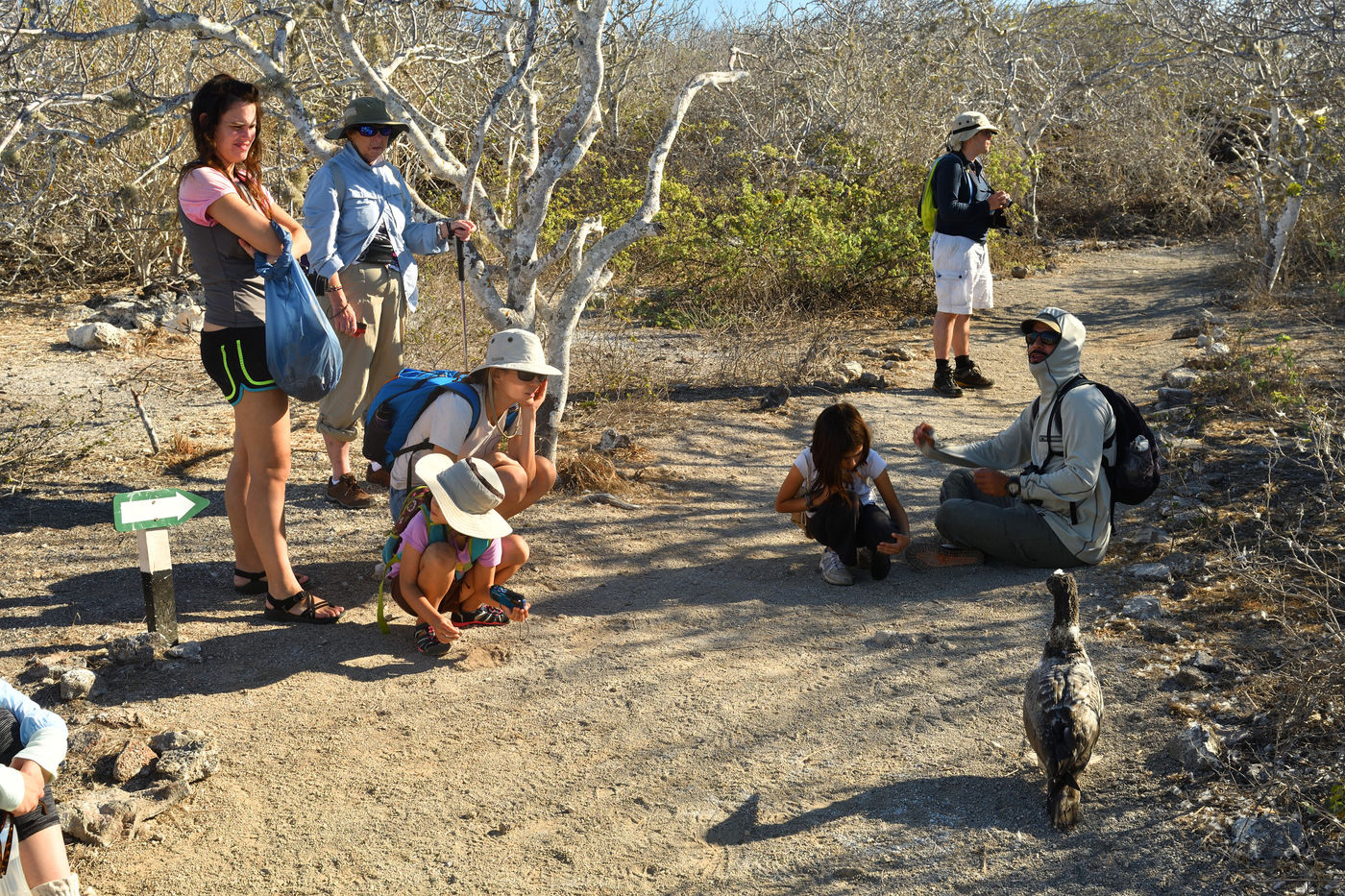
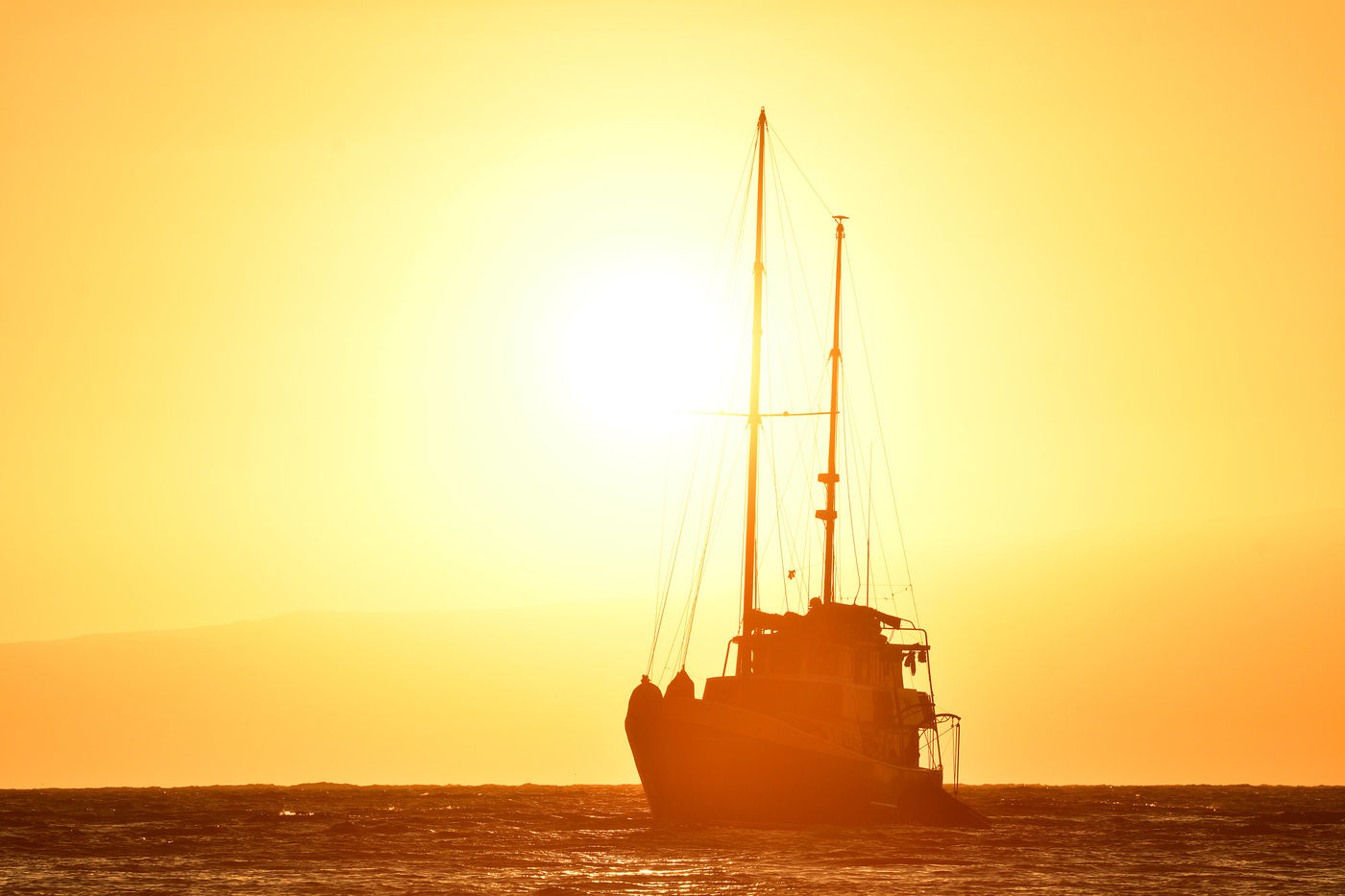
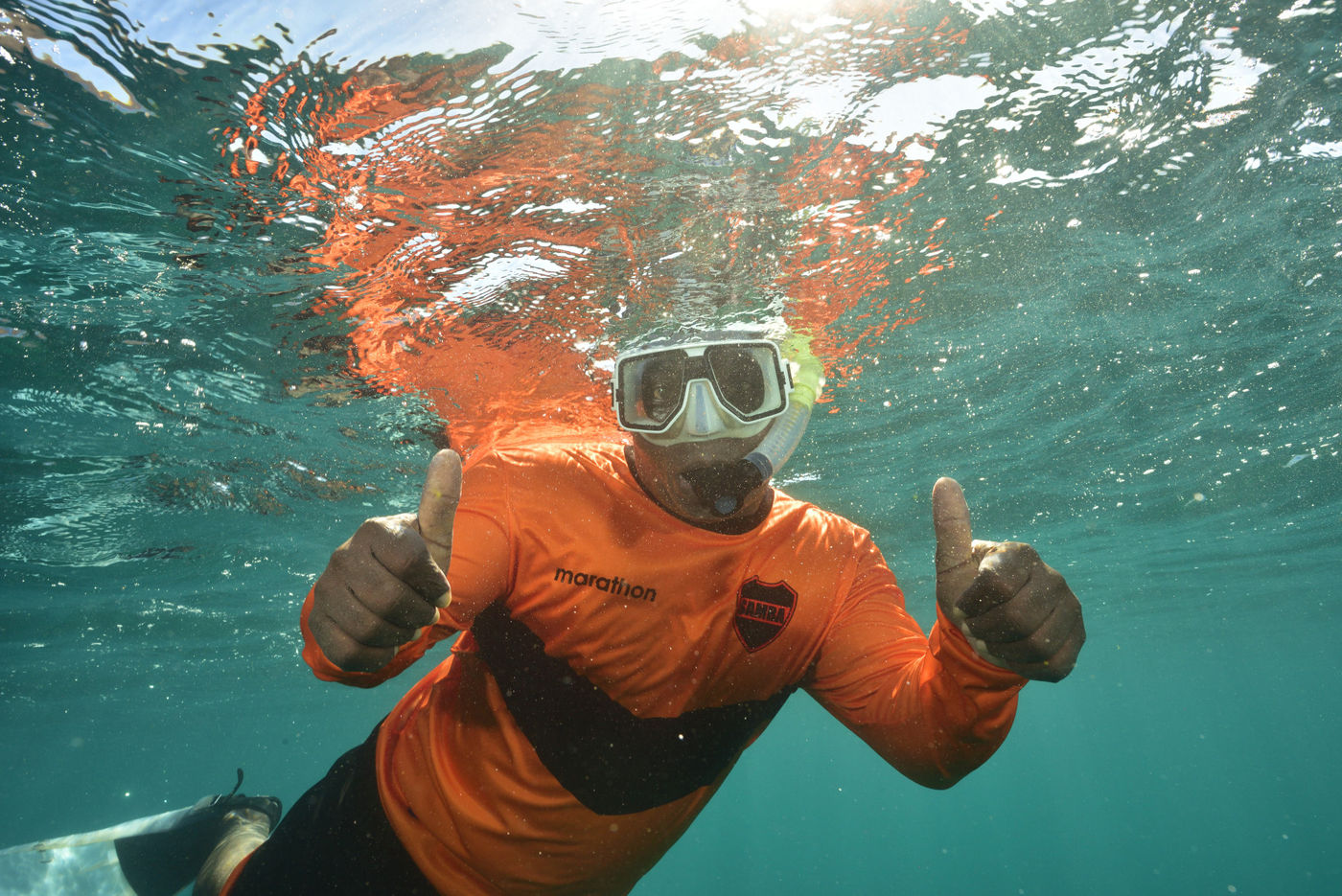
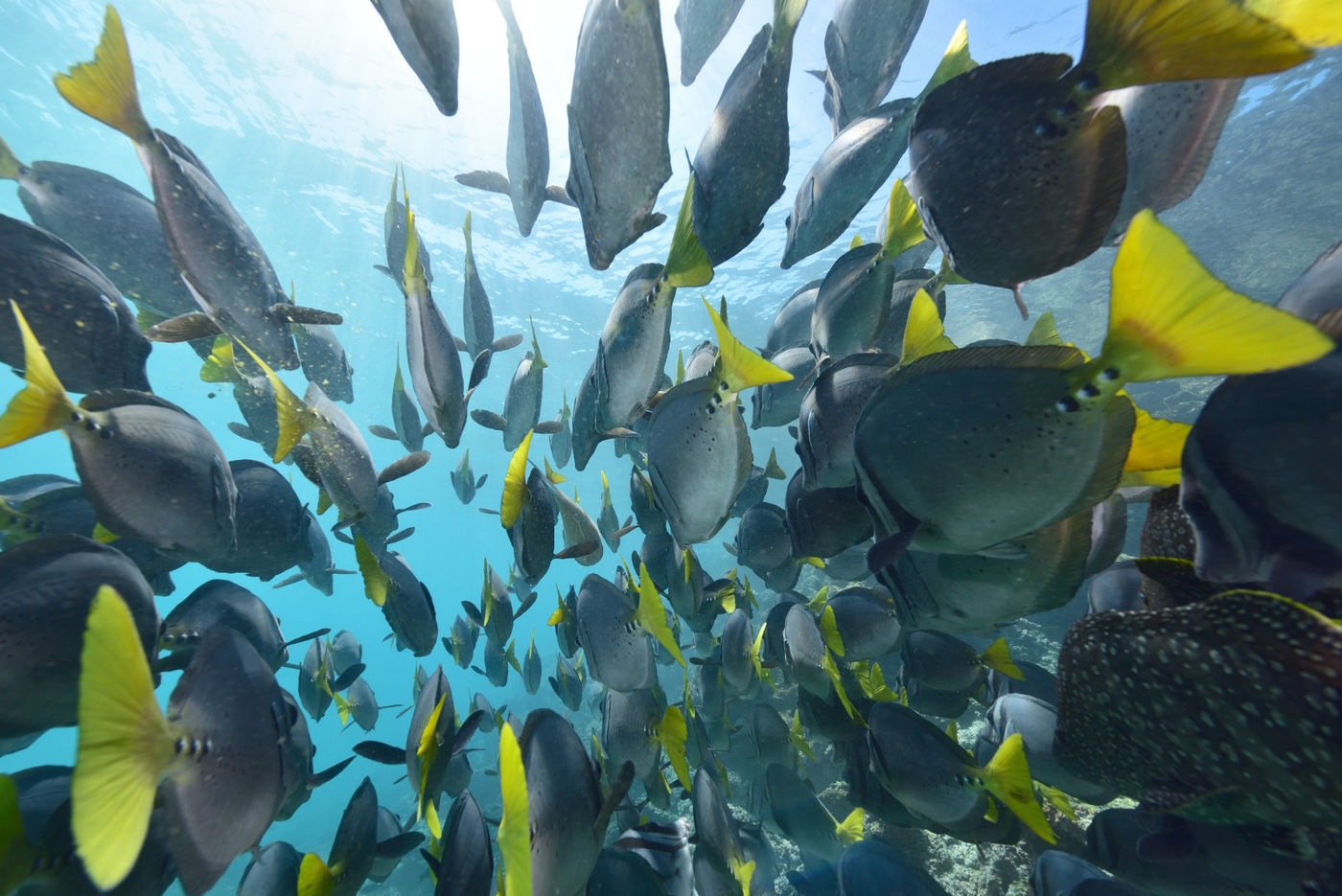
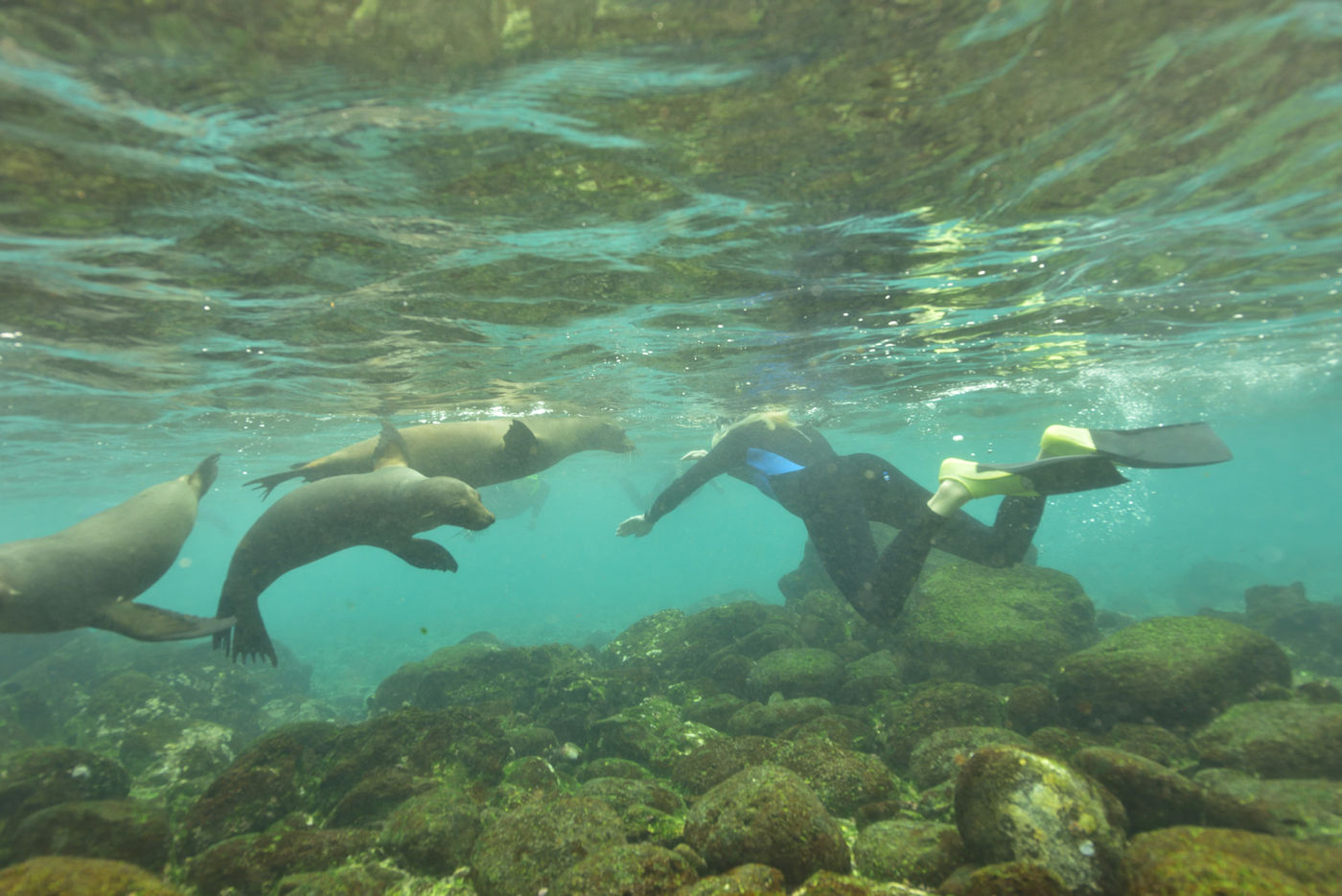
Photography and nature trip to the Galapagos Islands: Ferdnandina and Isabela
Sir David Attenborough had us sitting at the edge of our seats with his fabulous BBC documentaries on the Galapagos Islands: waved albatrosses, marine iguanas and flightless cormorants against a spectacular backdrop of volcanos, dramatic coast lines and various islands. Does this sound like music to your ears? Add a good dash of STARLING, knowledgeable guides and high-quality photography at the best locations of the archipelago, and this will – without a doubt – result in an unforgettable experience! Join us during this photography and nature tour to the Galapagos.
→ TO GUARANTEE THE BEST LANDINGS AND EXCURSIONS, SUBSCRIPTIONS NEED TO BE MADE BEFORE 31/01/2025.
Special history, unique climate
Geologically speaking, the Galapagos Islands are very young. They ‘only’ came into existence a few million years ago and were discovered by accident in 1535. A few hundreds of years later, Ecuador annexed the group of islands to their country. The Galapagos Islands became well known after Charles Darwin set foot on them in 1835 and stayed for many weeks researching the local wildlife and vegetation. Later on, he based his theory of evolution on the findings he had made whilst on the archipelago. It was due to the various Darwin finches that he was able to make the link between isolated island groups and the evolution which species go through.
The Galapagos Islands have a very hot and dry climate. It is a region of extremes: the Humboldt Current supplies cold and nutritious water which feeds an enormous eco system. This changes completely every 3 to 7 years. The ‘El Niño’ phenomenon brings in warm water and the sea currents change temporarily. Consequently, there will be a high mortality among fish and sea lions and sea birds will disappear. These extreme climate changes were the best setting for new species to come into existence. Pure theory of evolution!

A dream for landscape and nature photographers
The Galapagos Islands have a lot to offer for photographers and never disappoint. Impressive landscapes and spectacular plants and wildlife unite on this archipelago of which 95% has been designated as National Park and which has been protected by Ecuador since 1968. A measure which has been of paramount importance for the conservation of many unique species.
All this beauty will be served to us in all its glory thanks to the special amendments made to the ship we sail in. The deck was made more spacious in order to allow a maximum experience of nature at sea. The number of guests is kept low for the same reason. You need some freedom to move about at sea.
Crazy animal species
There are many wildlife species that live on the Galapagos Islands which you won’t find anywhere else in the world. For instance, the famous Galapagos iguana. His black skin colour heats up his body after a session of eating algae in the cold waters of the ocean. And then there is the iconic blue-footed booby, a pacific species of gannet, one of the symbols of this island group.
You will encounter one or more species of the famous Darwin finches on most of the islands. They are the ones that are best-known, but certainly not the only ones who differ so much. No less than 4 types of mockingbirds are part of the possibilities. And don’t forget the black lava gull. In short, a trip also birdwatchers will enjoy immensely and for which they should not hesitate to register.
In addition, other animals will provide us with lots of entertainment. There is the Galapagos giant tortoise, the largest species of tortoise in the world, which lives here. And we haven’t even mentioned the rich marine life around the island archipelago or the fact that we will certainly not get bored by the interesting vegetation either!

Our guides: top class photographers
As well as the STARLING guides, we can also call on the expertise of the very experienced local crew. The expedition leader is Juan Manuel Salcedo, who has been studying life on the archipelago for years and who obtained his Ecology diploma with Biology and Geology as specialities at Quito. He is perfectly familiar with the rules of this unique National Park. The area is very fragile and conservation must be monitored carefully. This way we are absolutely sure that we will be guided around the best-preserved island complex of the tropics in a correct way.

Prefer an extra long exploration?
On this photography and nature trip to the Galapagos, we will explore mainly the west side of the archipelago with Fernandina and Isabela. Would you also like to explore the other islands? You can! STARLING is organizing two consecutive trips to the Galapagos. Those who register for both trips and thus want to see and experience the entire Galapagos will receive a 5% discount on the total amount. An ultimate adventure!
What makes this photography and nature trip to the Galapagos so special?
- You will meet numerous wacky species that live nowhere else.
- You'll travel in a small group on a custom-equipped expedition ship, which we have all to ourselves.
- A local nature guide who knows the archipelago like the back of his hand also travels with us.
- A professional photo guide for the best results.

Get to know your tour guides
Is this photography trip to the Galapagos something for you?
- You always wanted to take part of a small expedition to this incredible destination.
- You are fascinated by the beautiful wildlife and want to learn how to creatively portray it.
- You have some patience and don’t mind waiting for the best moments.
- You are looking for a trip where you can combine relaxing with photography (so partners are welcome!).
Planning is key
Itinerary & Locations
We recommend leaving well in advance with a short stopover in Quito (20/10 – 21/10). This is to get some rest and to build in margin. Flights and extra nights are not included in the price.
At the Baltra airport, we are met by our local guide, Juan Manuel. He takes care of all the formalities with us and drives us to the port, where we board our ship, the Samba.
In the afternoon we sail to Mosquera, where the numerous Galapagos sea lions, sally lightfoot crabs and various shorebirds make it clear to us that we have reached our destination.
Darwin Bay is home to a gigantic colony of tropical seabirds, many of which breed on the island. Frigatebirds, red-footed boobies, nazca boobies, swallow-tailed gulls, tropicbirds and many other pelagic species dazzle our senses.
After lunch, we climb Prince Philip’s Steps to about 30 meters above sea level, where we are greeted by the elegant red-billed tropicbird and the acrobatic Galapagos shearwater. Emerging from the Palo Santo forest, we discover thousands of petrels and may also see a short-eared owl, which hunts these birds during the day.
While other boats head south, the Samba is the only one sailing west-northwest for snorkeling, kayaking and dinghy sailing along the magical coasts of Marchena. The only sound is the waves and the distant call of sea lions.
In the afternoon the boat goes to Playa Negra. We snorkel around the lava caves where marine iguanas look for algae. Then we set a course west for 5 to 6 hours, towards deep waters and the Cromwell current, where whales and dolphins are regularly spotted.
Punta Albermarle is the world’s only nesting site for the endemic Galapagos cormorant and is also home to the islands’ largest marine iguanas.
In the afternoon we discover the geological diversity of Punta Vicente Roca while walking along the many tuff cones and thick layers of lava. We see the Galapagos penguin, noddies, blue-footed boobies and other fascinating sea creatures and explore the marine life with the snorkel.
Punta Espinoza bruist van het leven, met talloze zeeleguanen en zeeleeuwen, Galapagosaalscholvers, dwergpinguïns, Sally lightfoot krabben en nog zoveel meer. De Galapagosbuizerd jaagt bedrijvig, terwijl wij snorkelen tussen de zeeschildpadden om ons te verfrissen na onze vulkaanwandeling.
In de namiddag bewonderen we de grote leguanen van Urbina Bay.
Elizabeth Bay is the only place in the world where you can find tropical mangrove forest and penguins in combination. We also look for spotted eagle rays, sea turtles and many tropical fish species.
In the afternoon we enjoy the many cacti that adorn the volcano landscape on Punta Moreno and discover stunningly beautiful oases. The brackish waters attract beautiful birds such as flamingos, gallinulas, black-winged stilts and Galapagos purple swallows.
We visit the hills of Floreana and climb Cerro Alieri to enjoy a breathtaking panorama.
In the afternoon we sail to one of the most beautiful snorkeling spots in the Galapagos: Devils Crown. In the evening we have dinner at Academy Bay.
The highlands of Santa Cruz, at about 550 meters, give us the chance to admire the jungle of the Galapagos. Around the crater you will find many Darwin’s finches, mocking birds, red tyrants and a rich diversity of native plants.
Then we return to Baltra airport. Goodbye, Galapagos!
We return home on 28/10 and arrive on 29/10. Additional overnight stays and flights are not included.
Photography and nature trip to the Galapagos Islands: Ferdnandina and Isabela
- insurance guarantee fund
- specialized local guides
- enthousiast guiding by professional STARLING photographer
- enthousiast guiding by STARLING tour guide(s)
- all transport at site
- all nights
- all meals
- all excursions and entrance tickets for parks
- all drinking water
- all boat tours
- personal expenses
- visa fees (if applicable)
- national flights and airport taxes
- international flights and airport taxes
- tips for local collaborators (horeca, hotel,...)
- extra nights
- alcoholic beverages and soda




